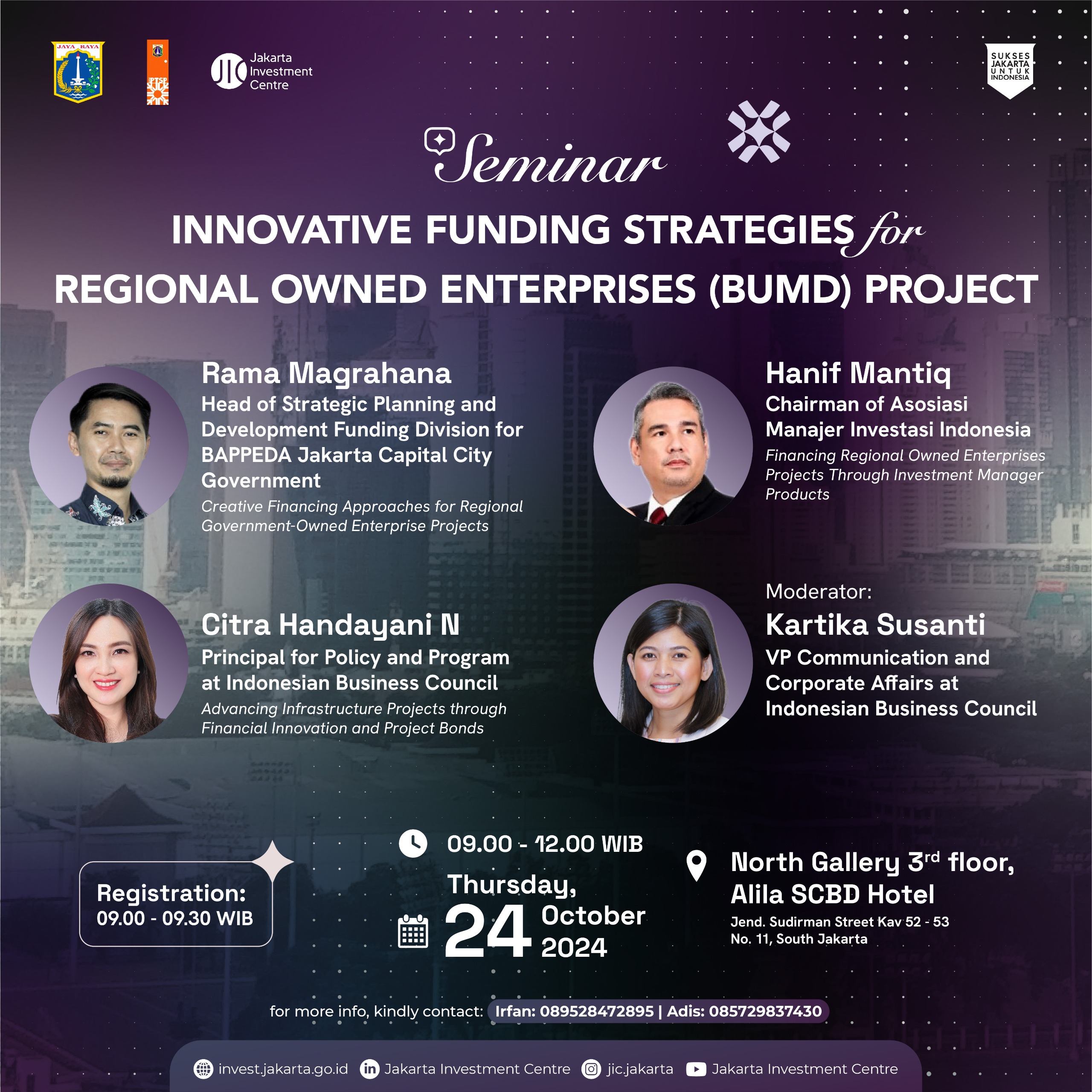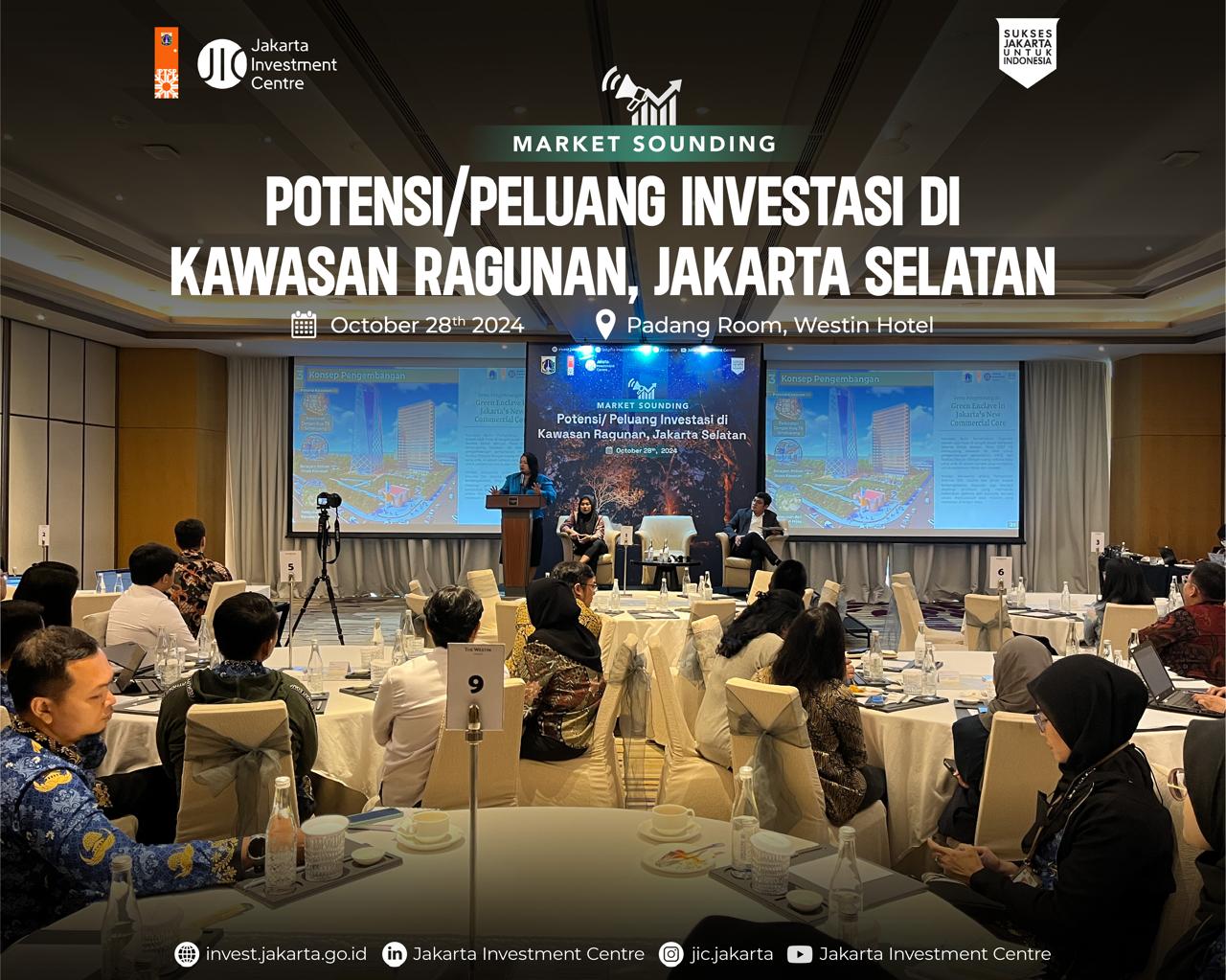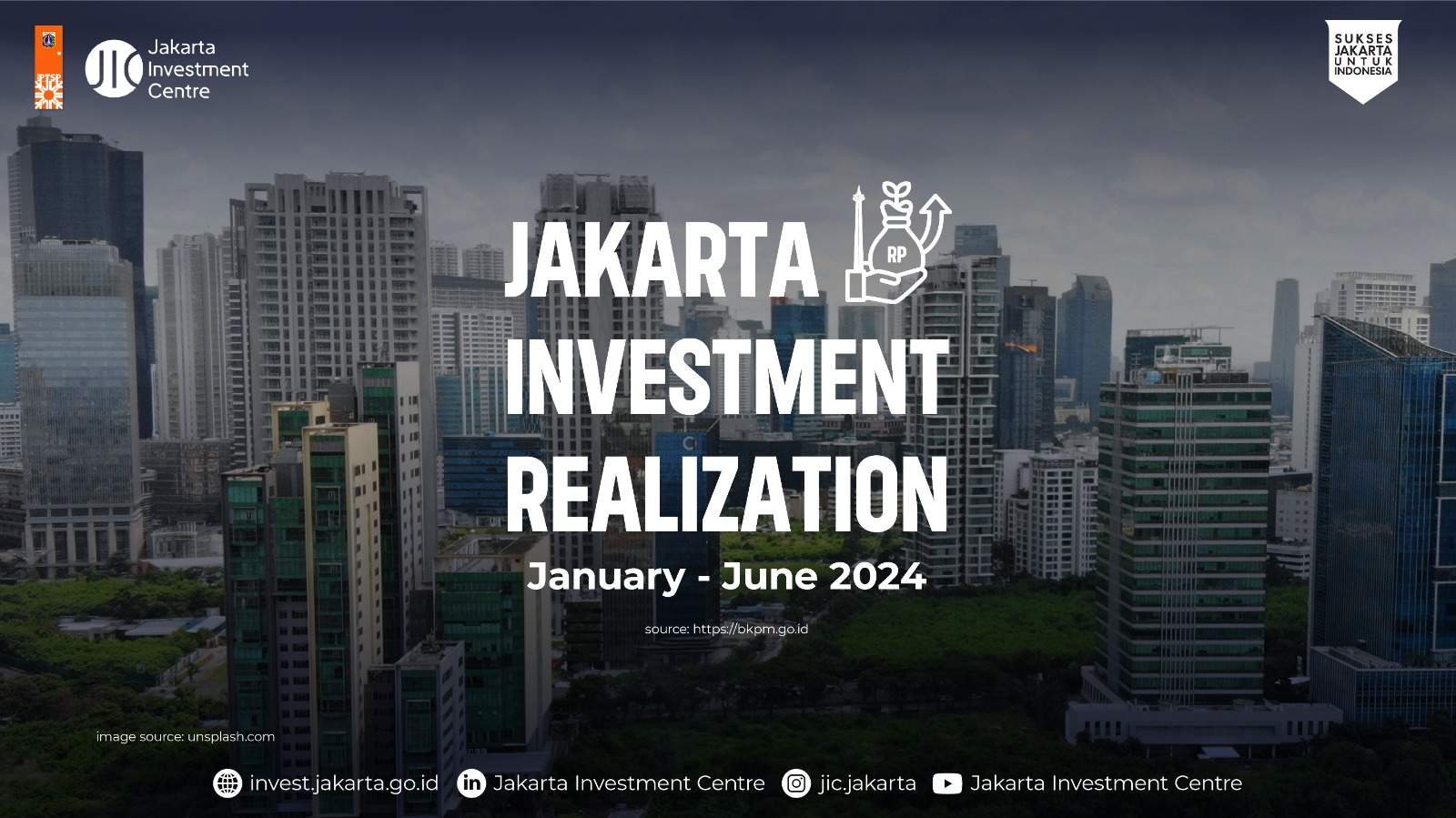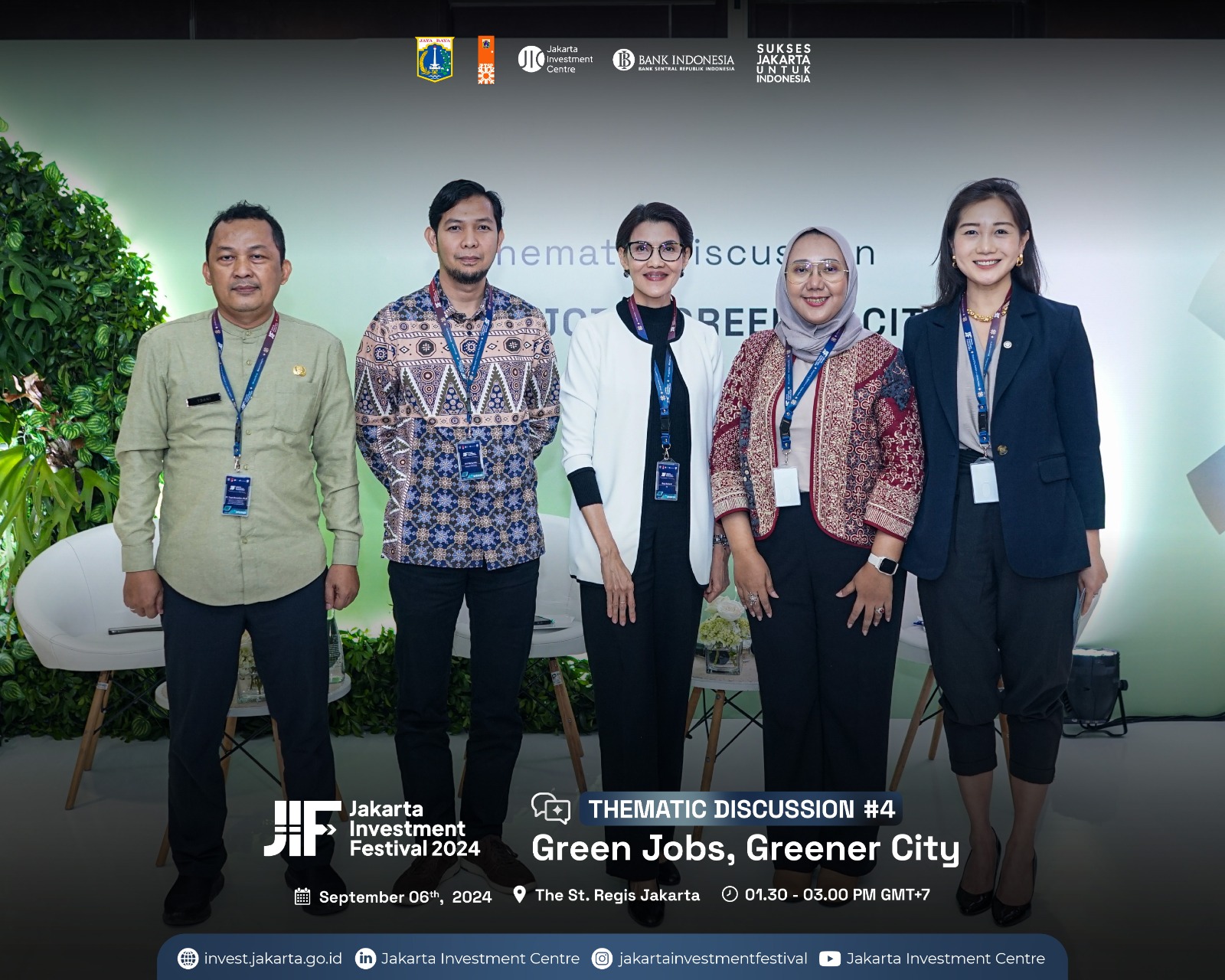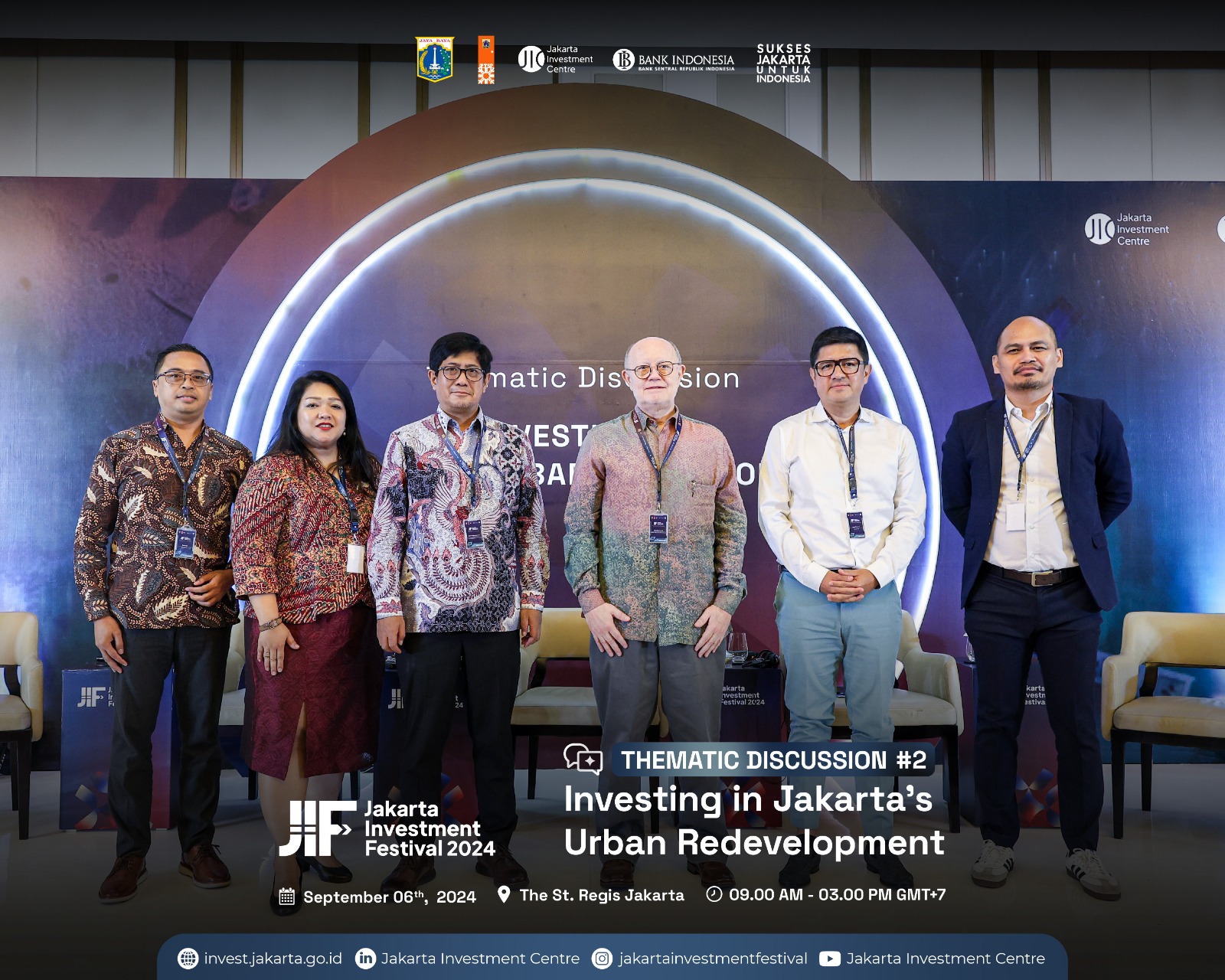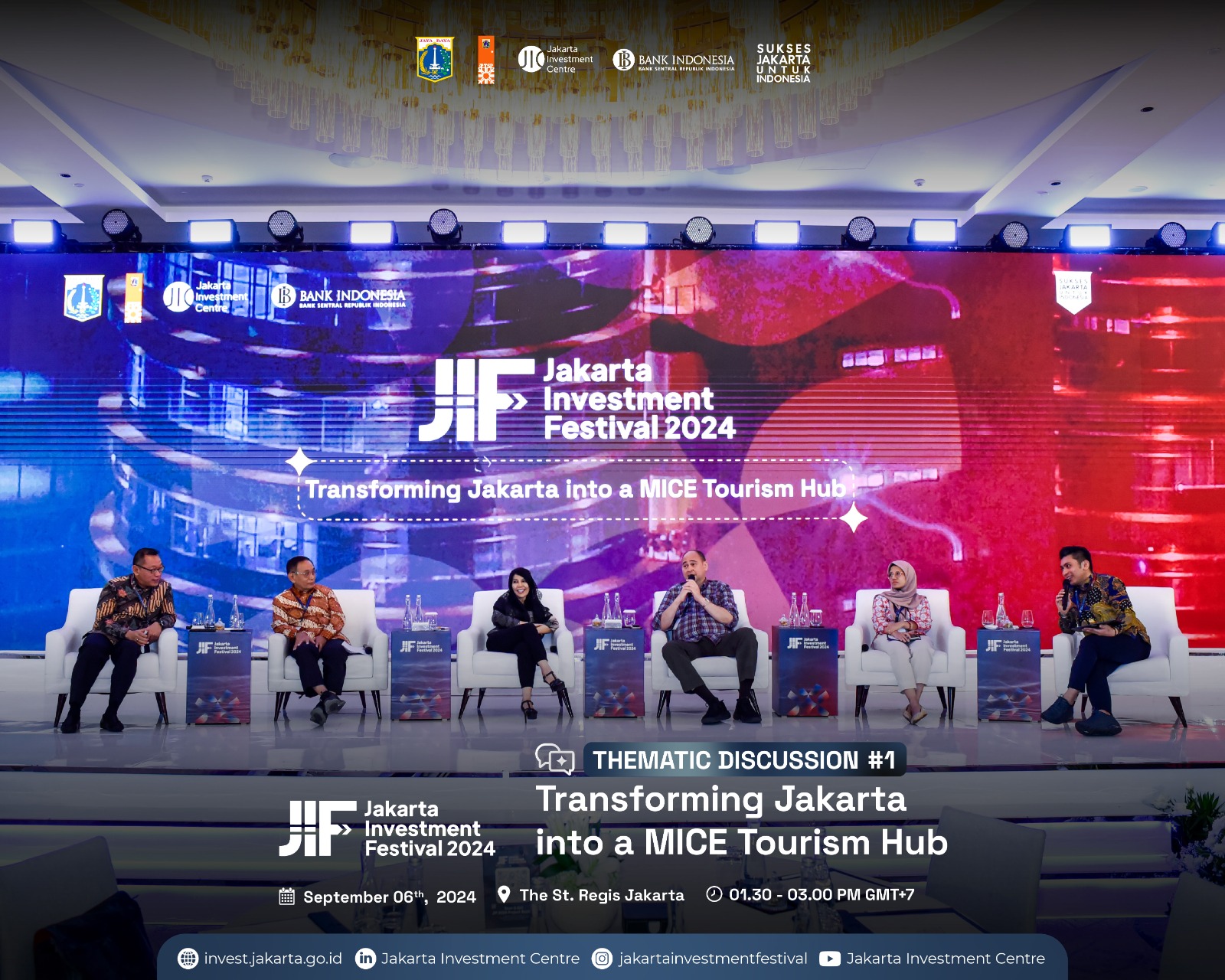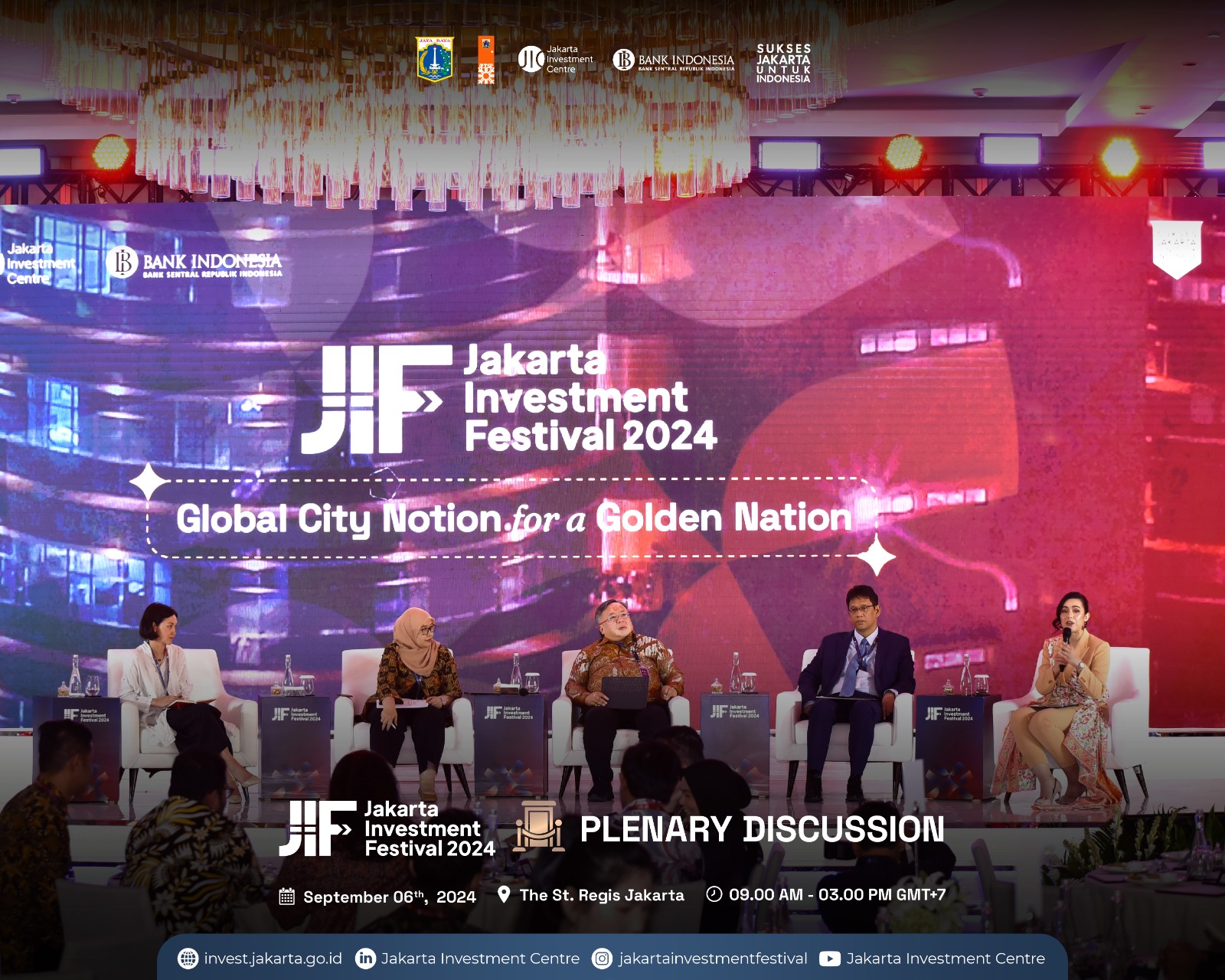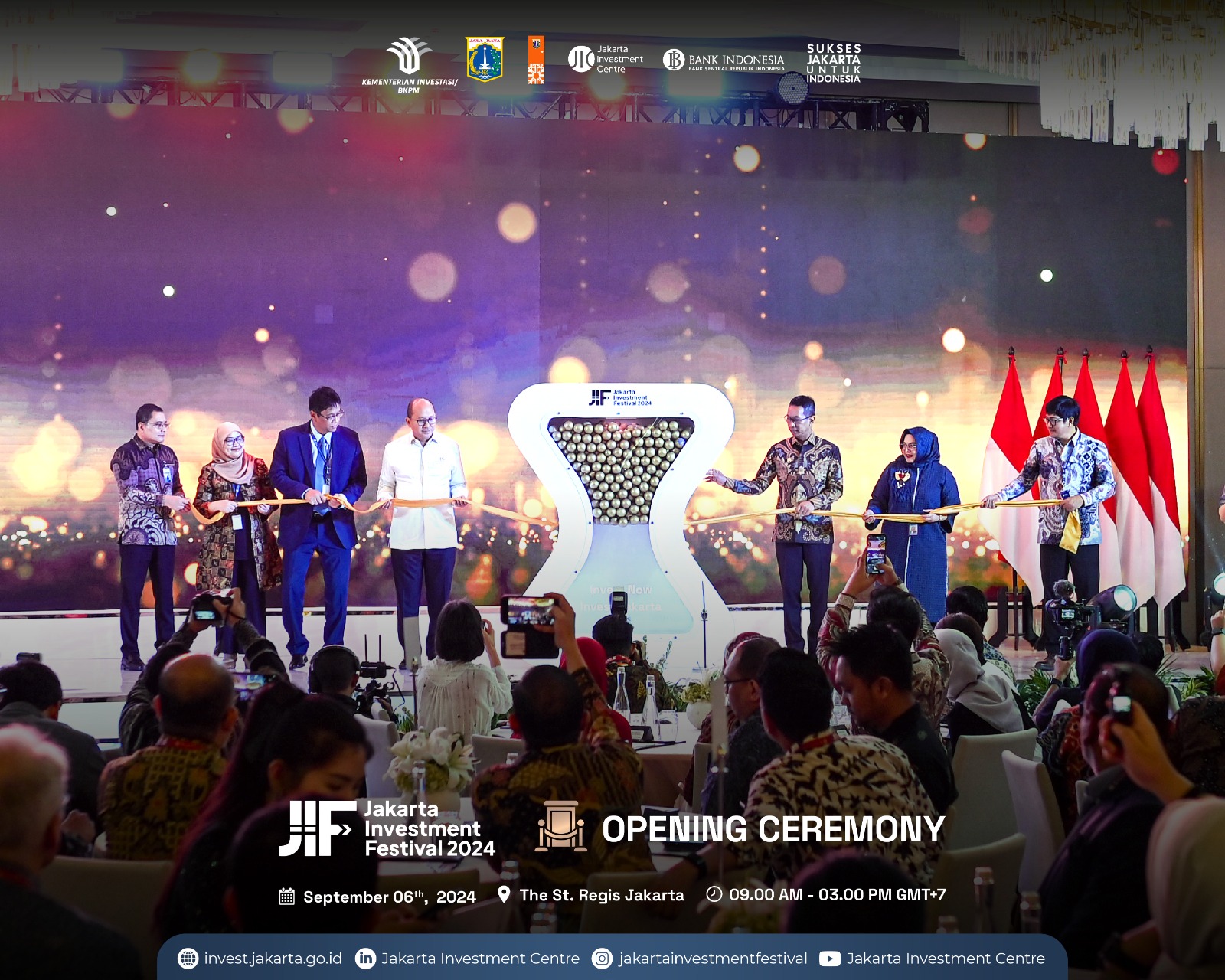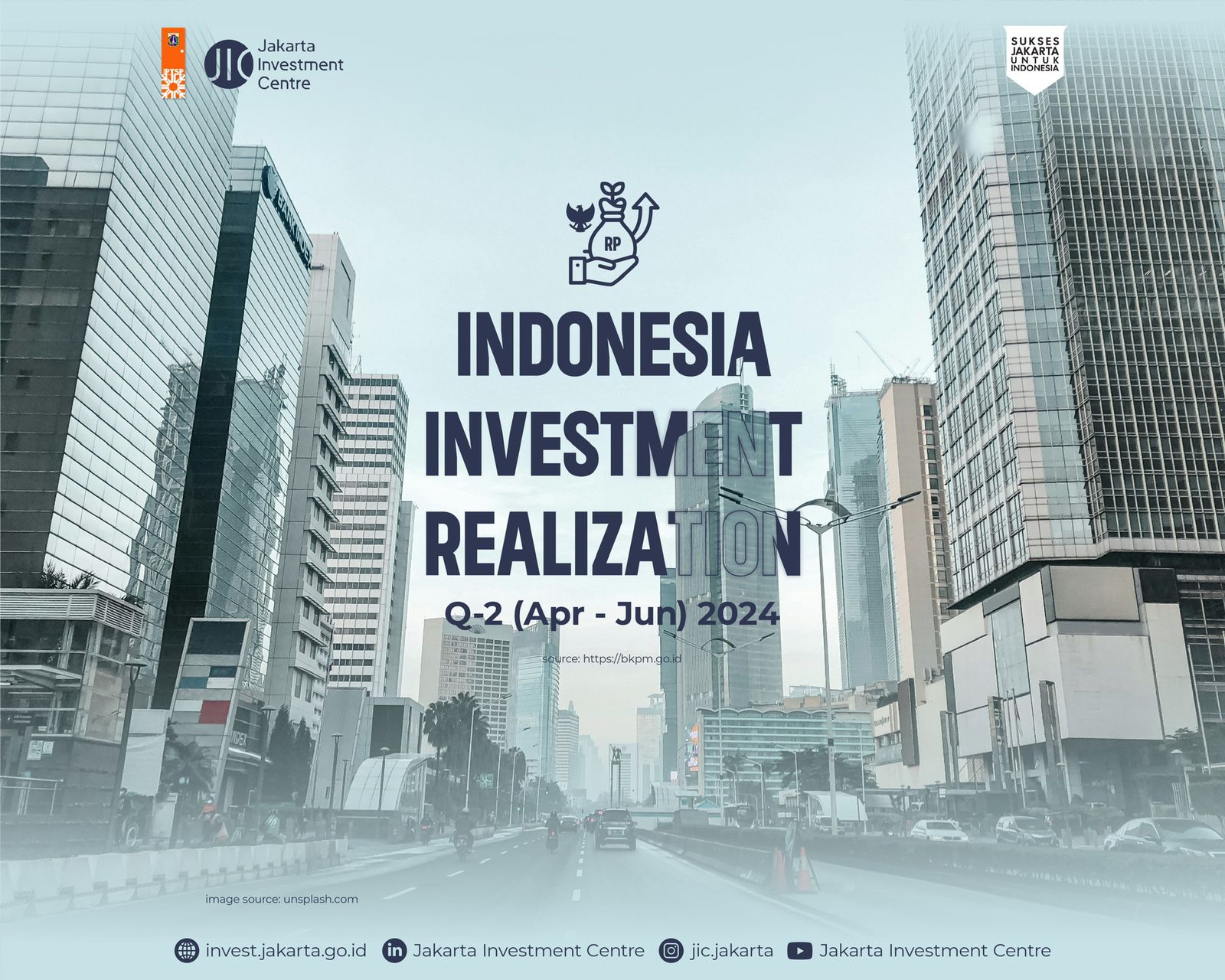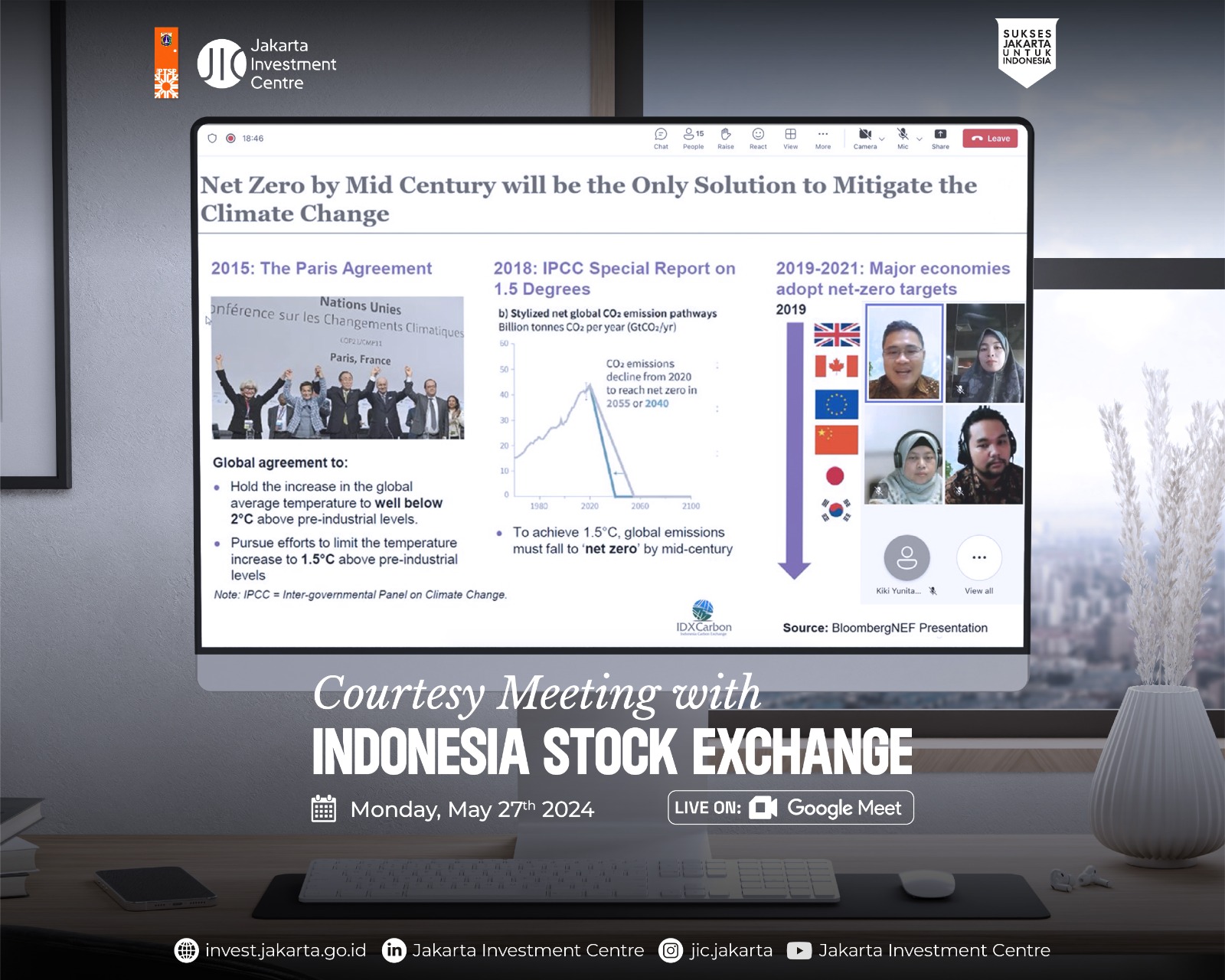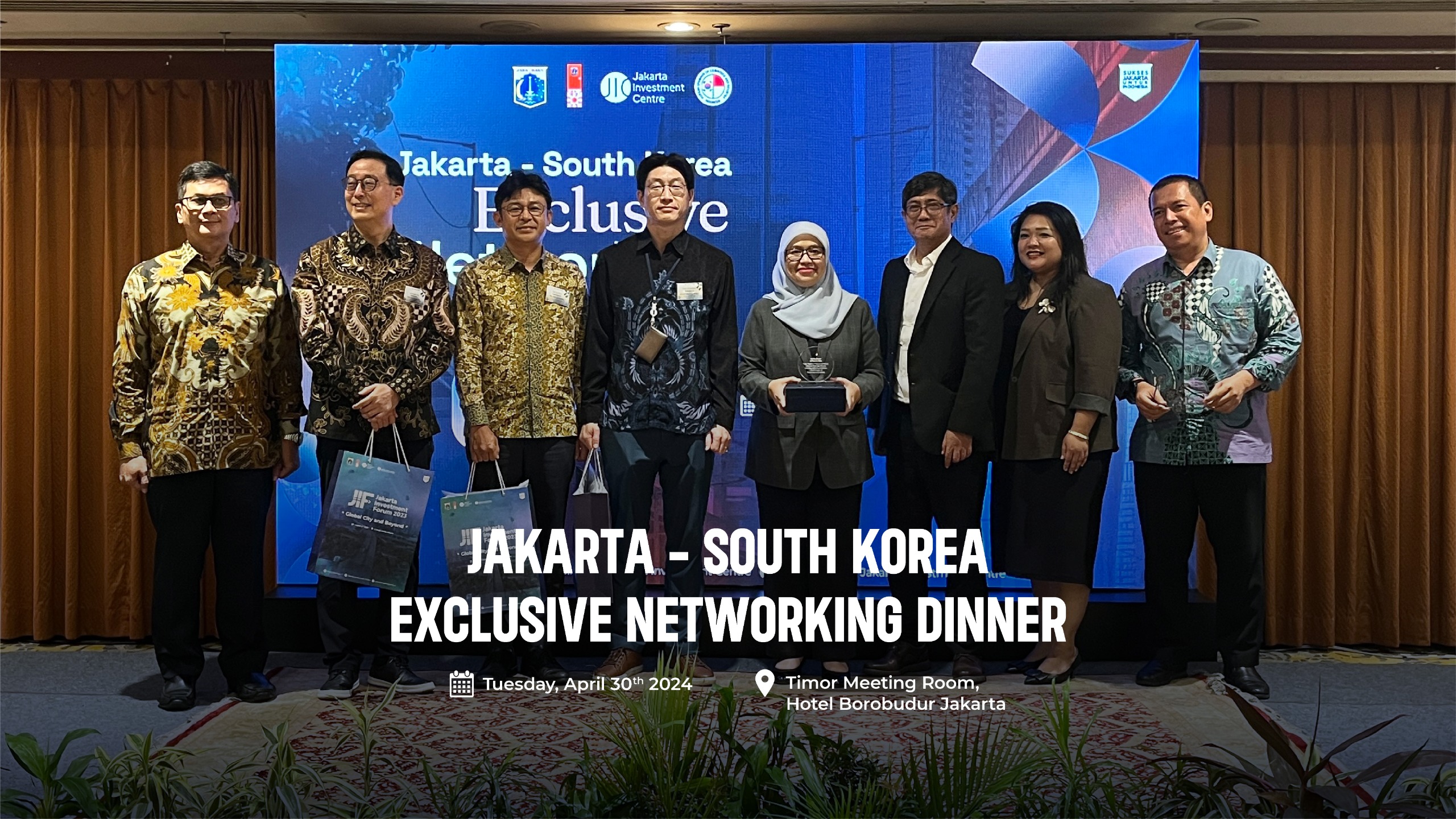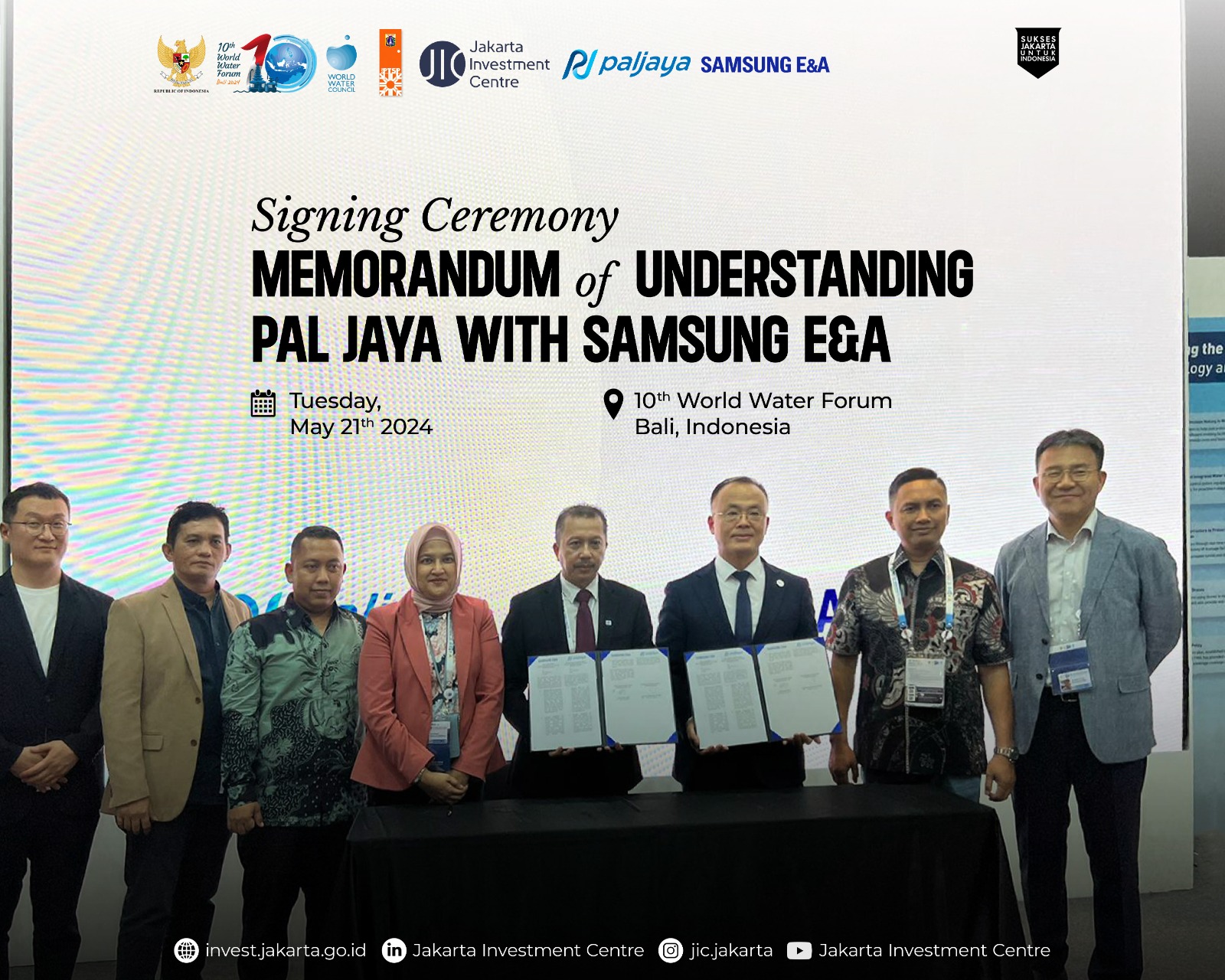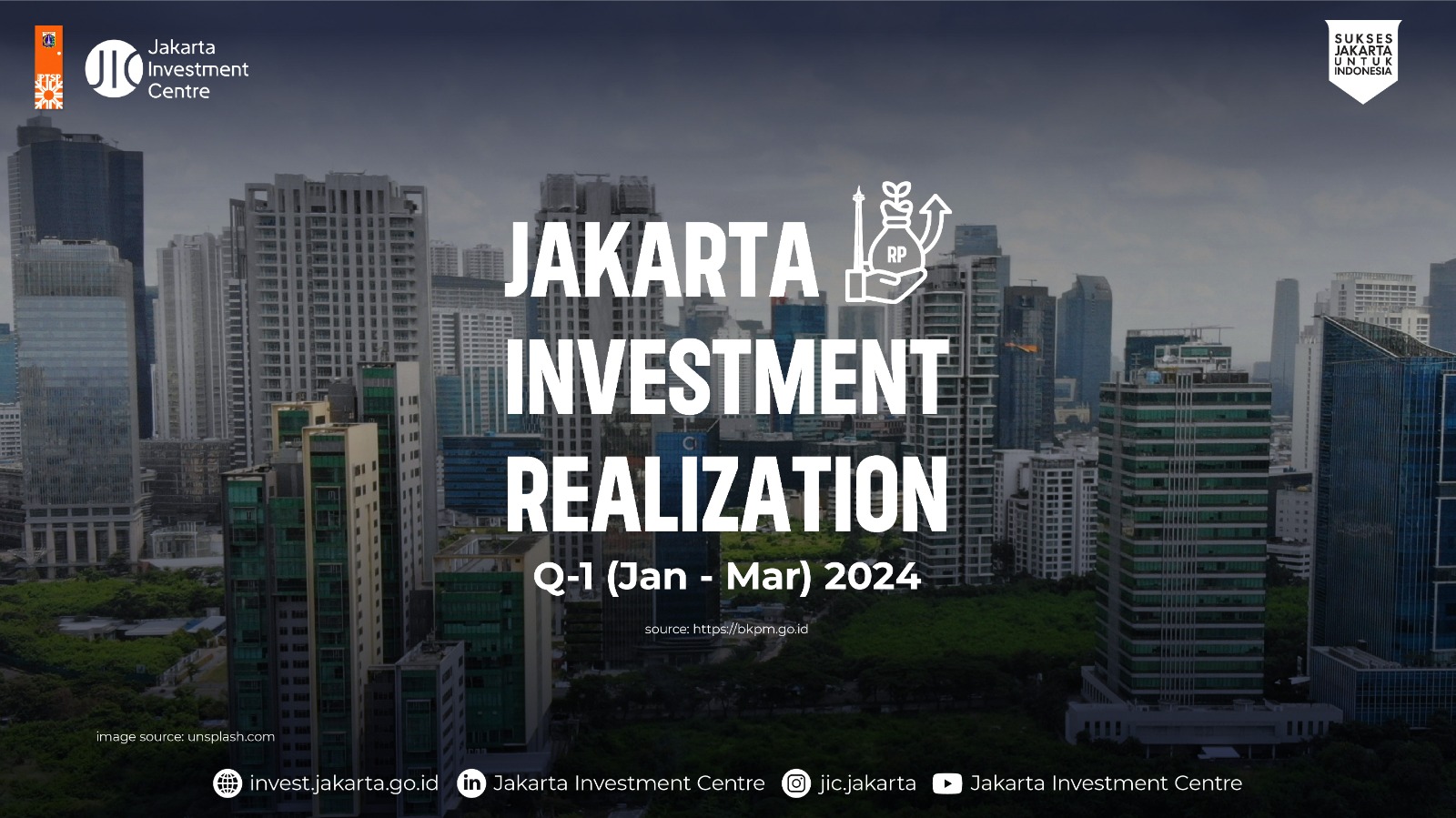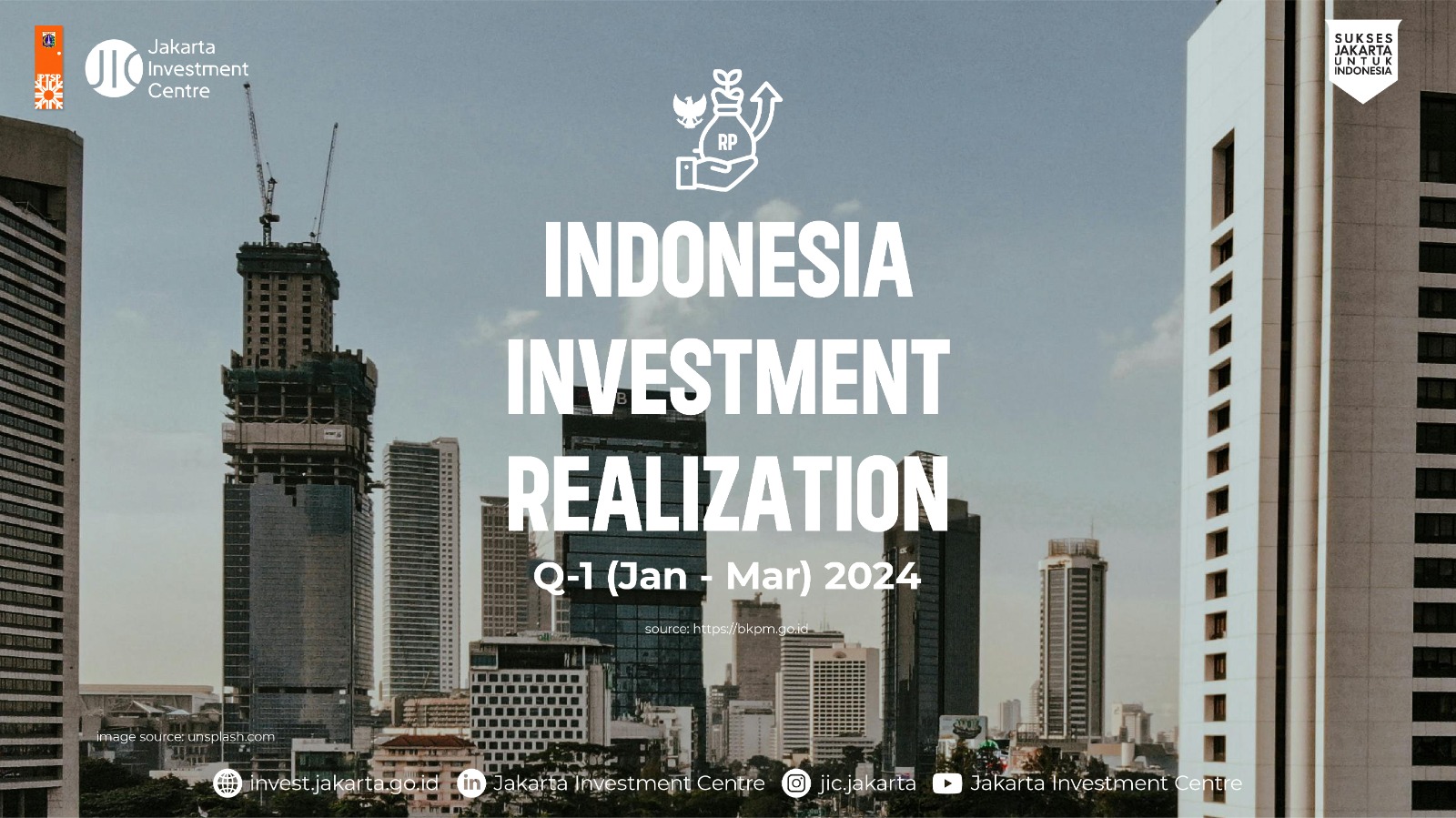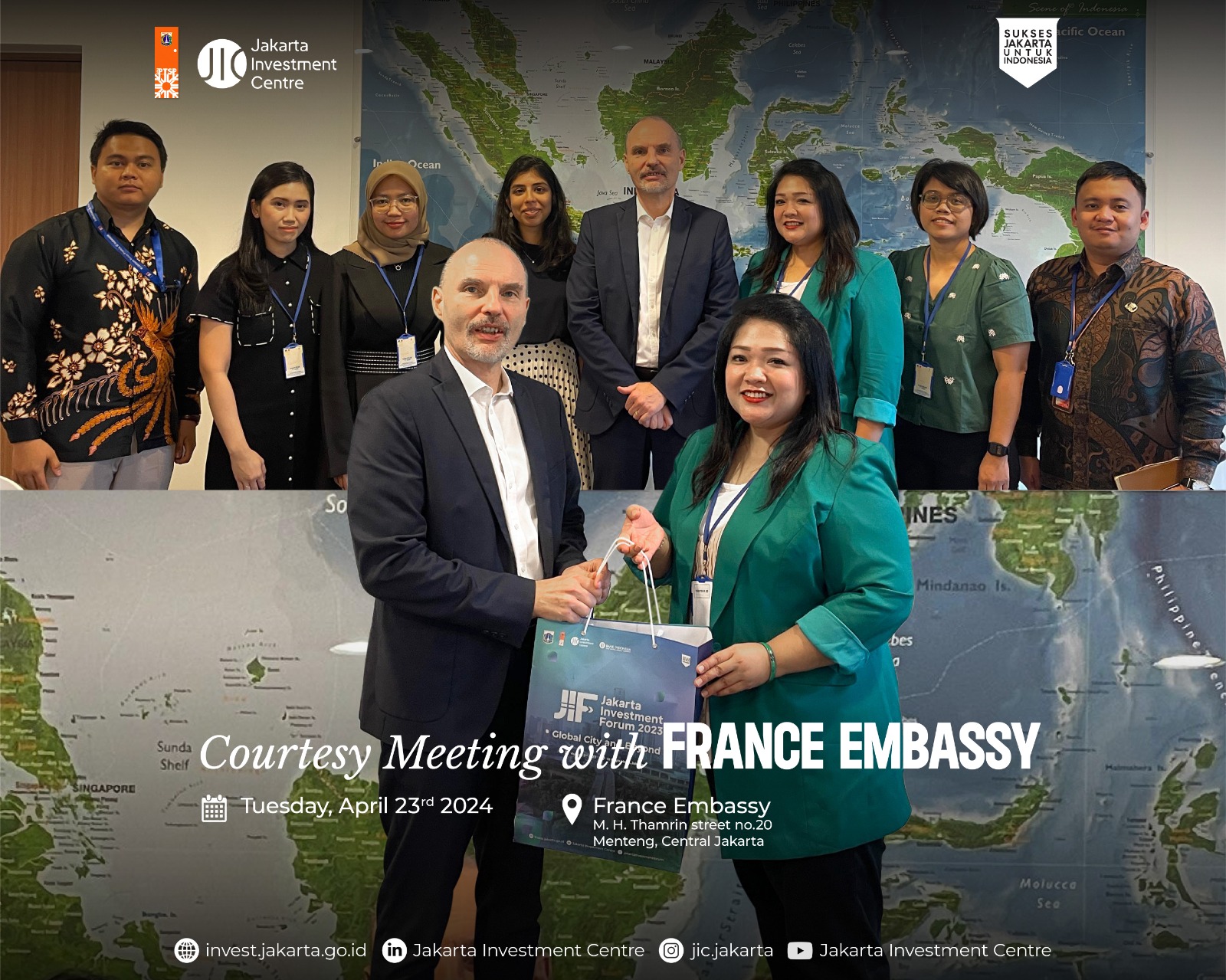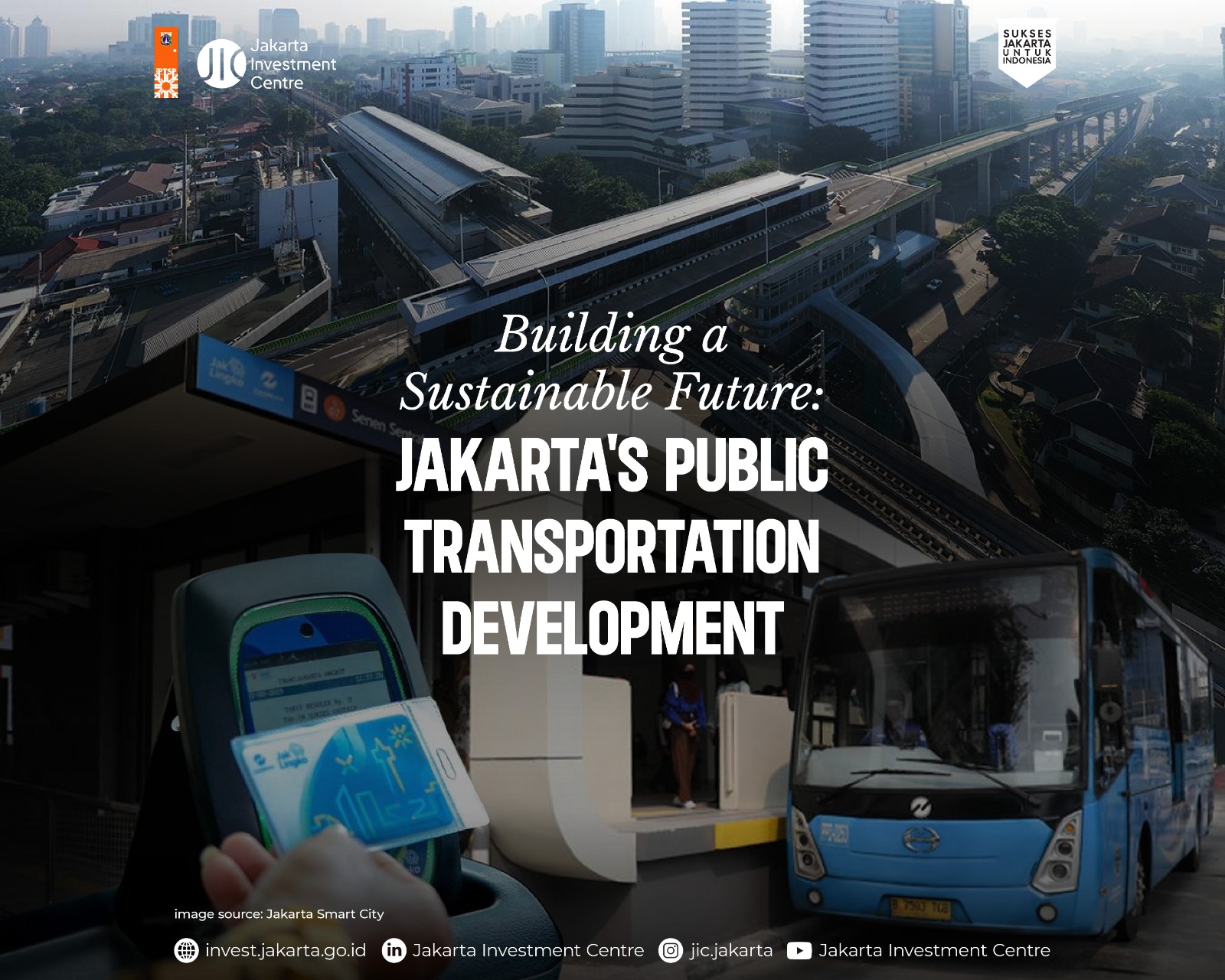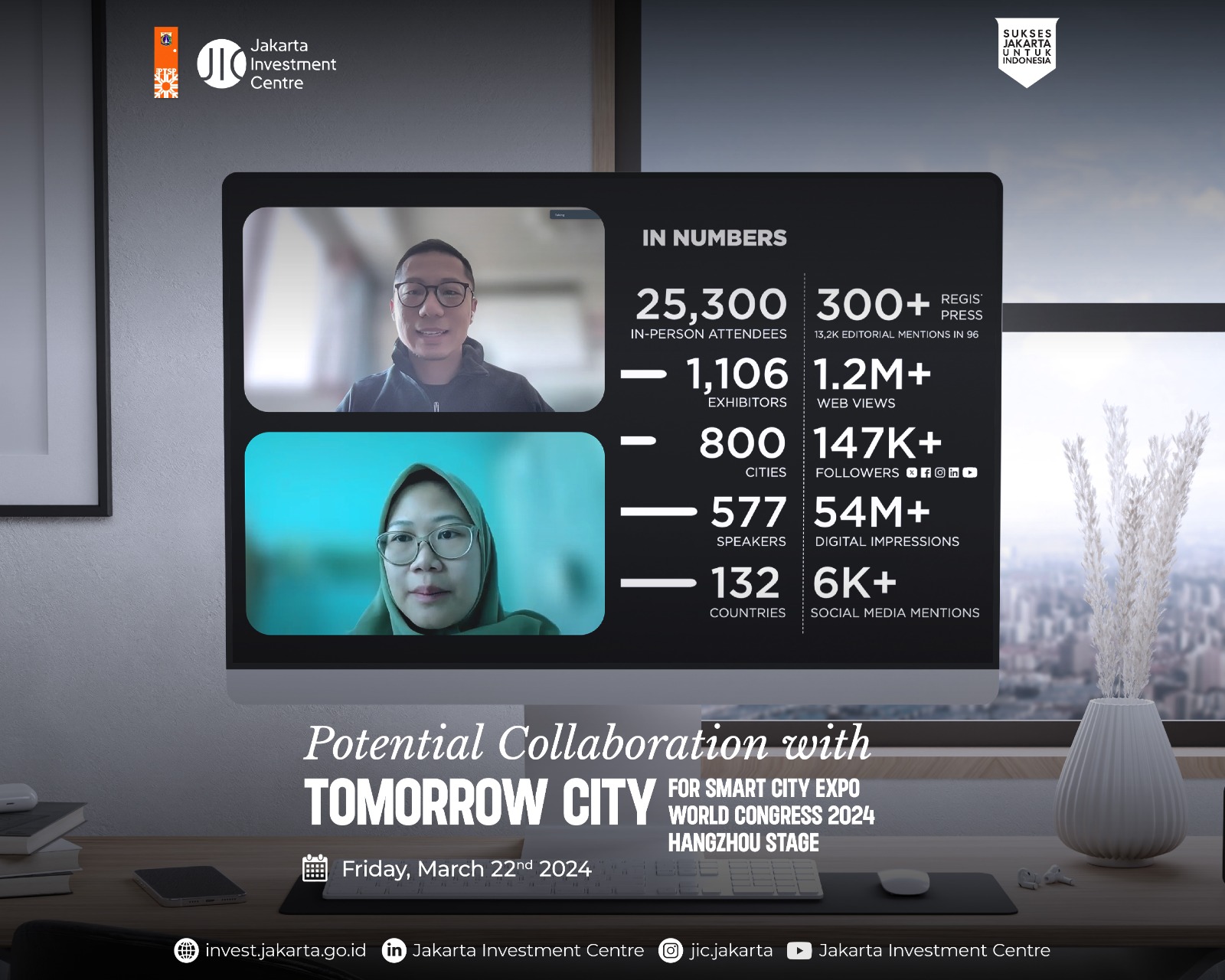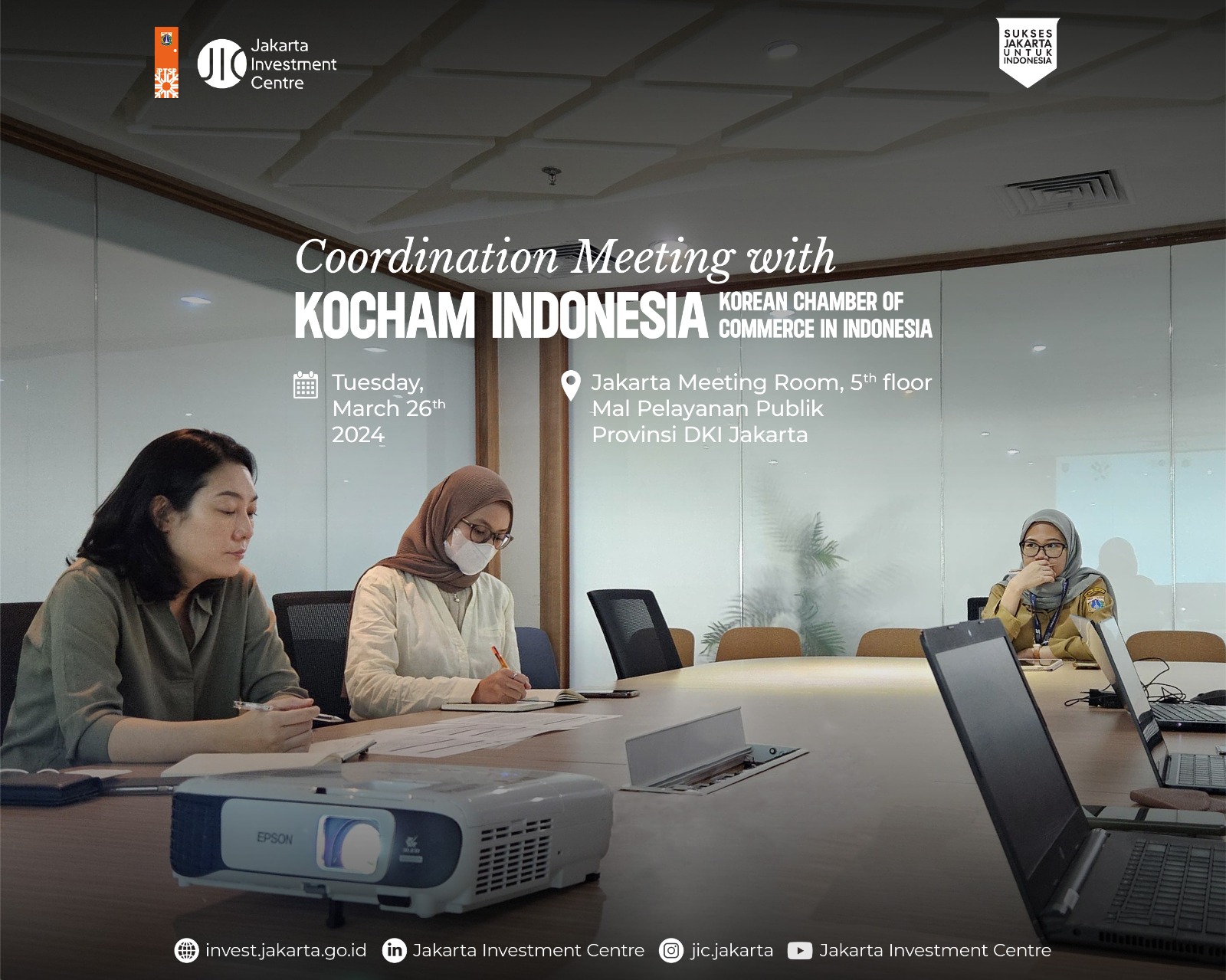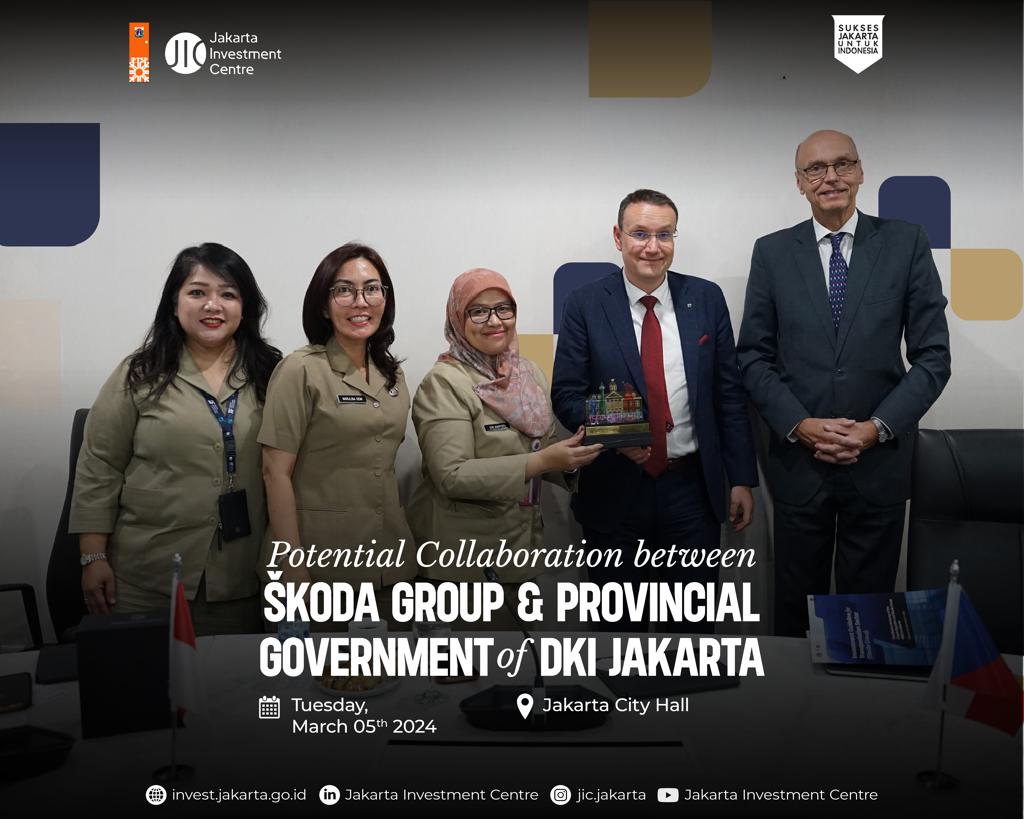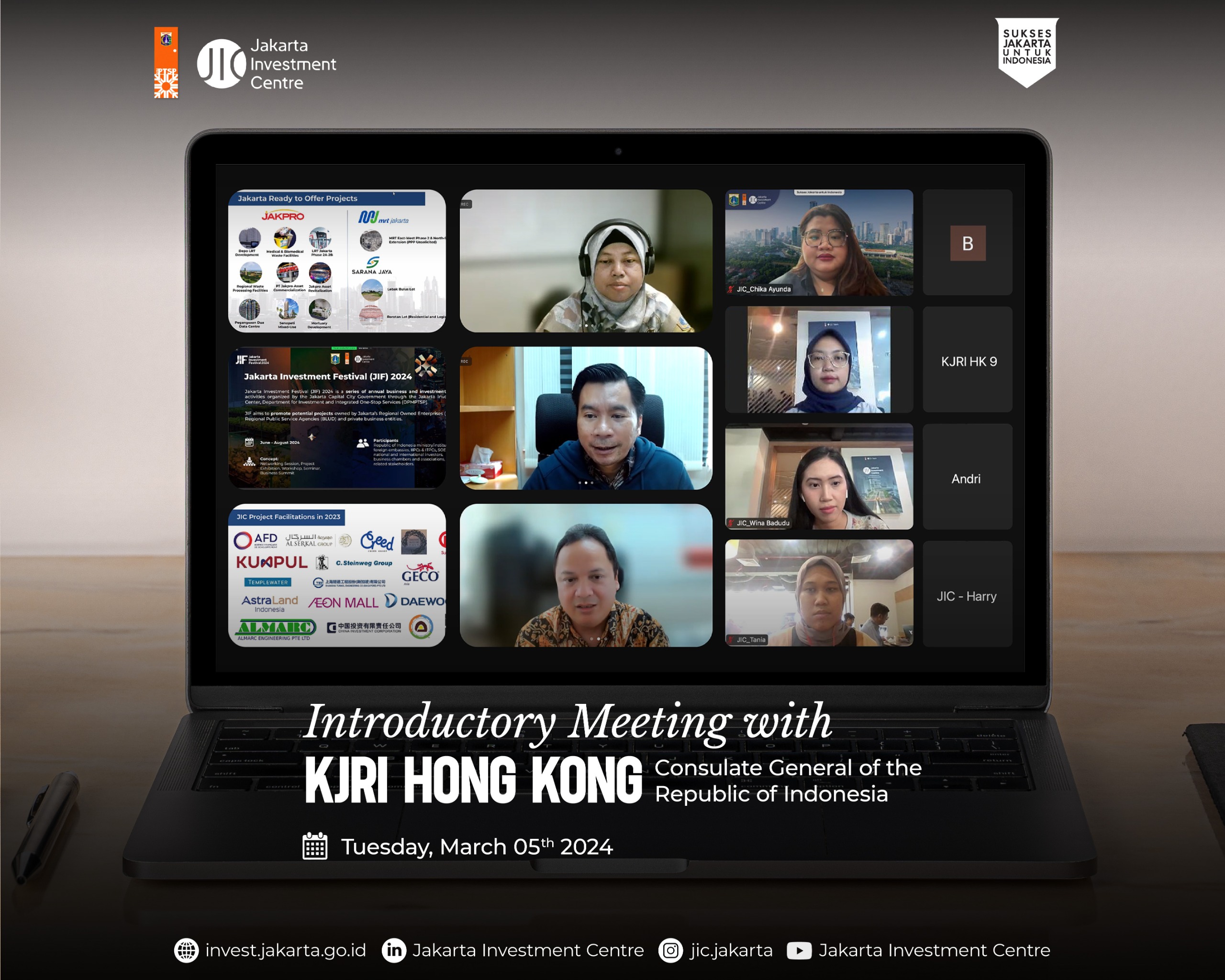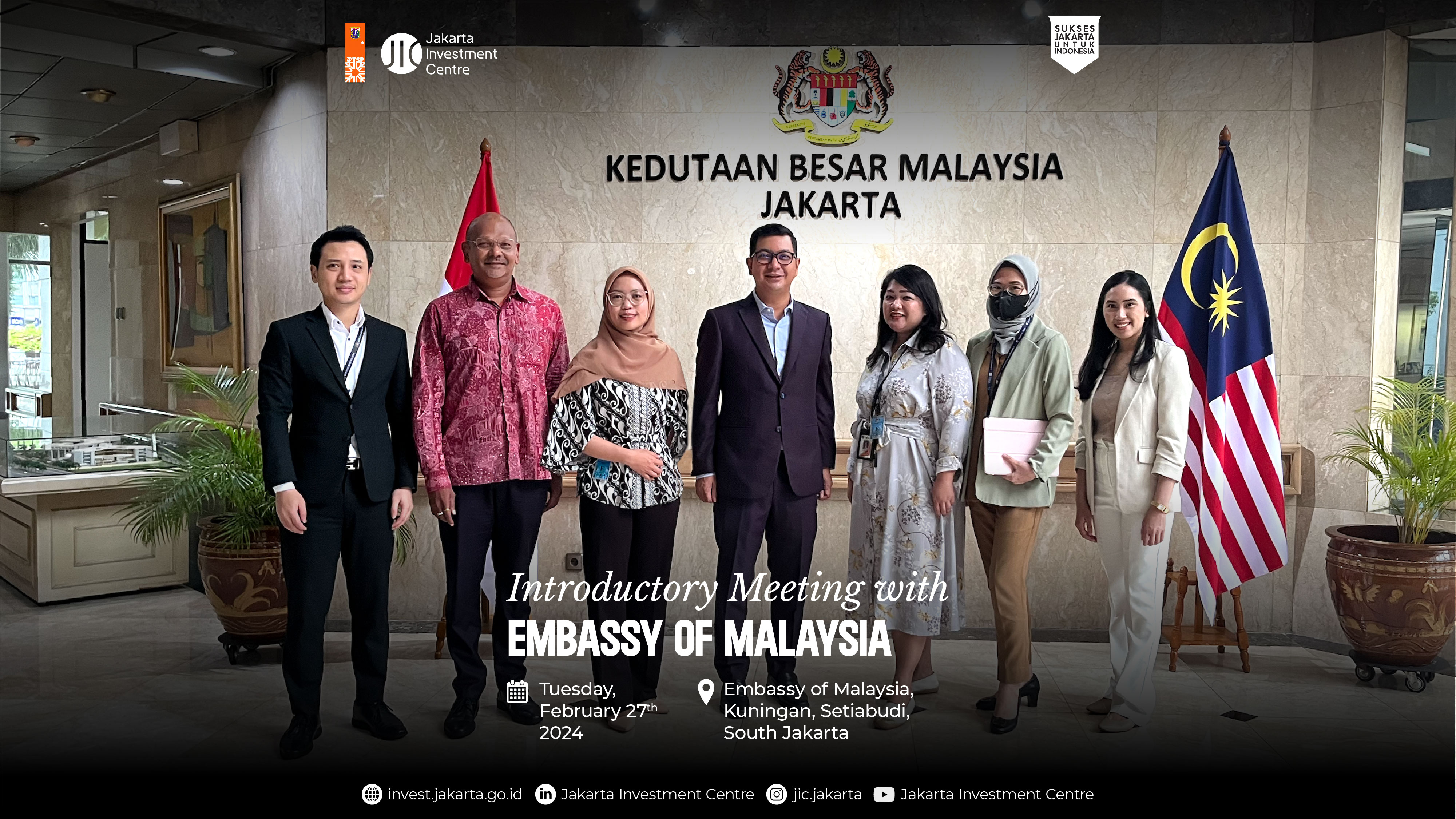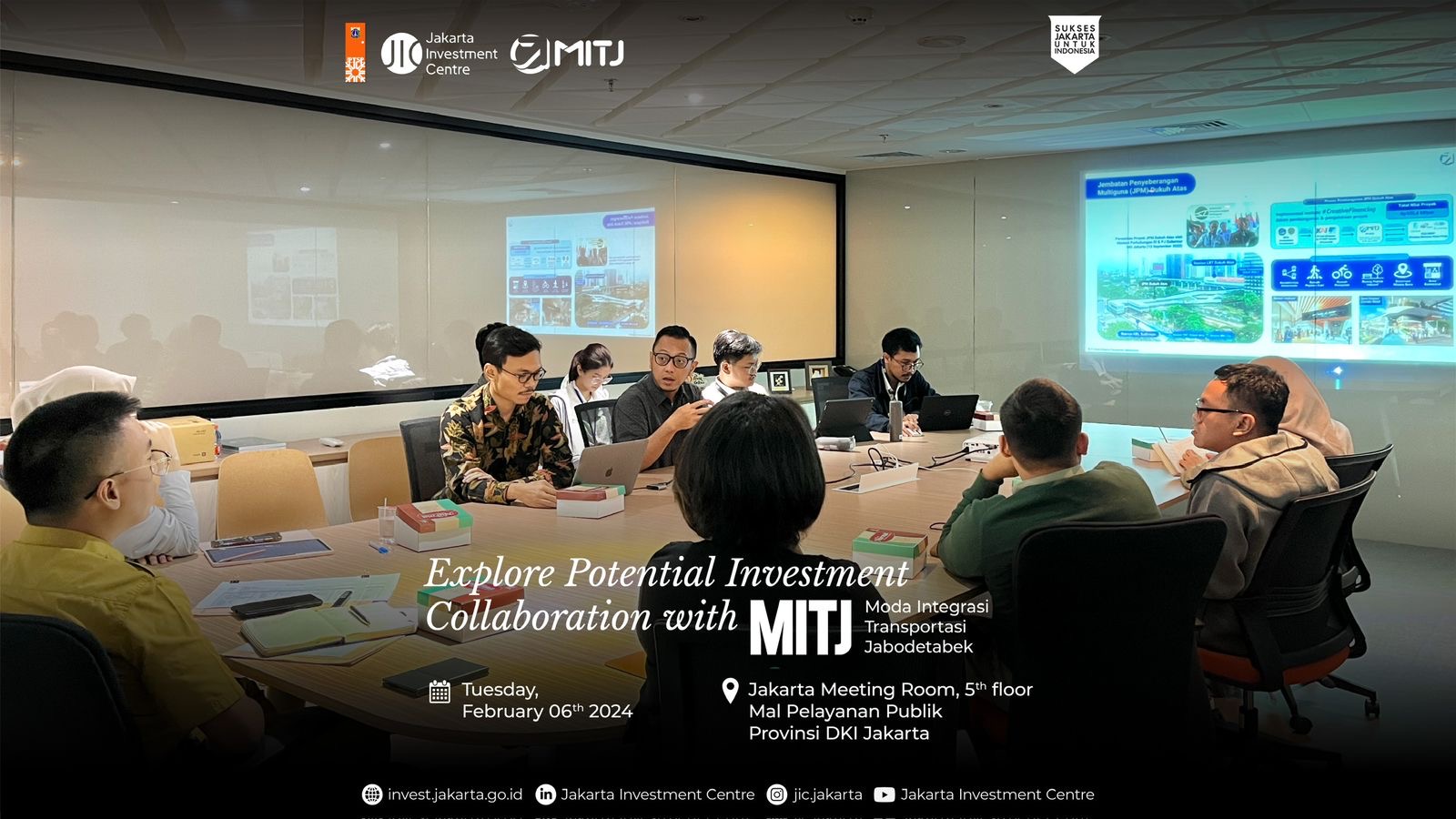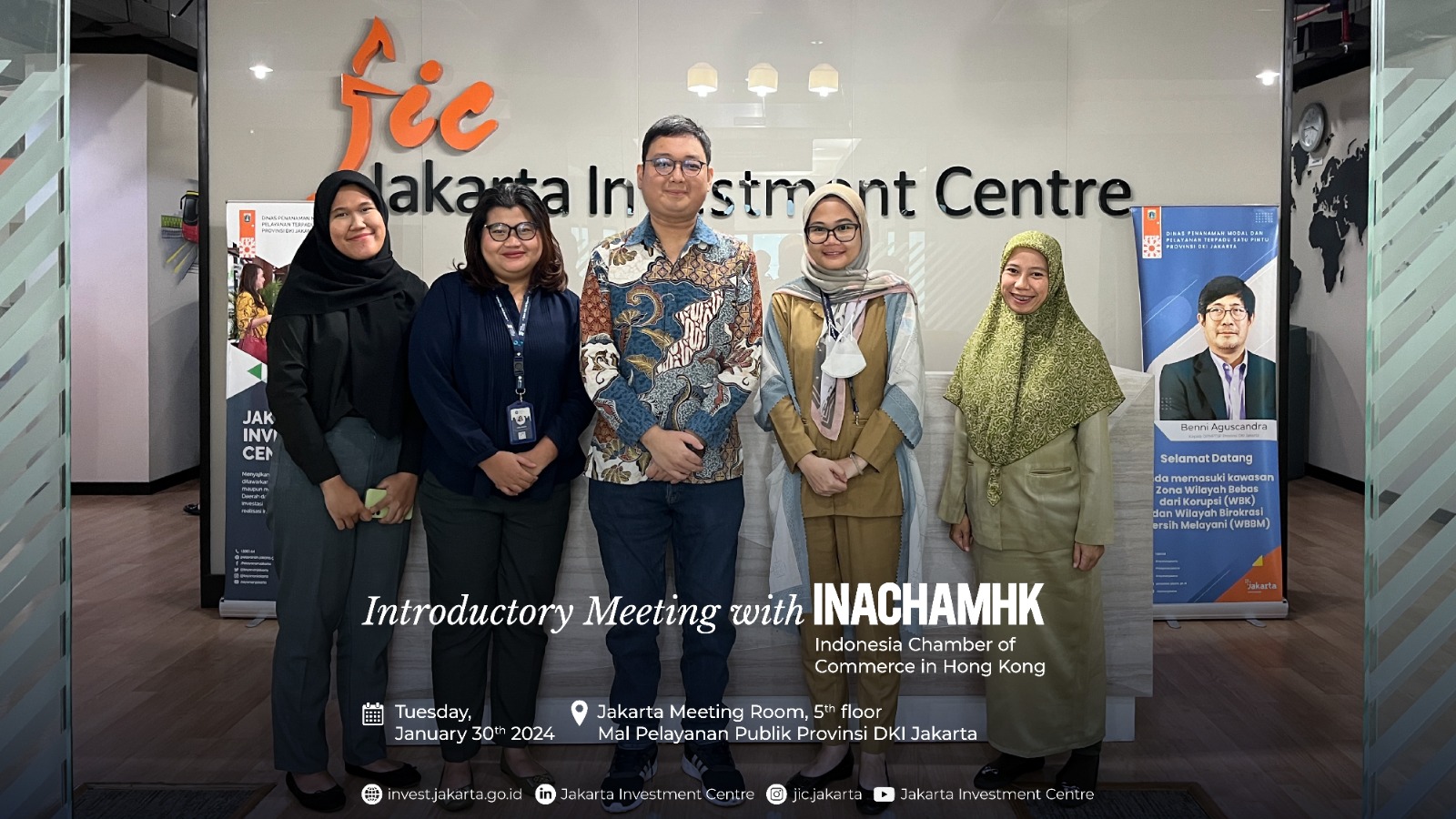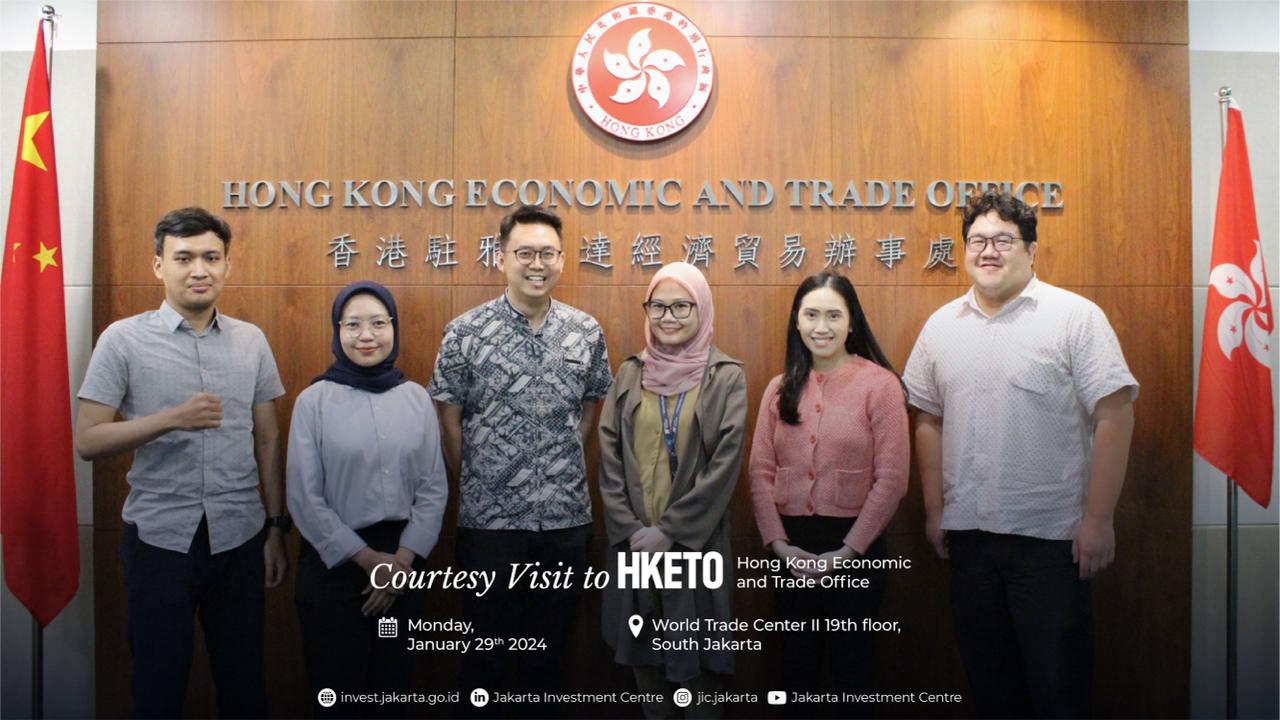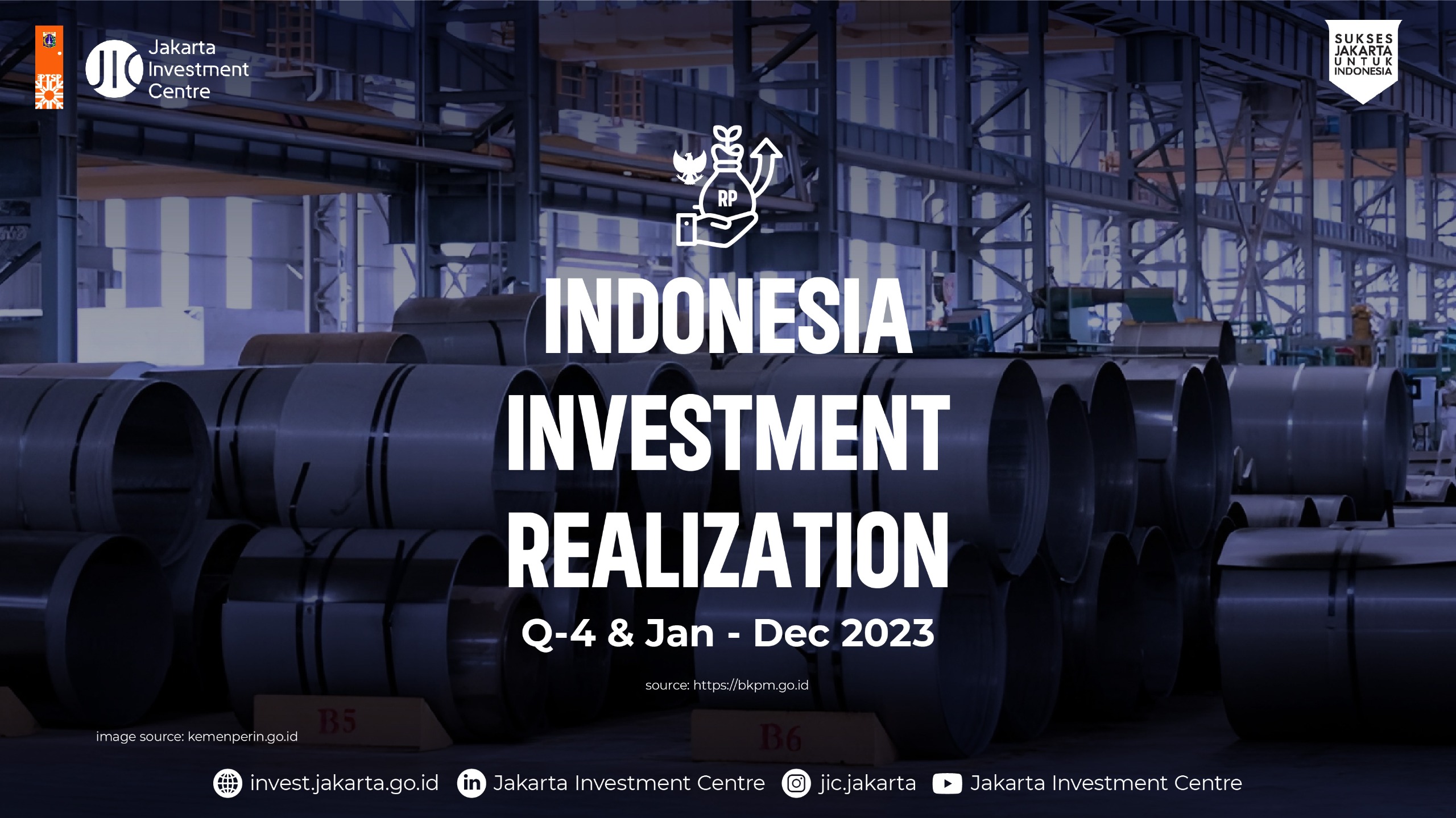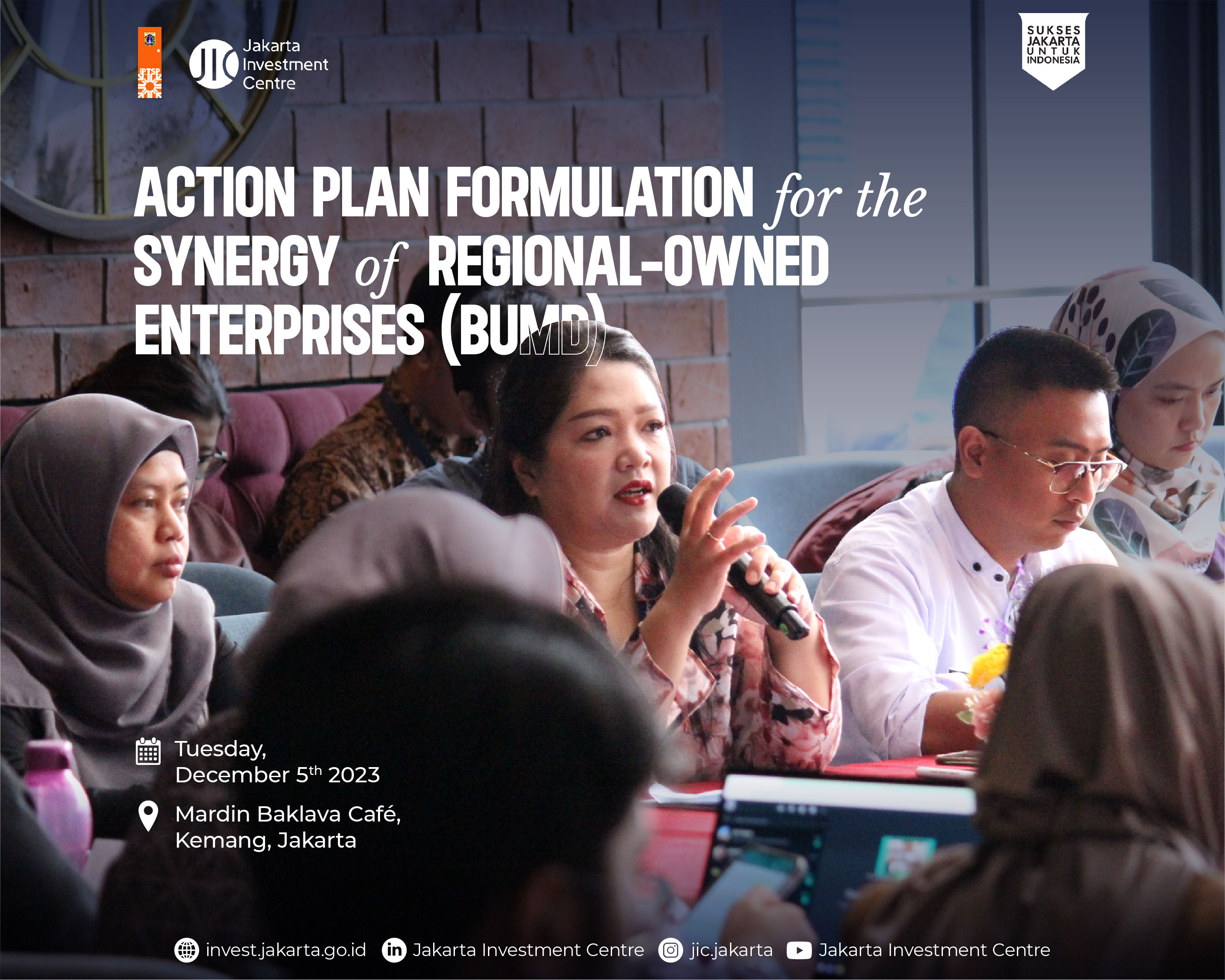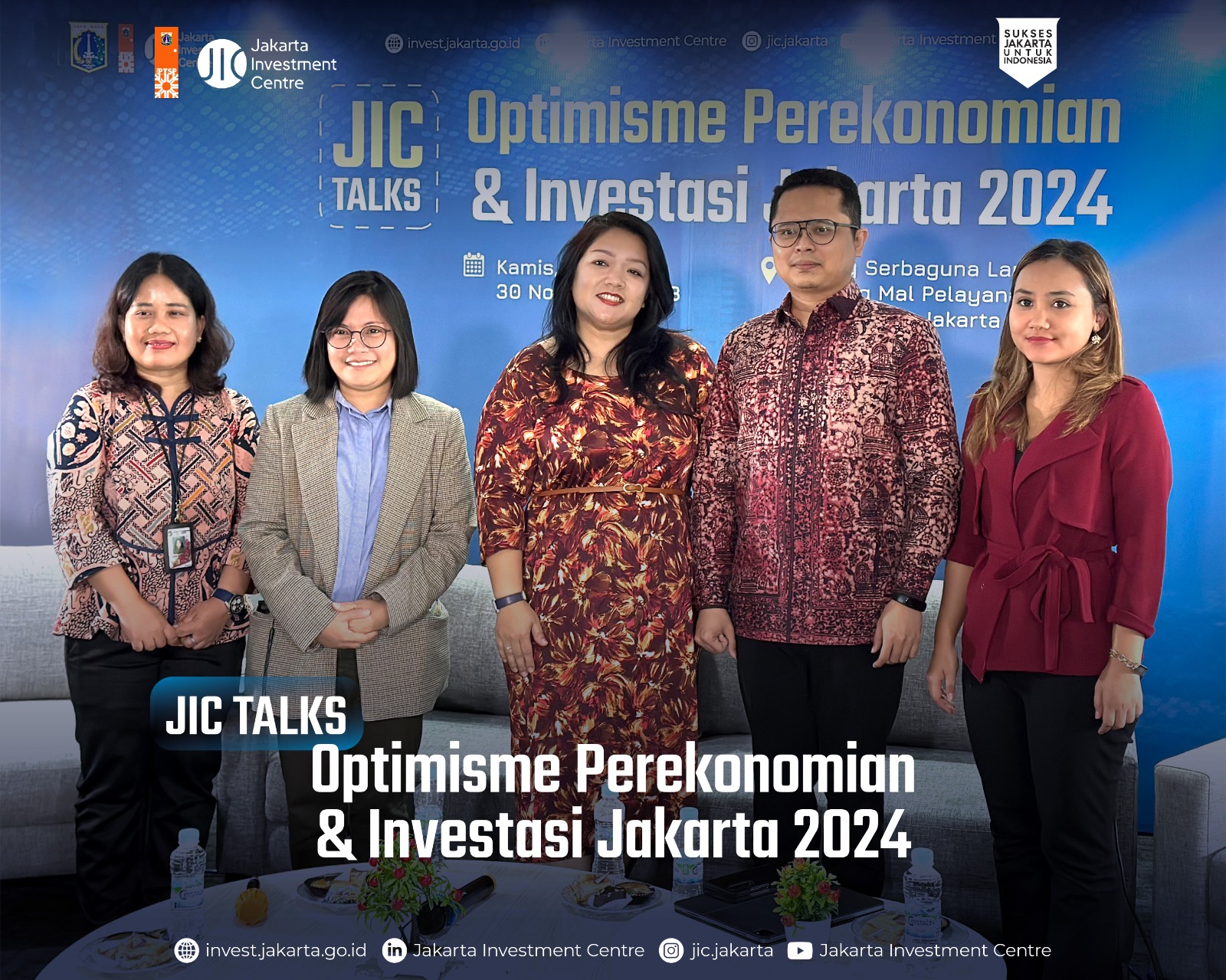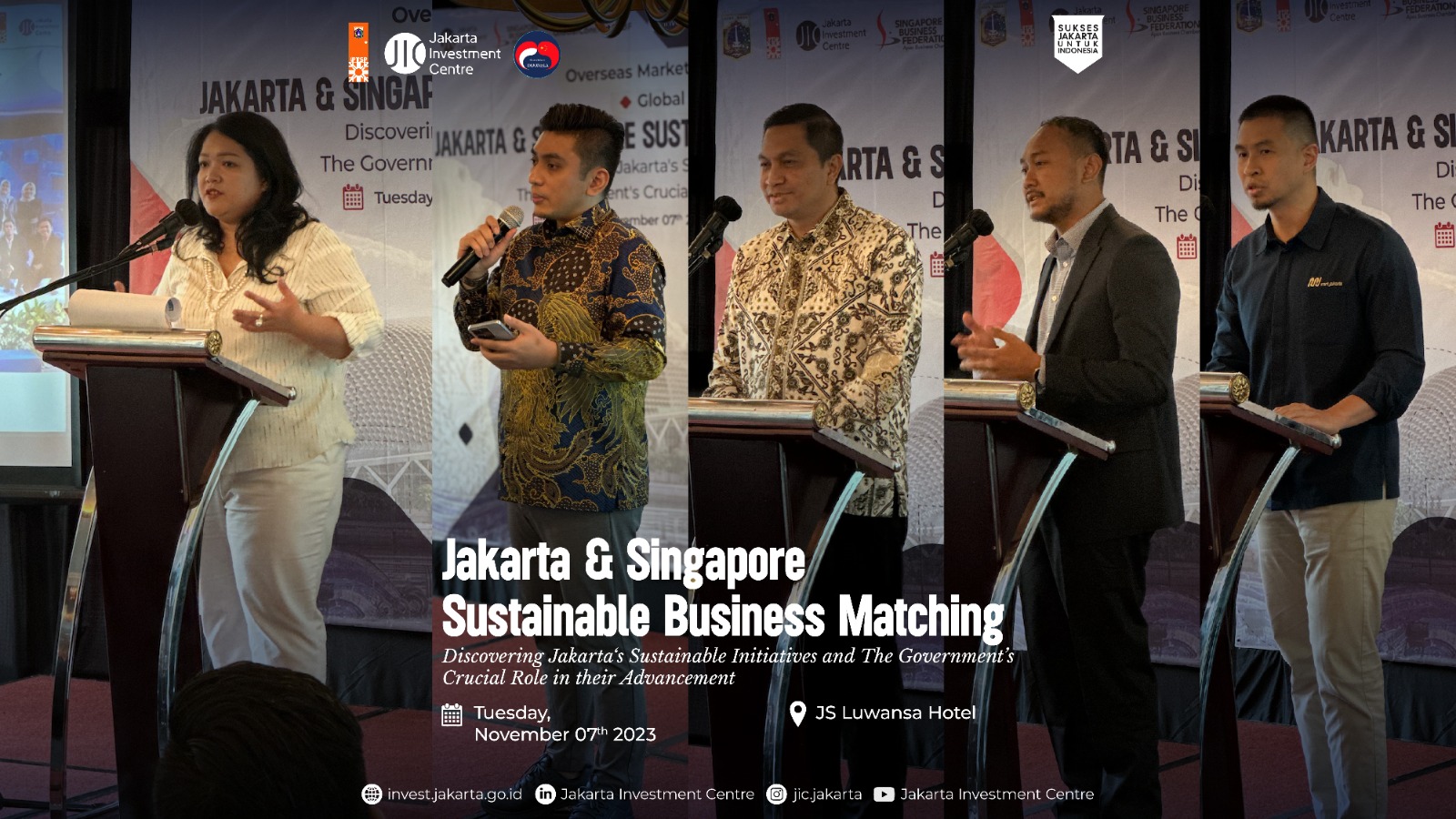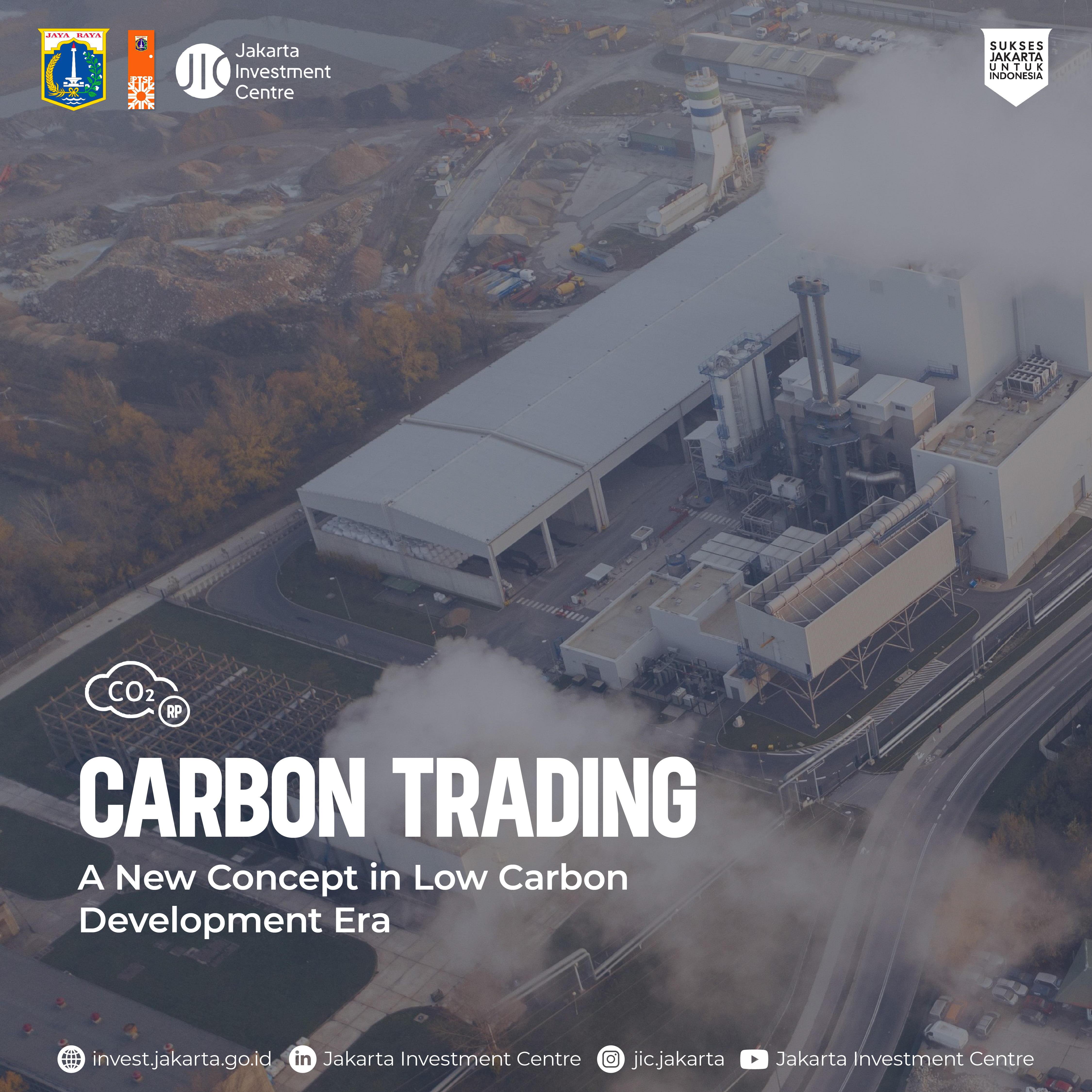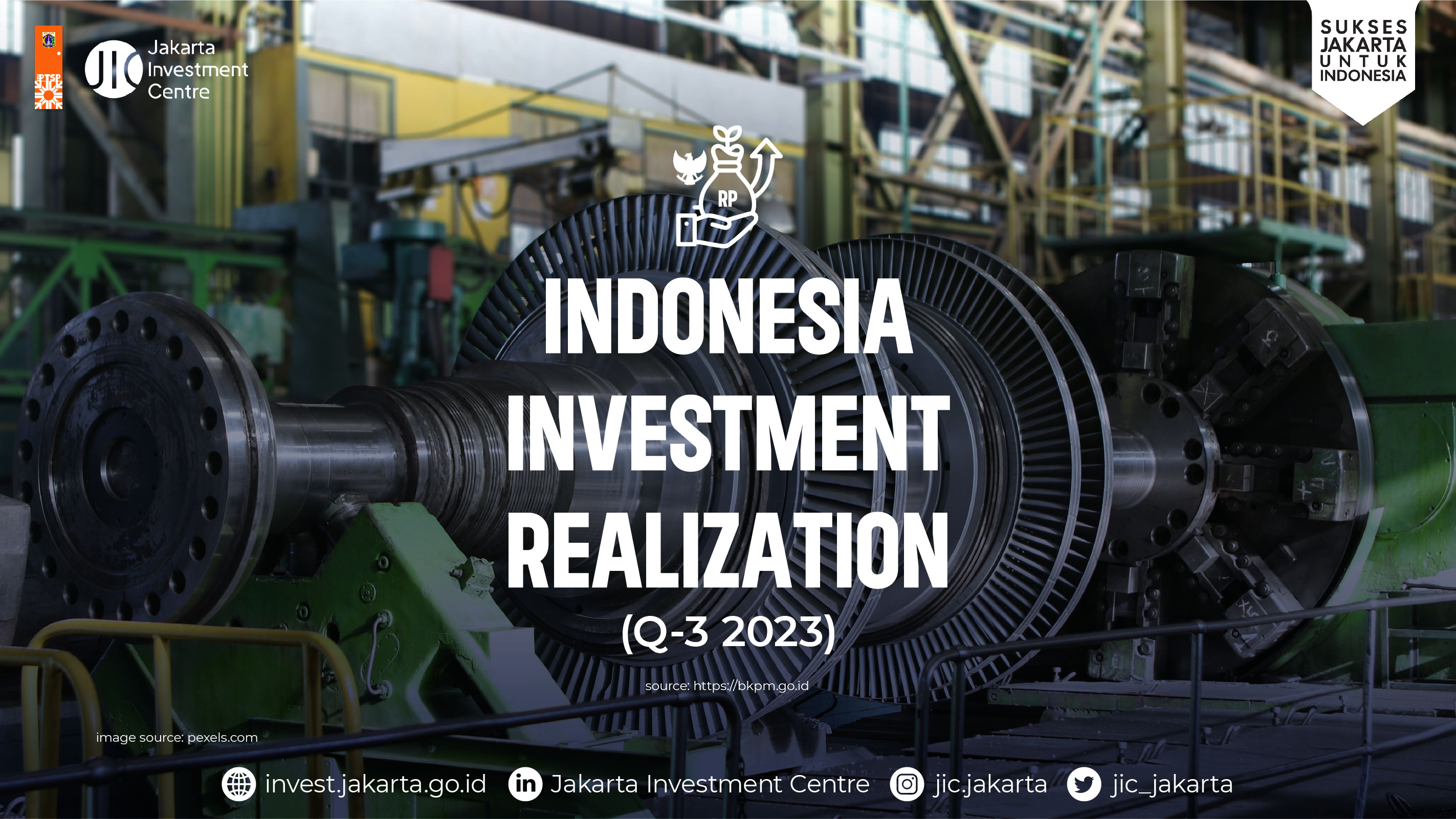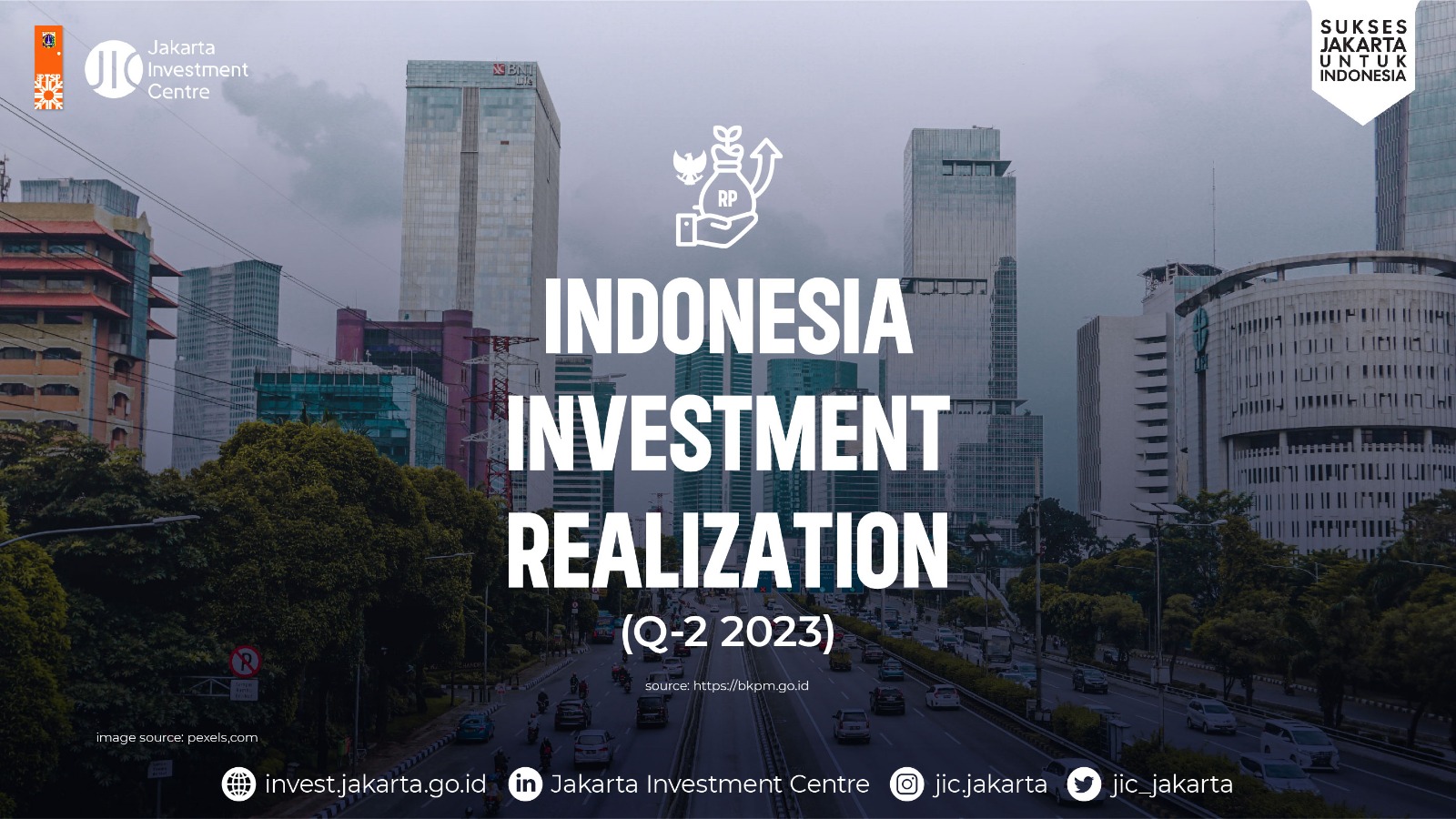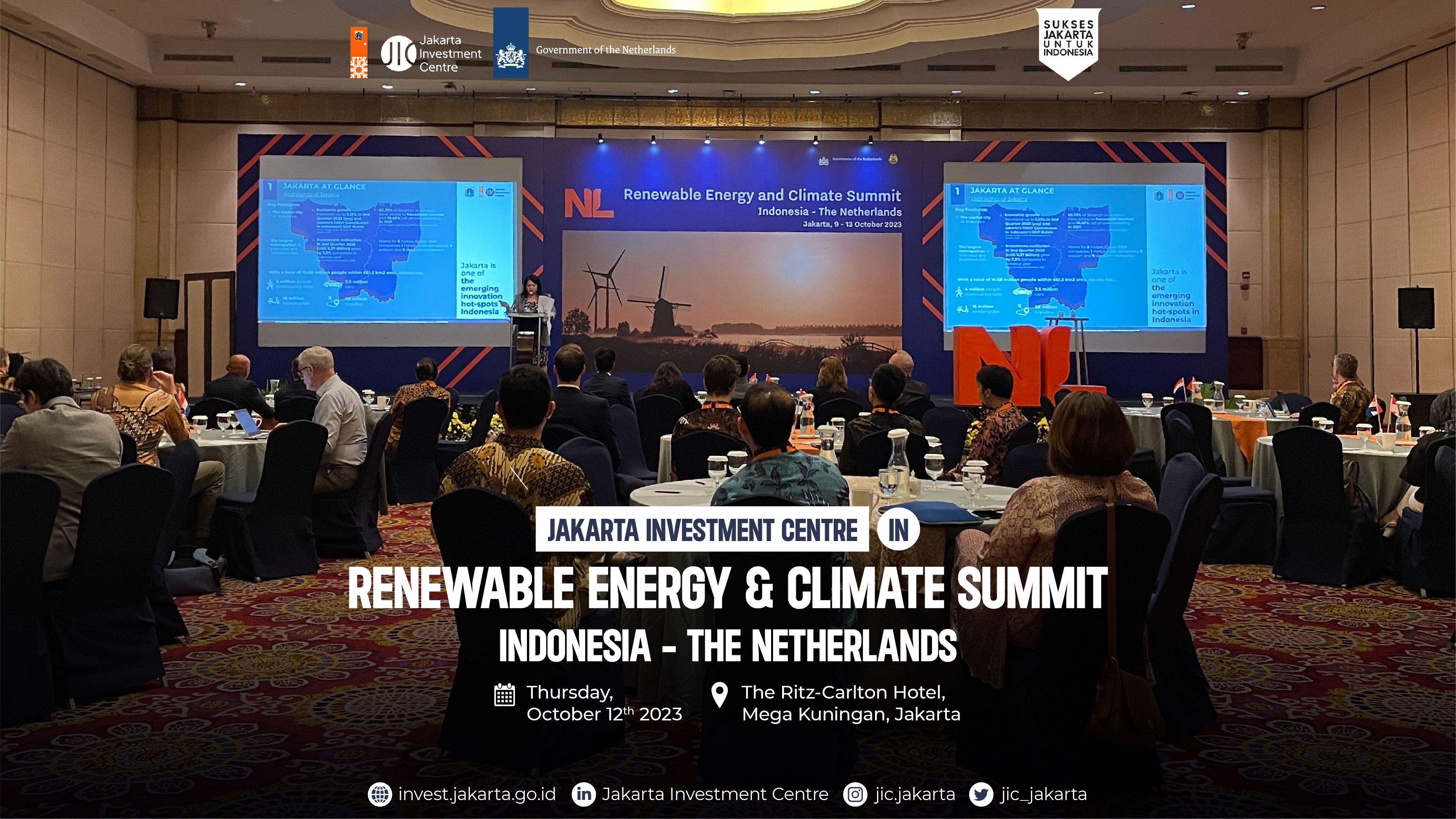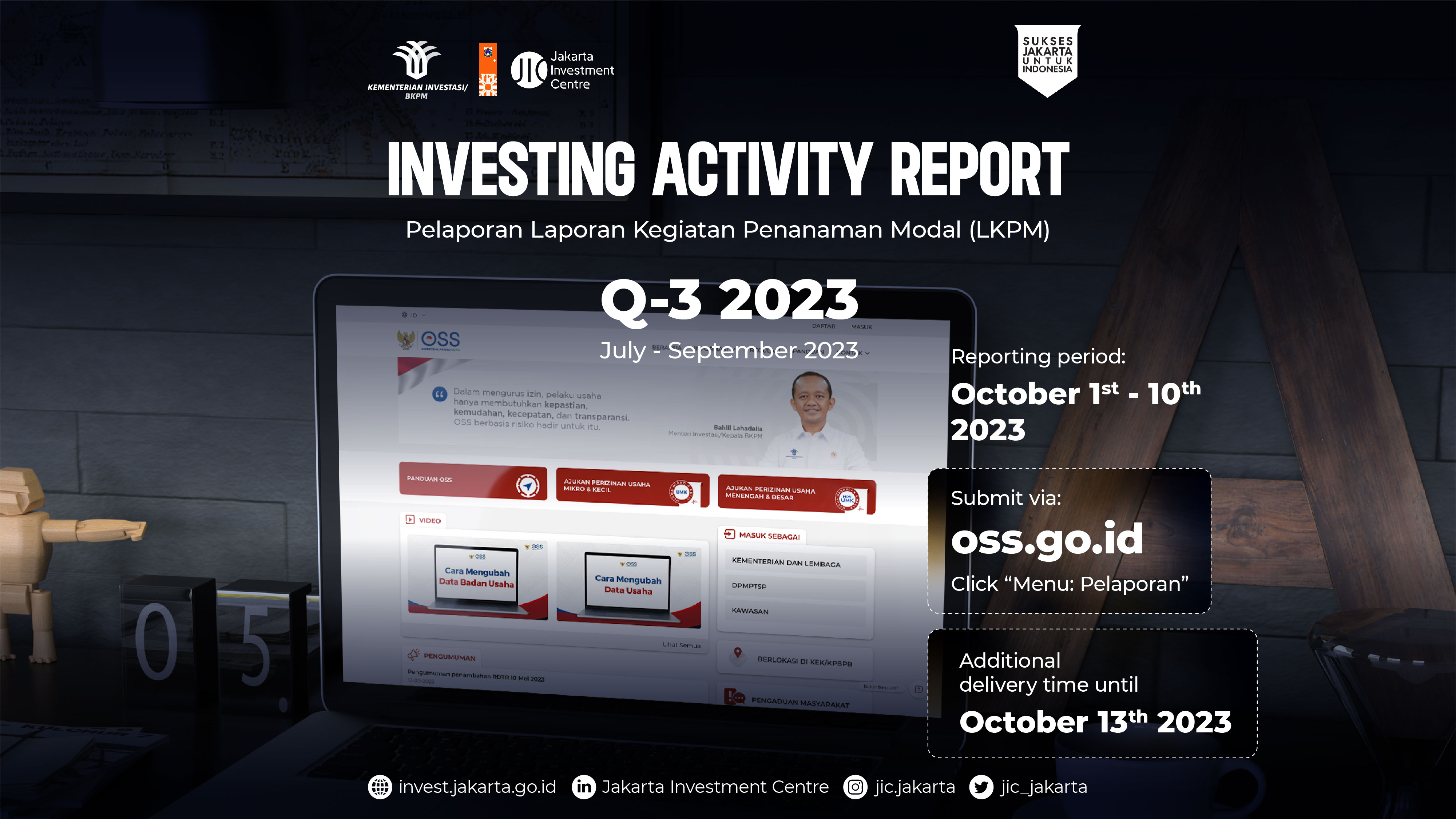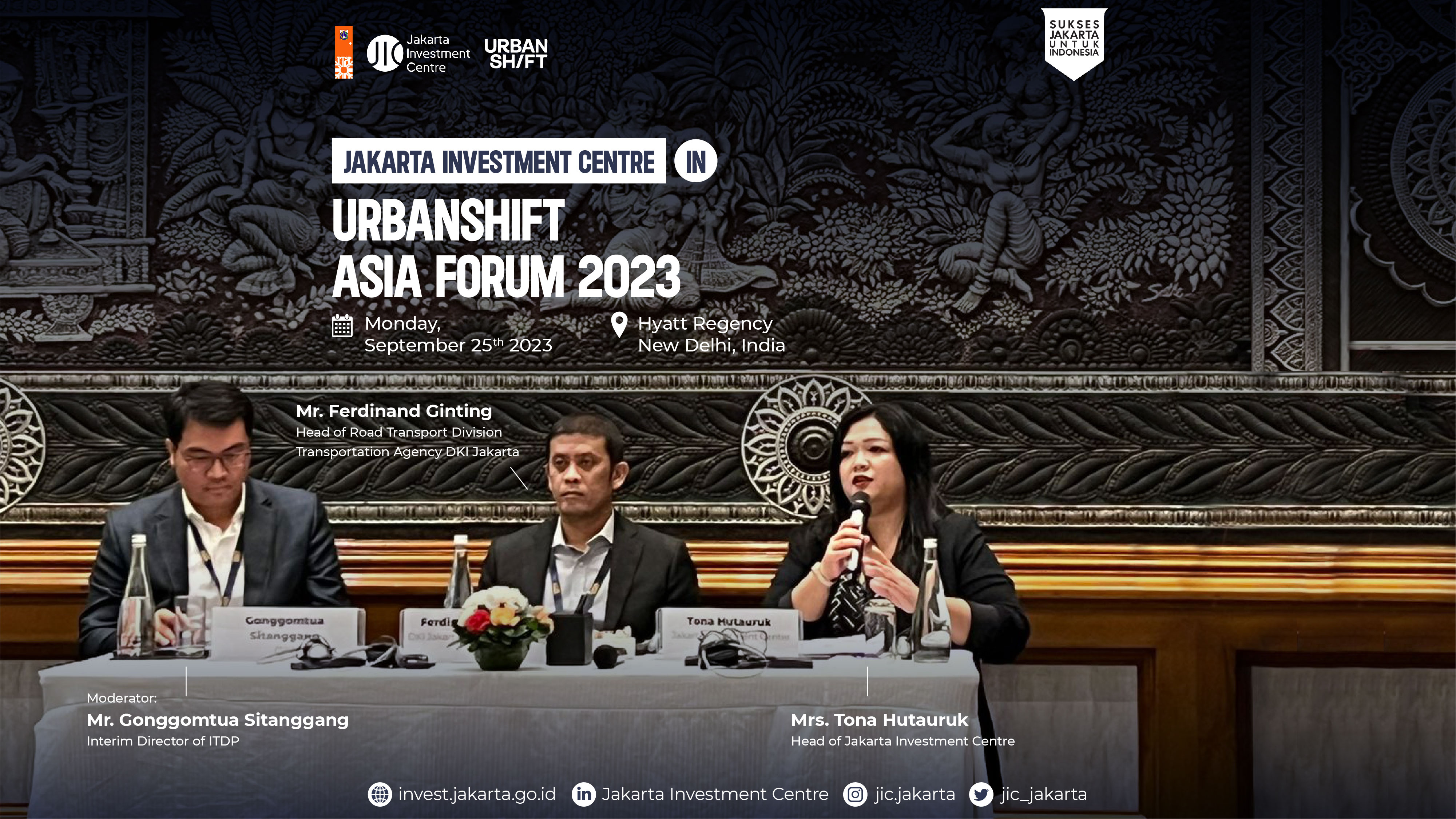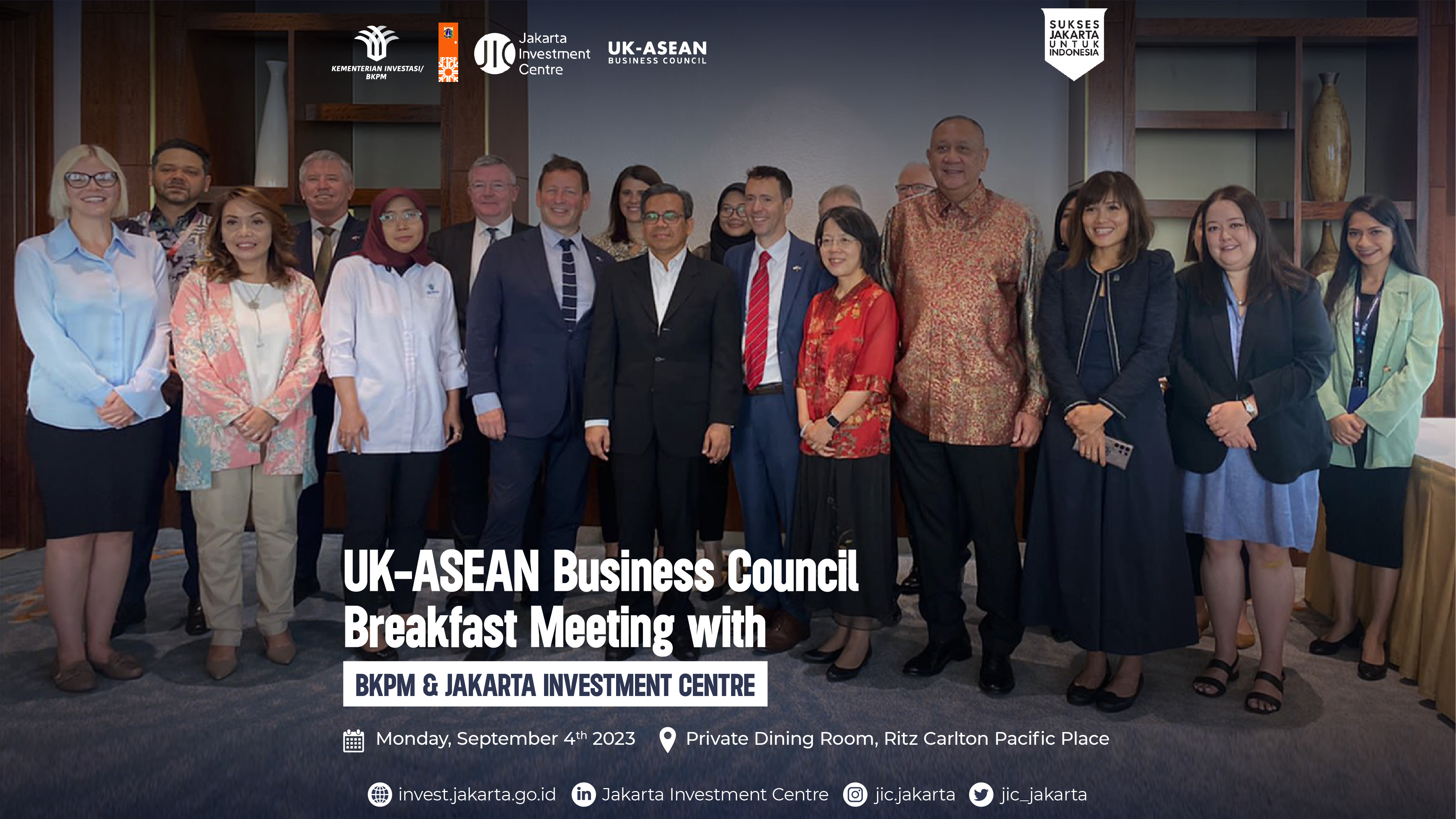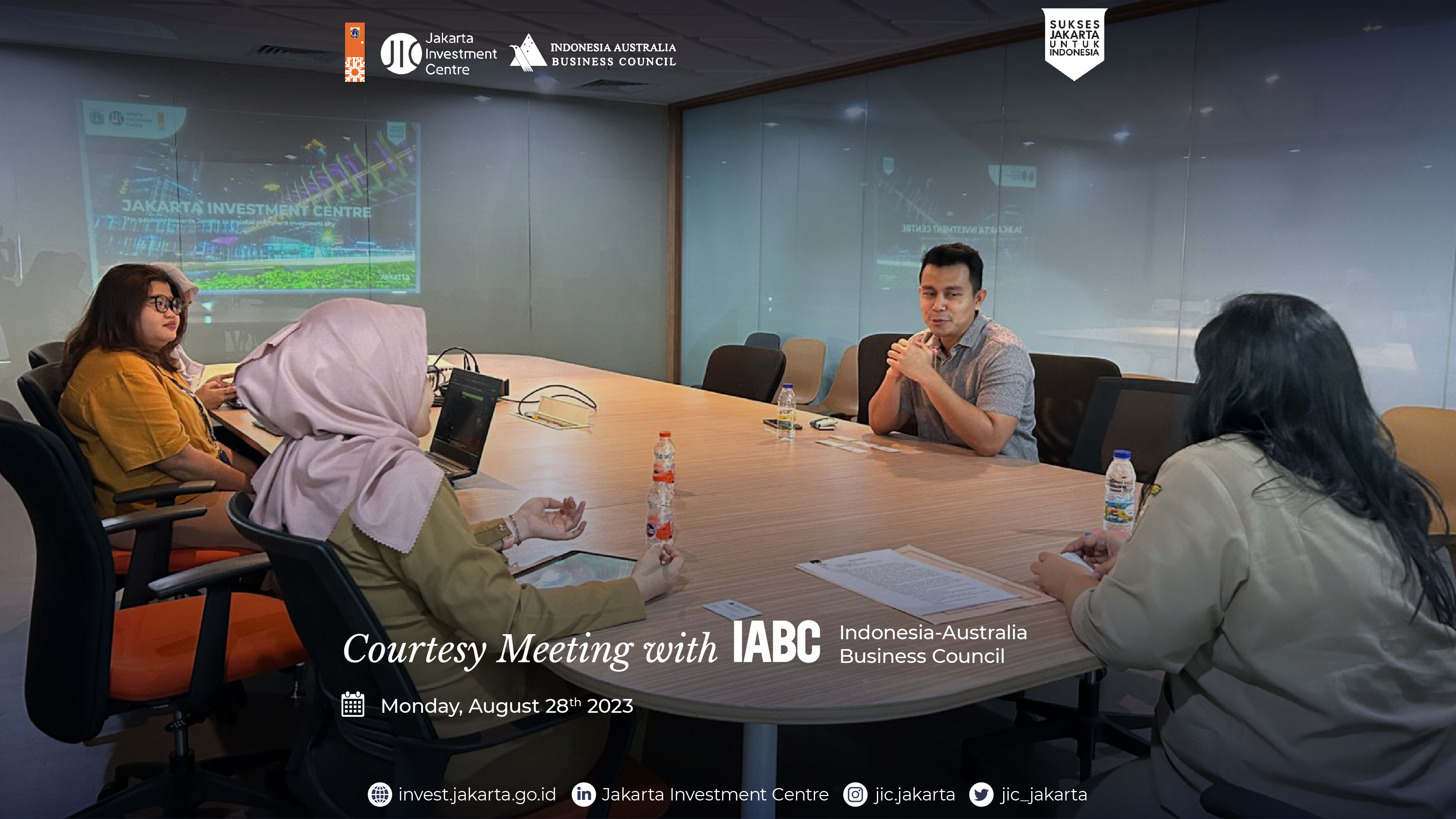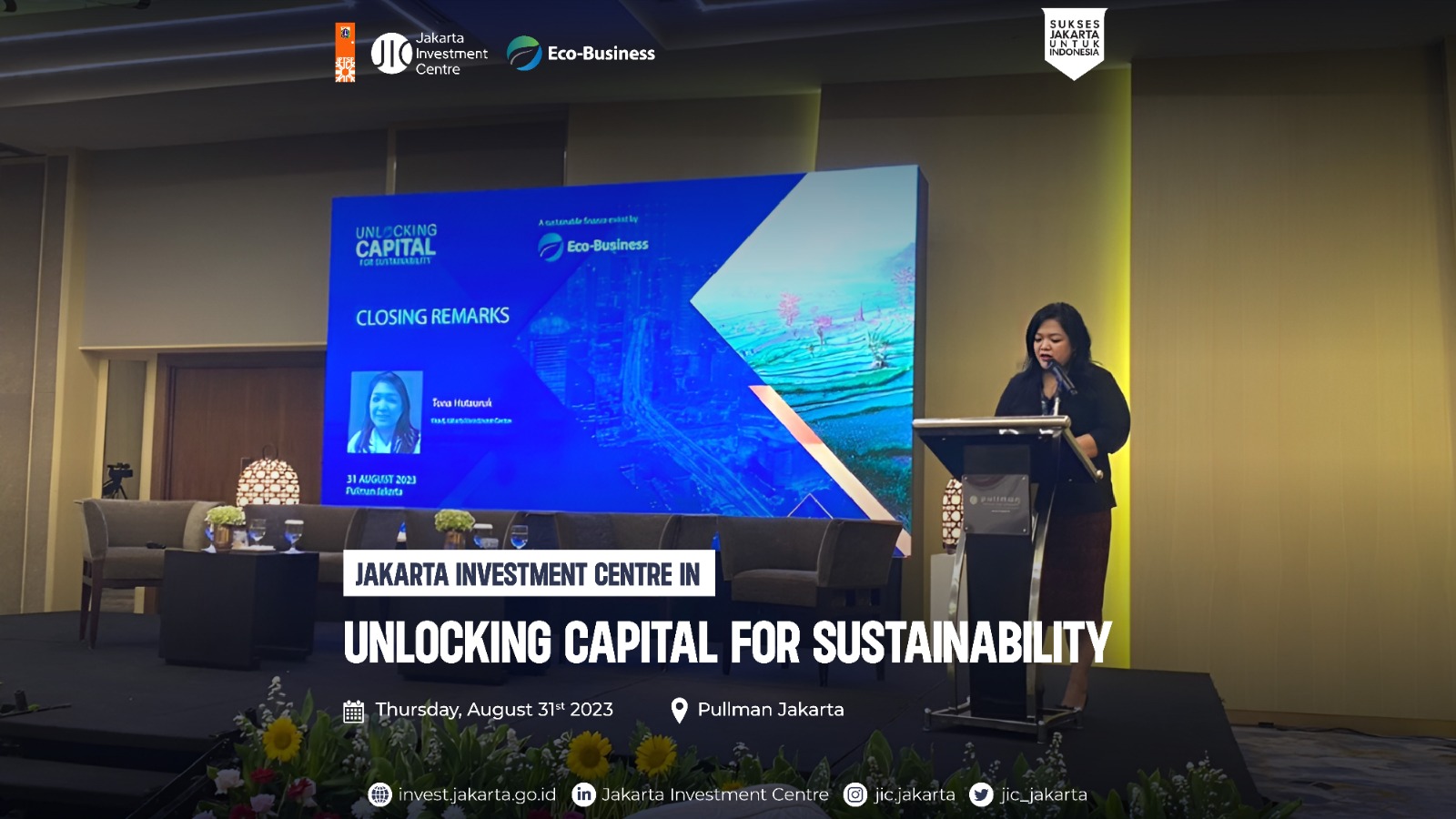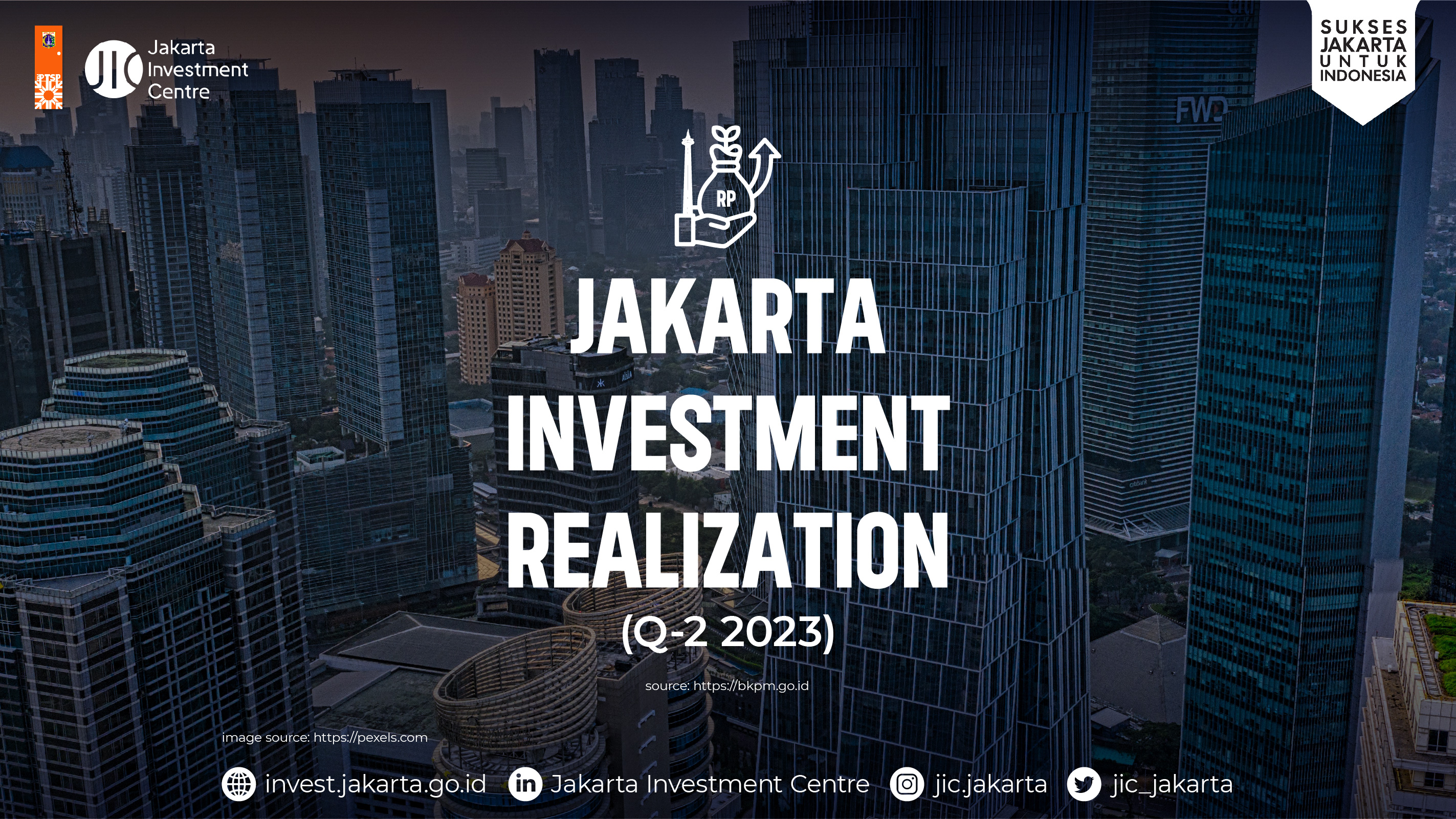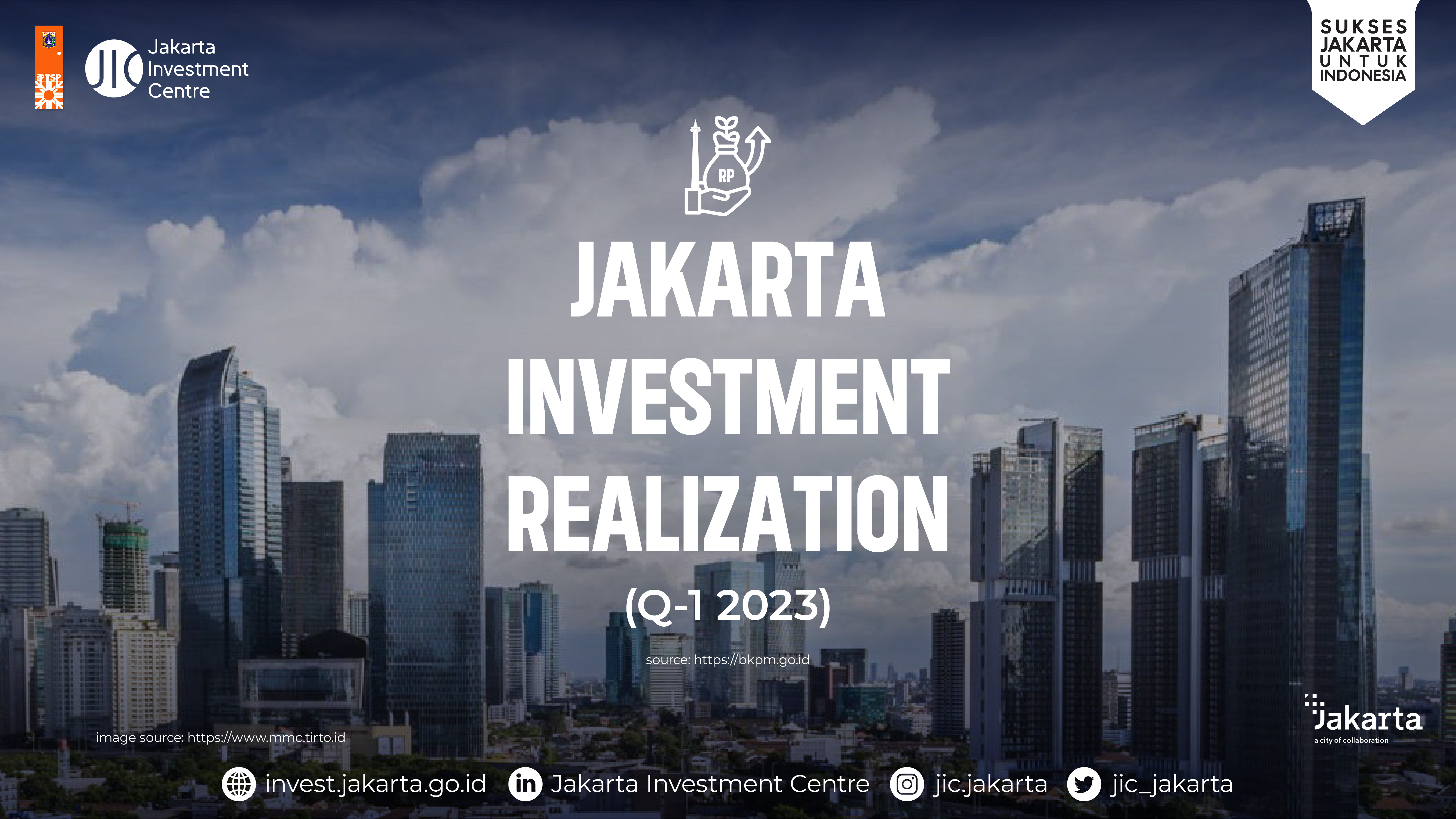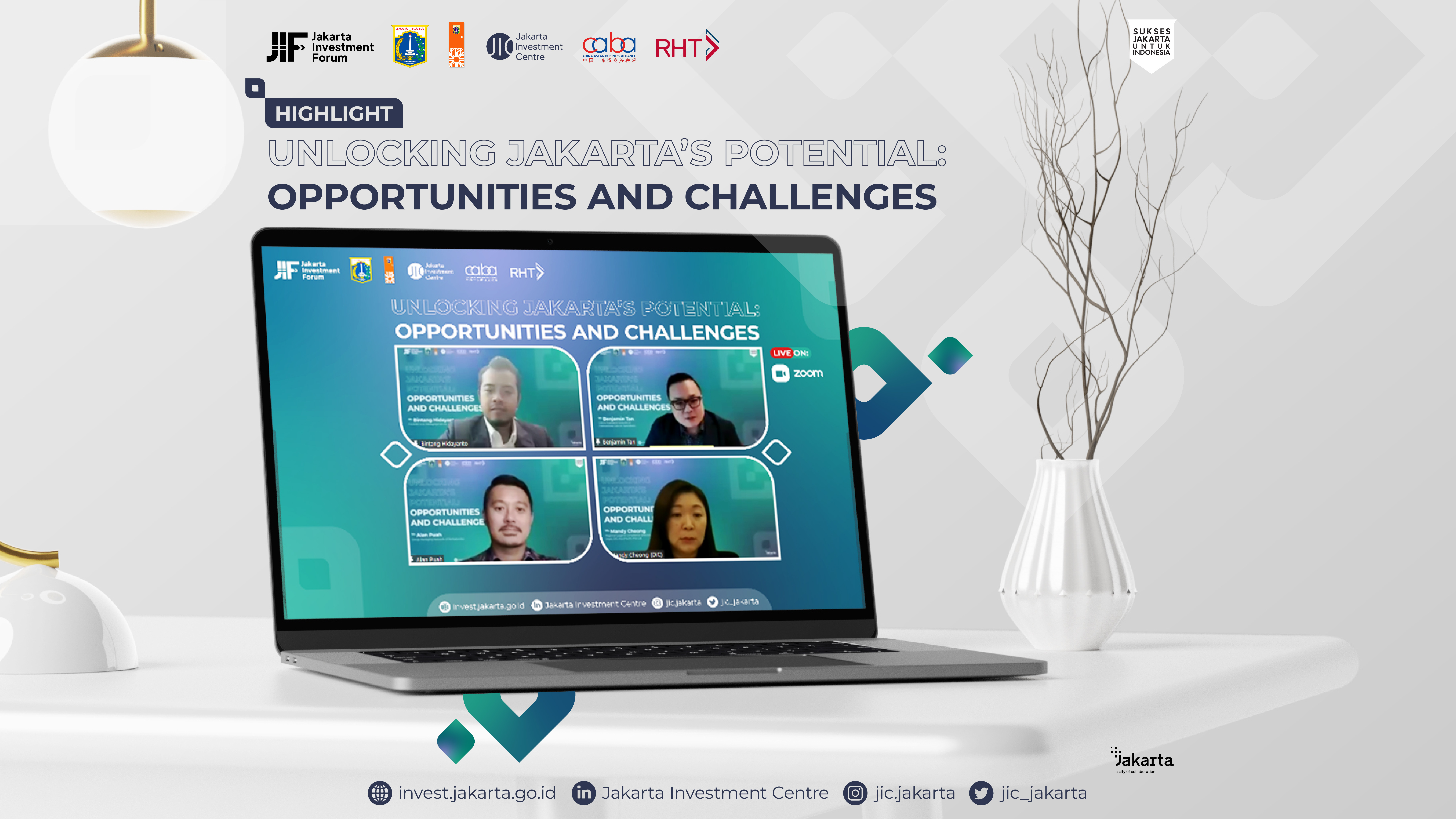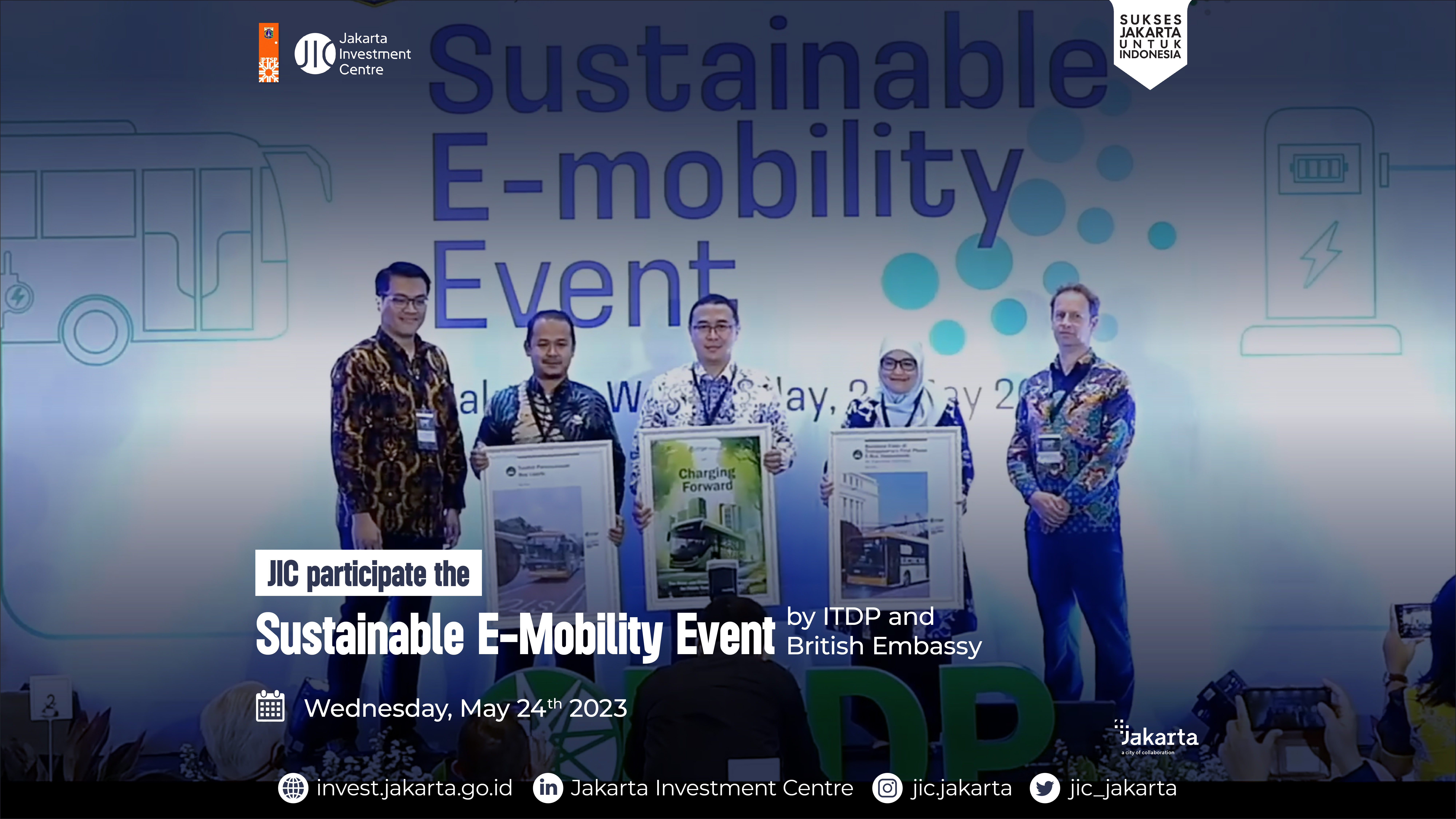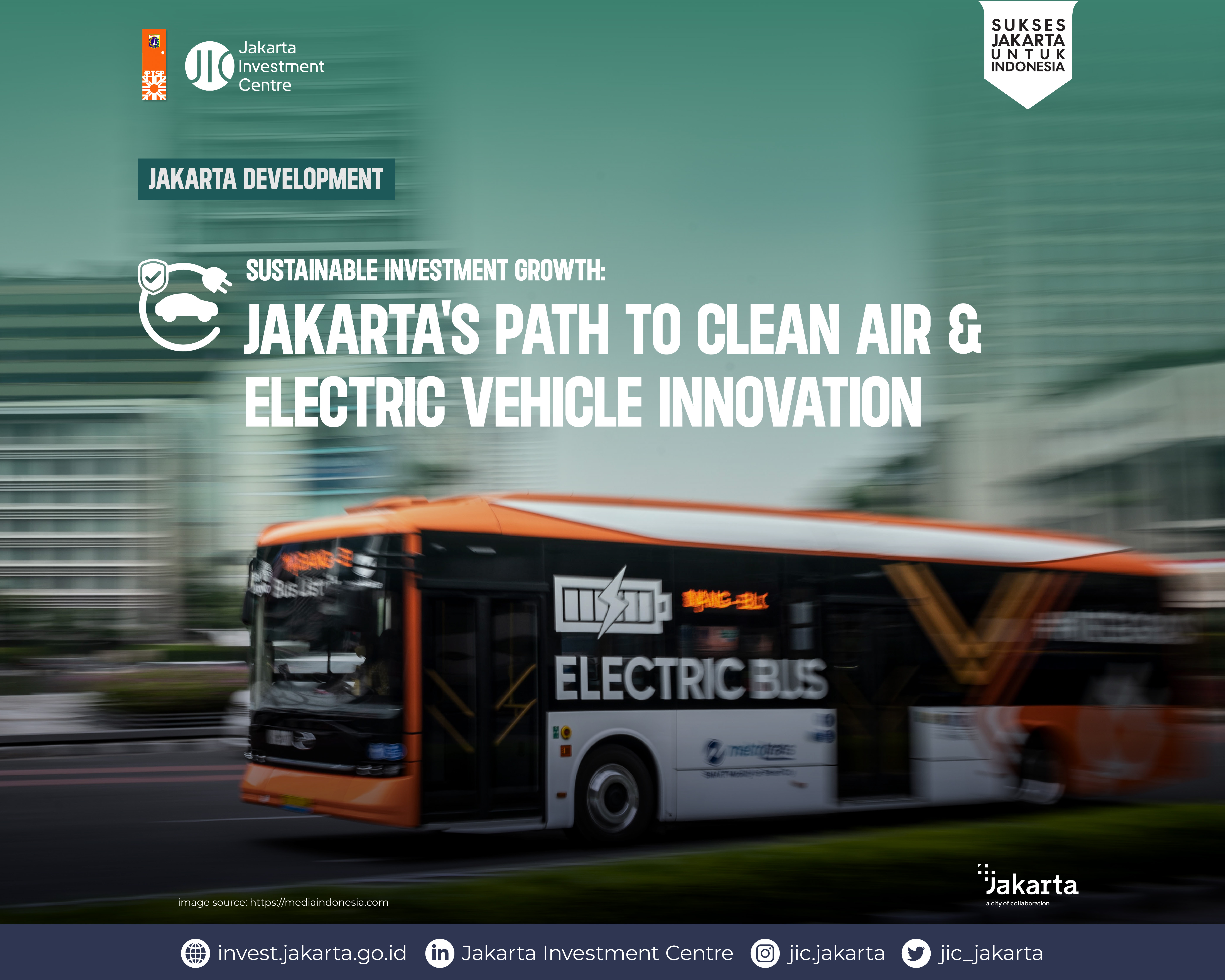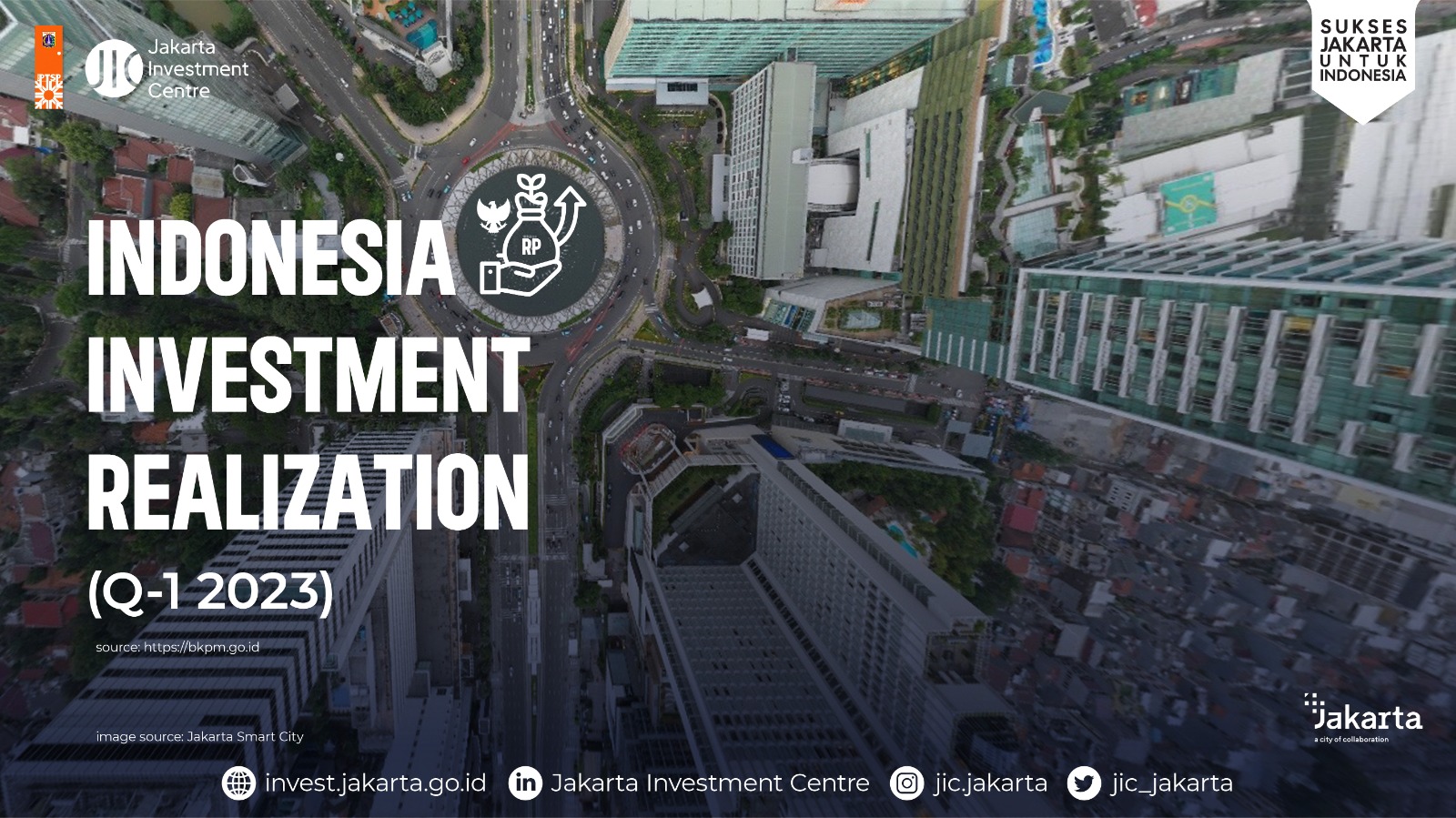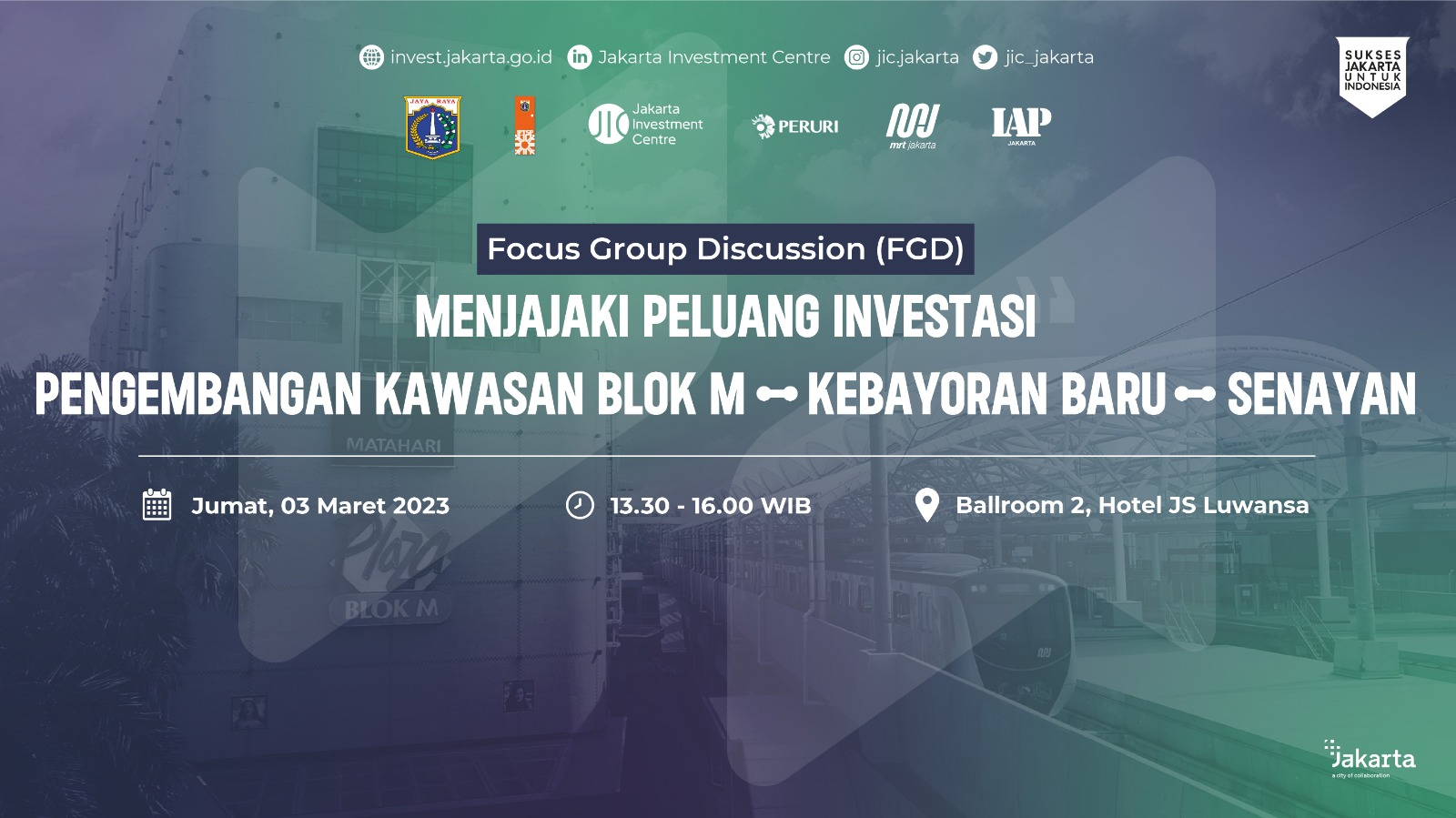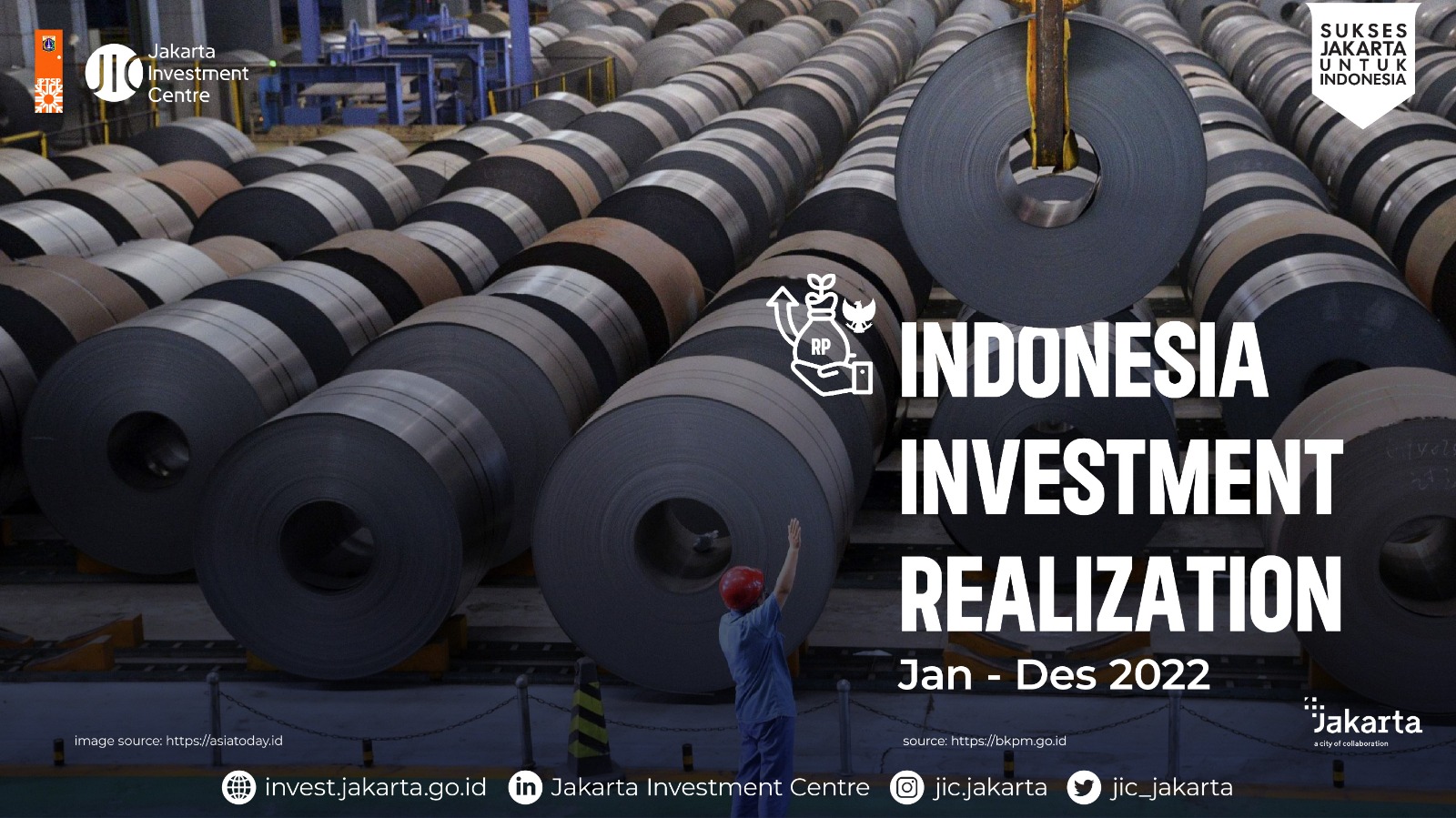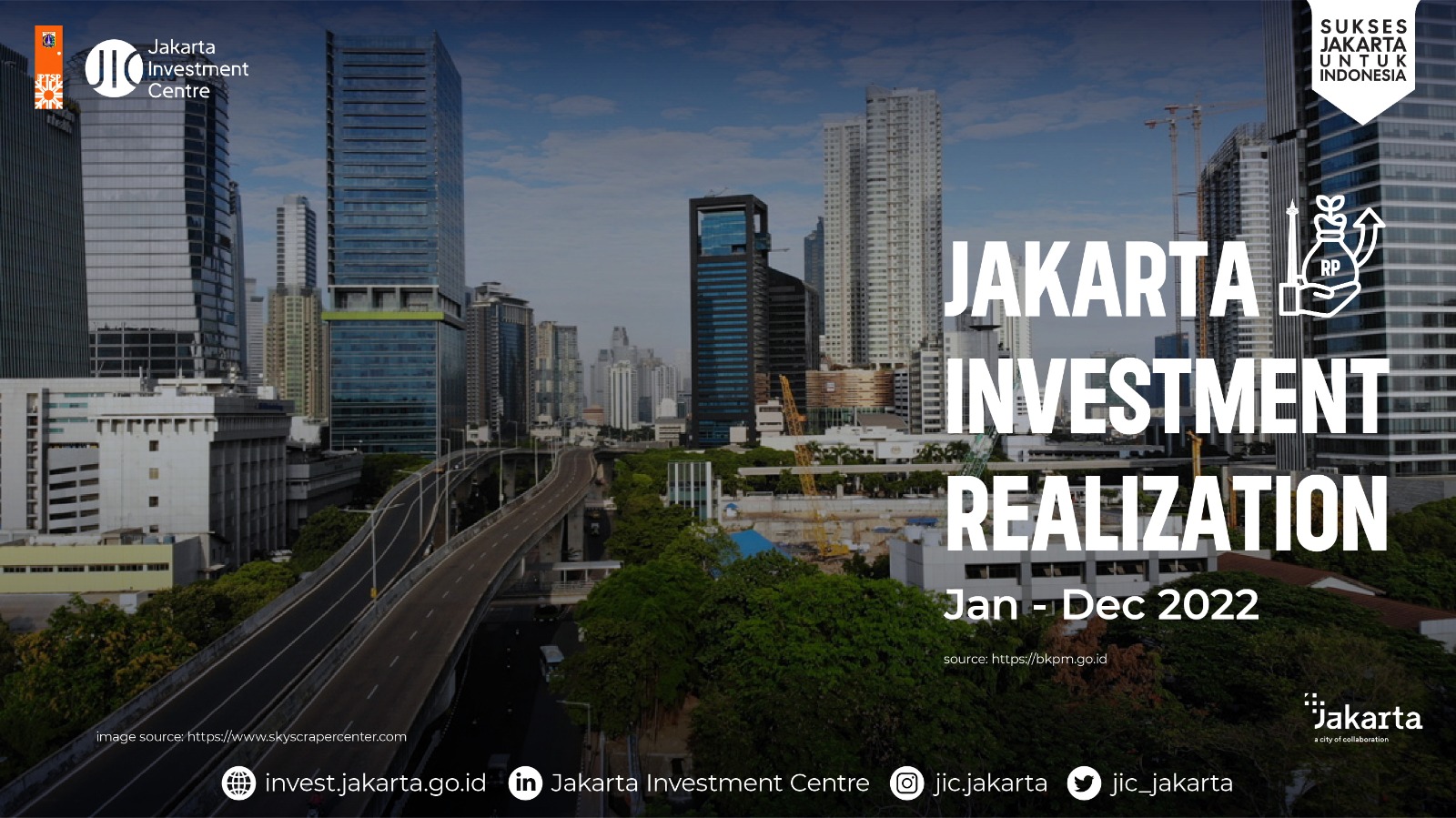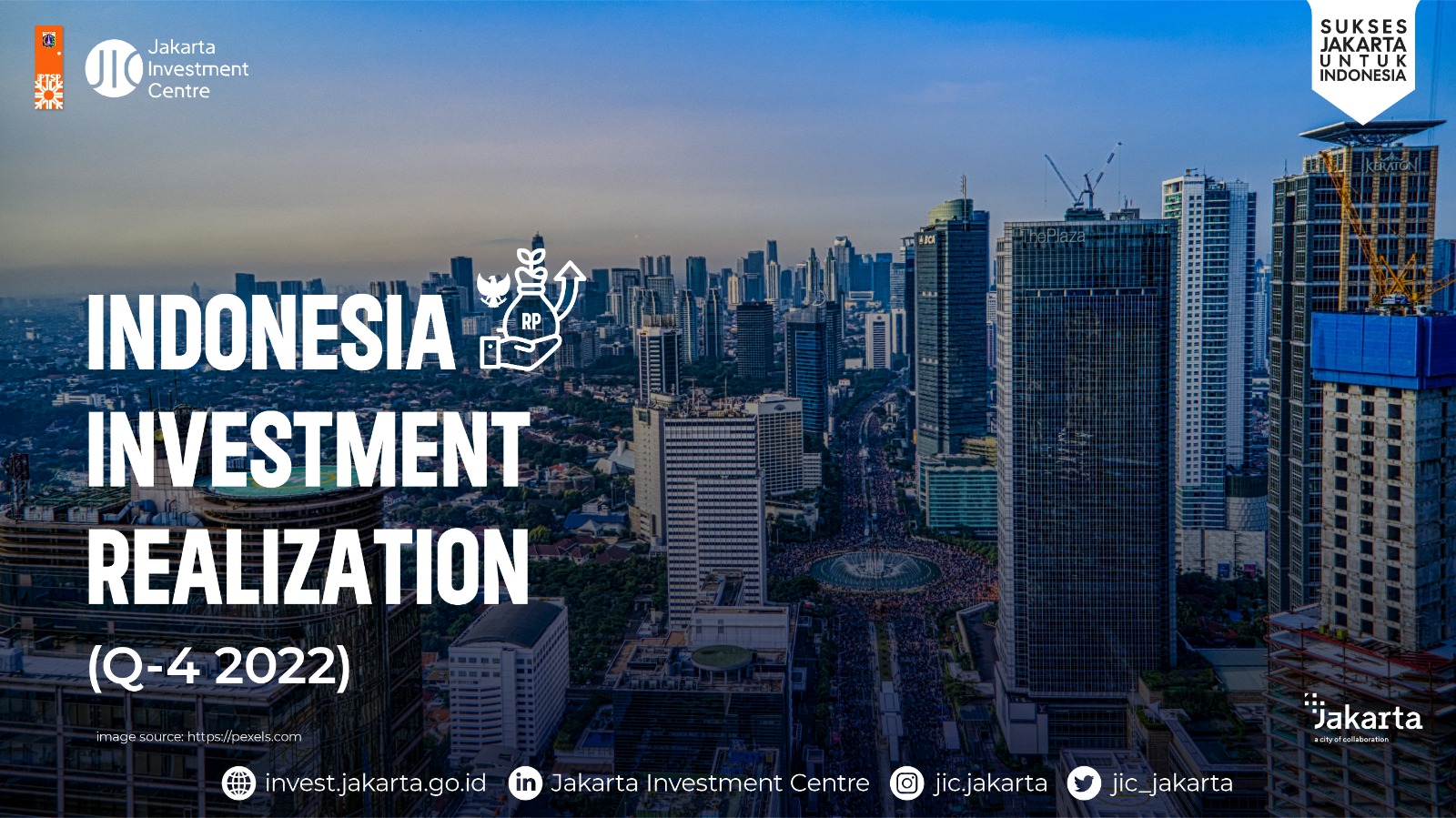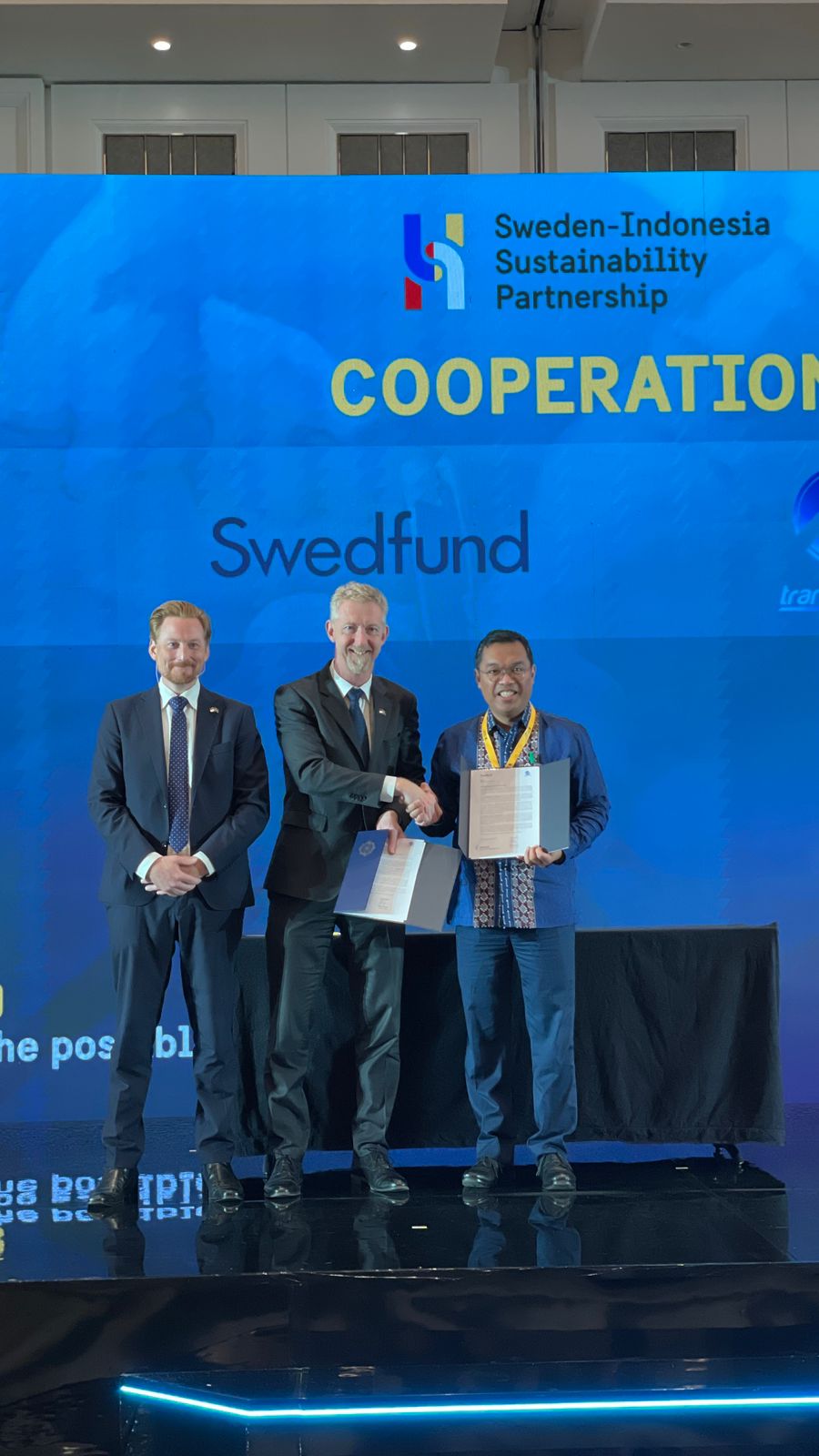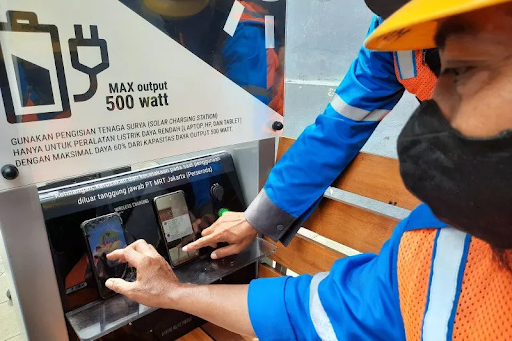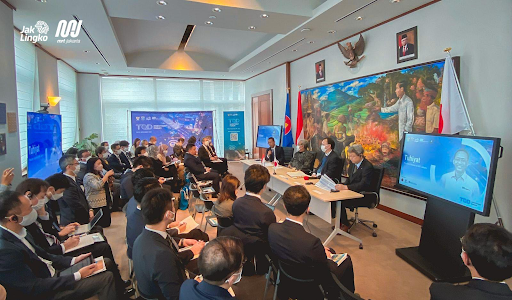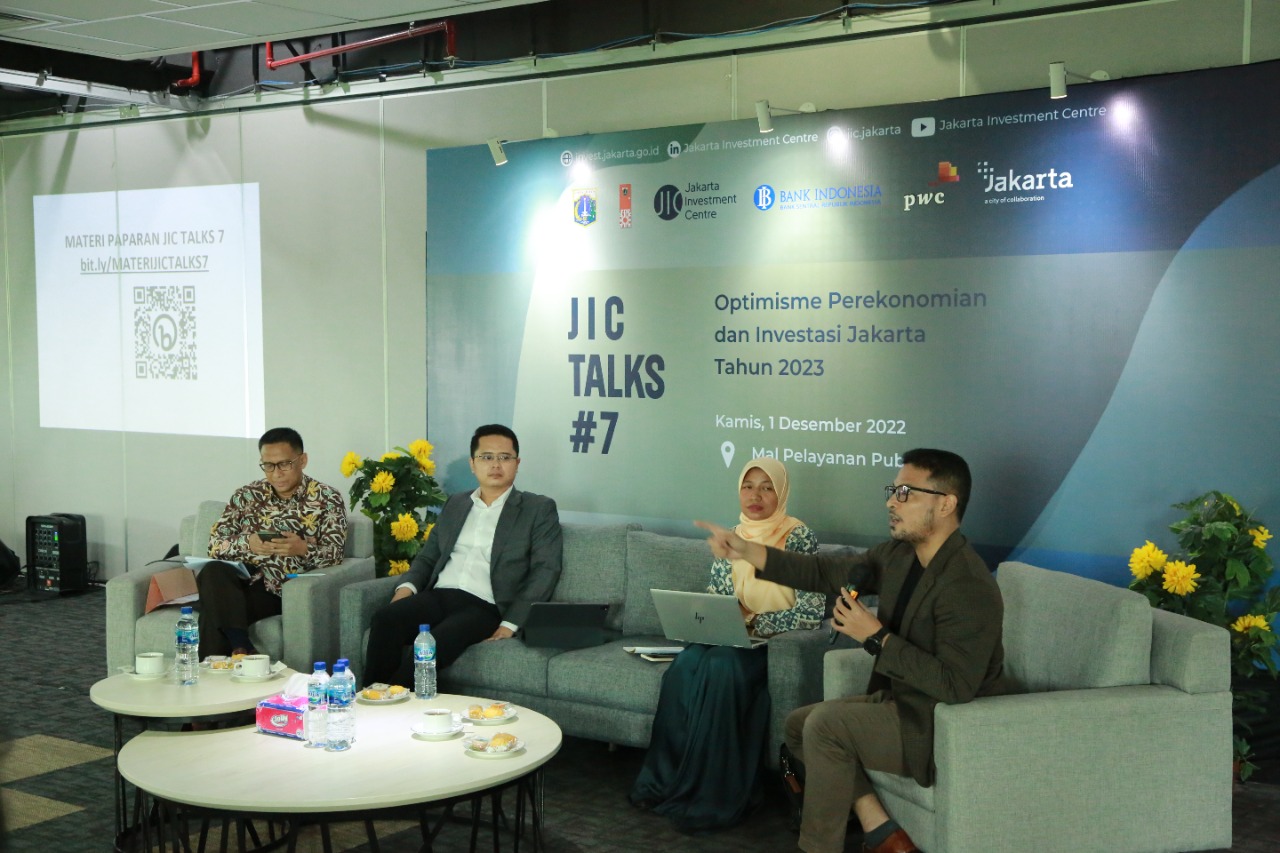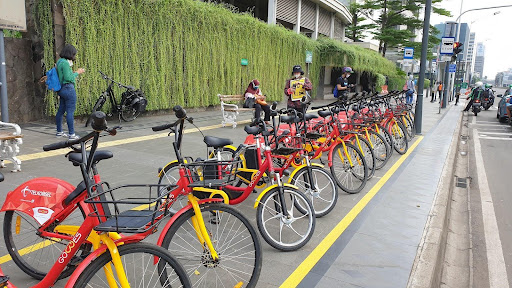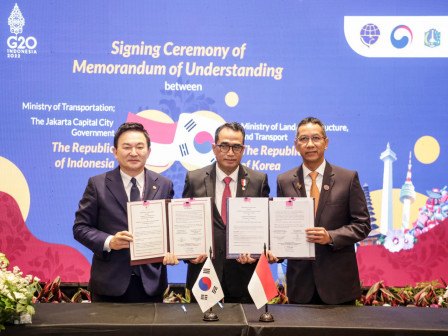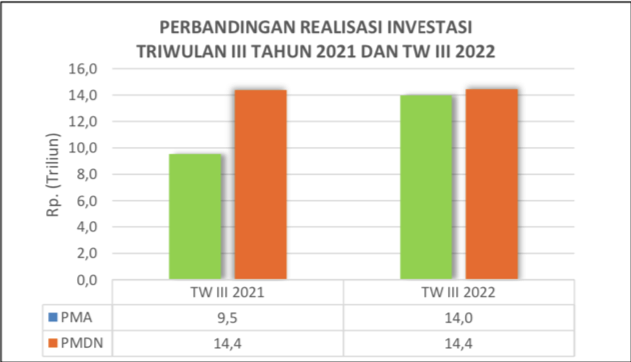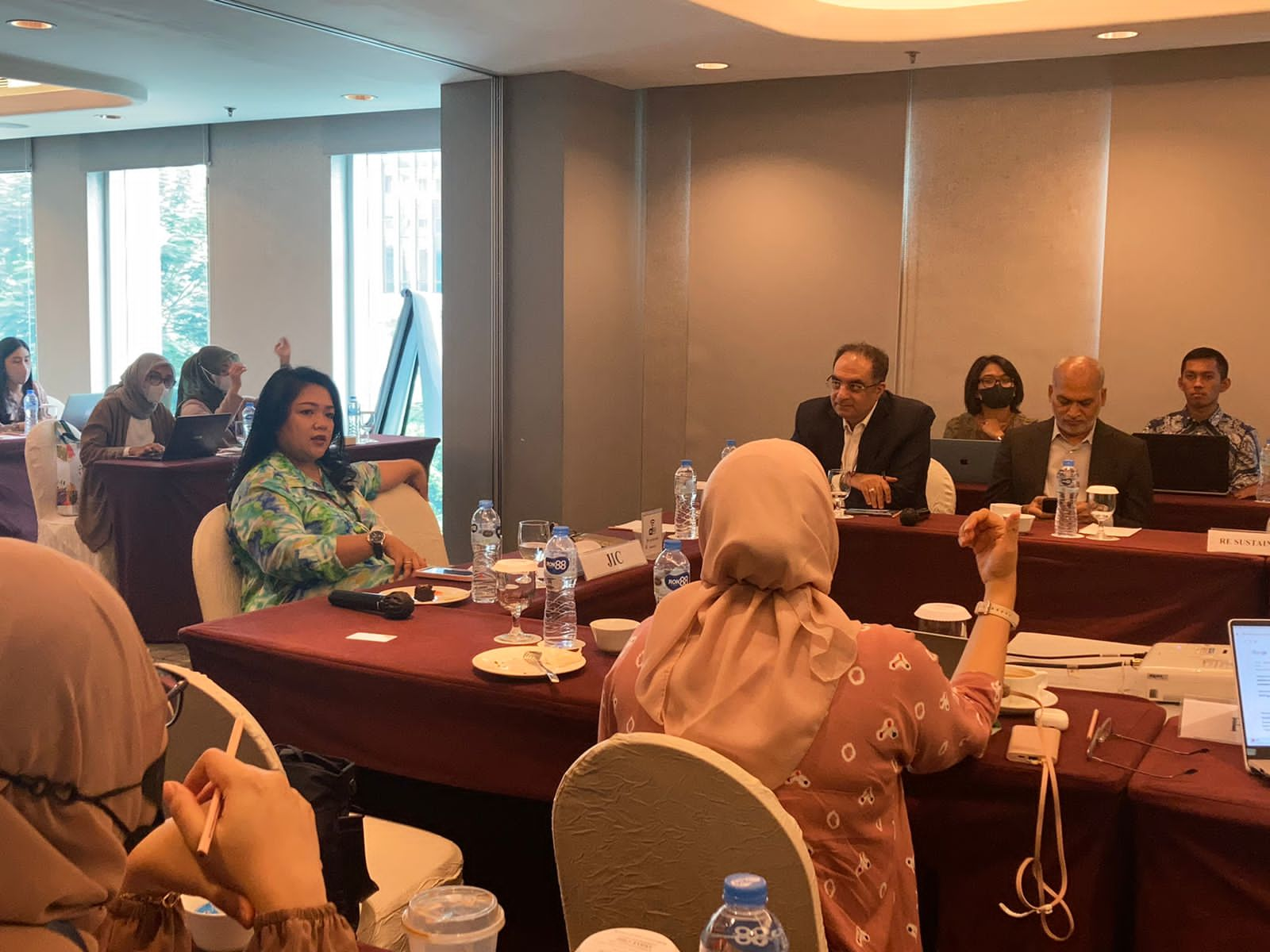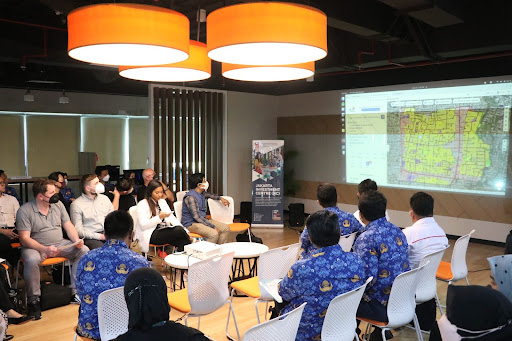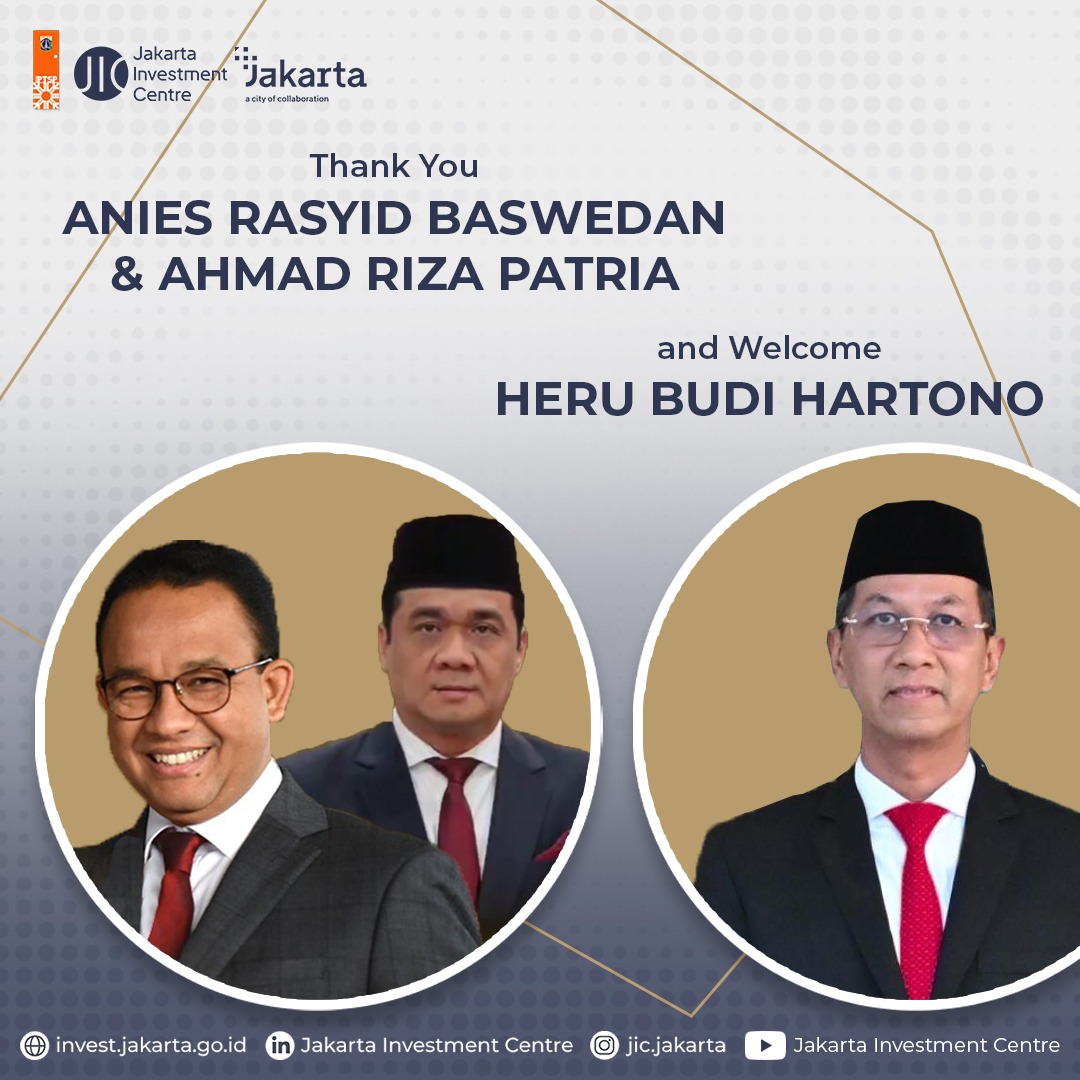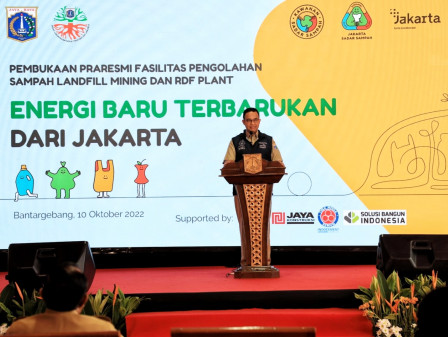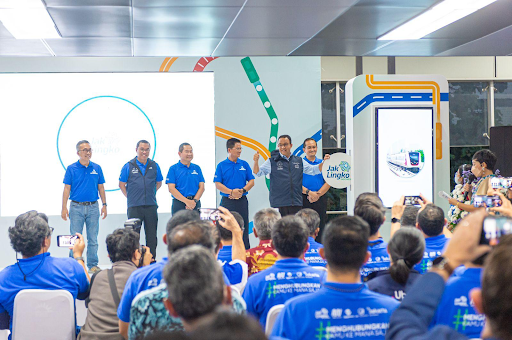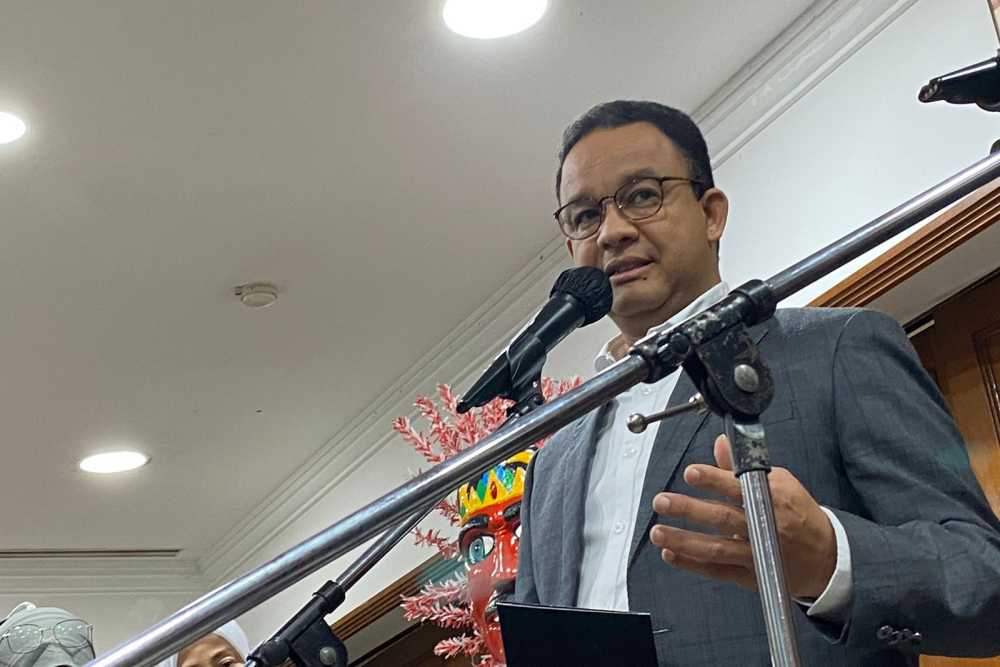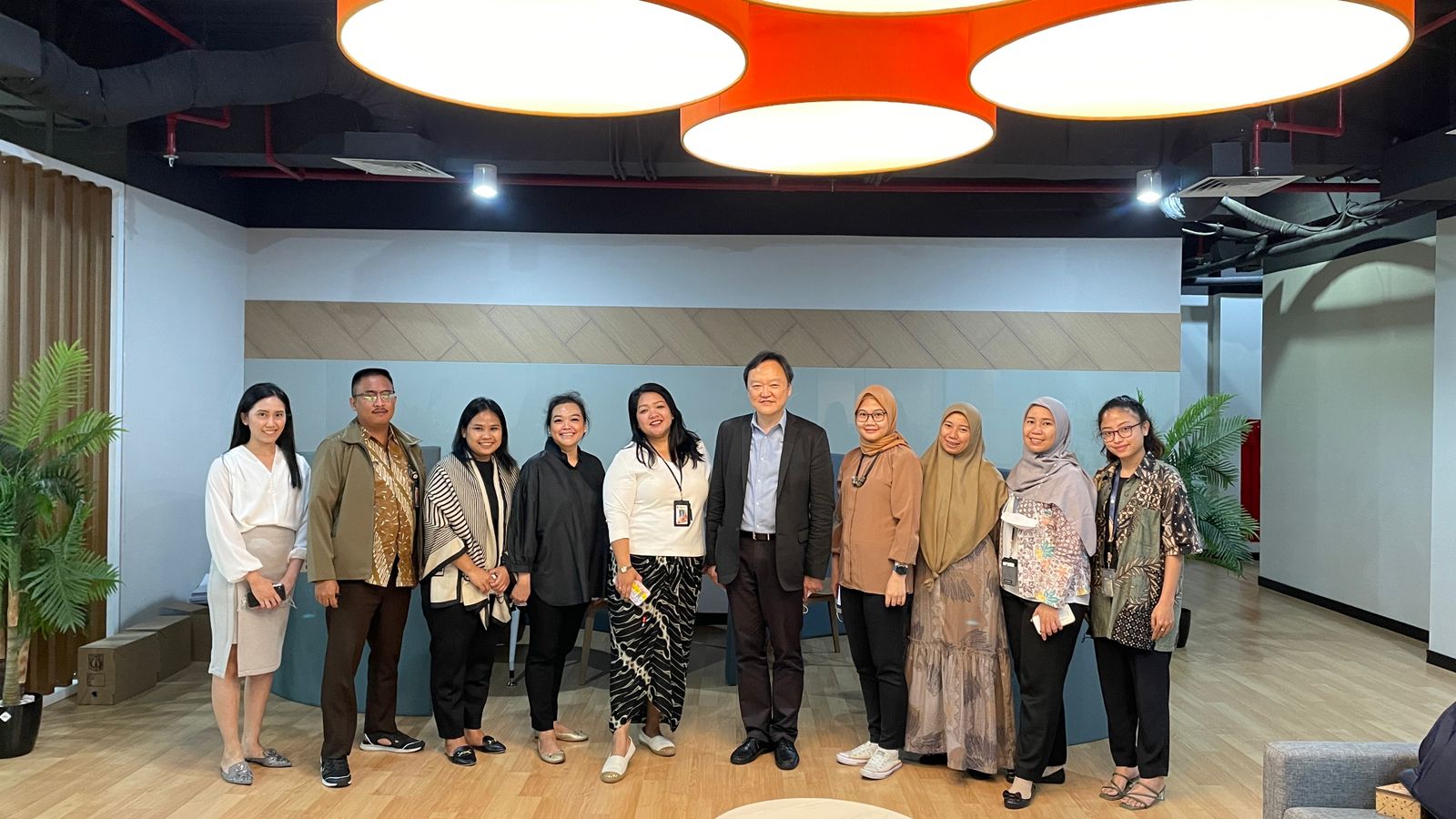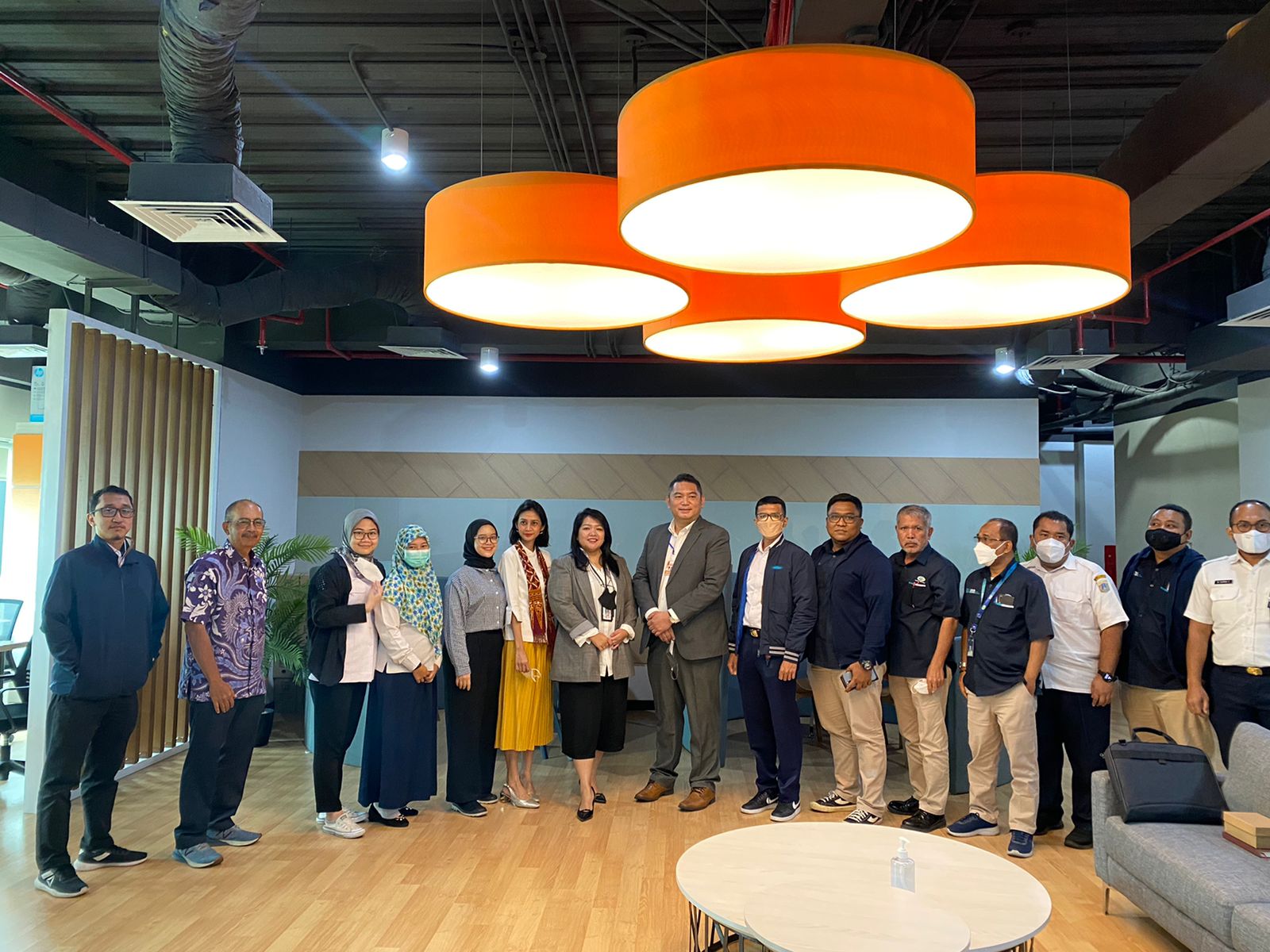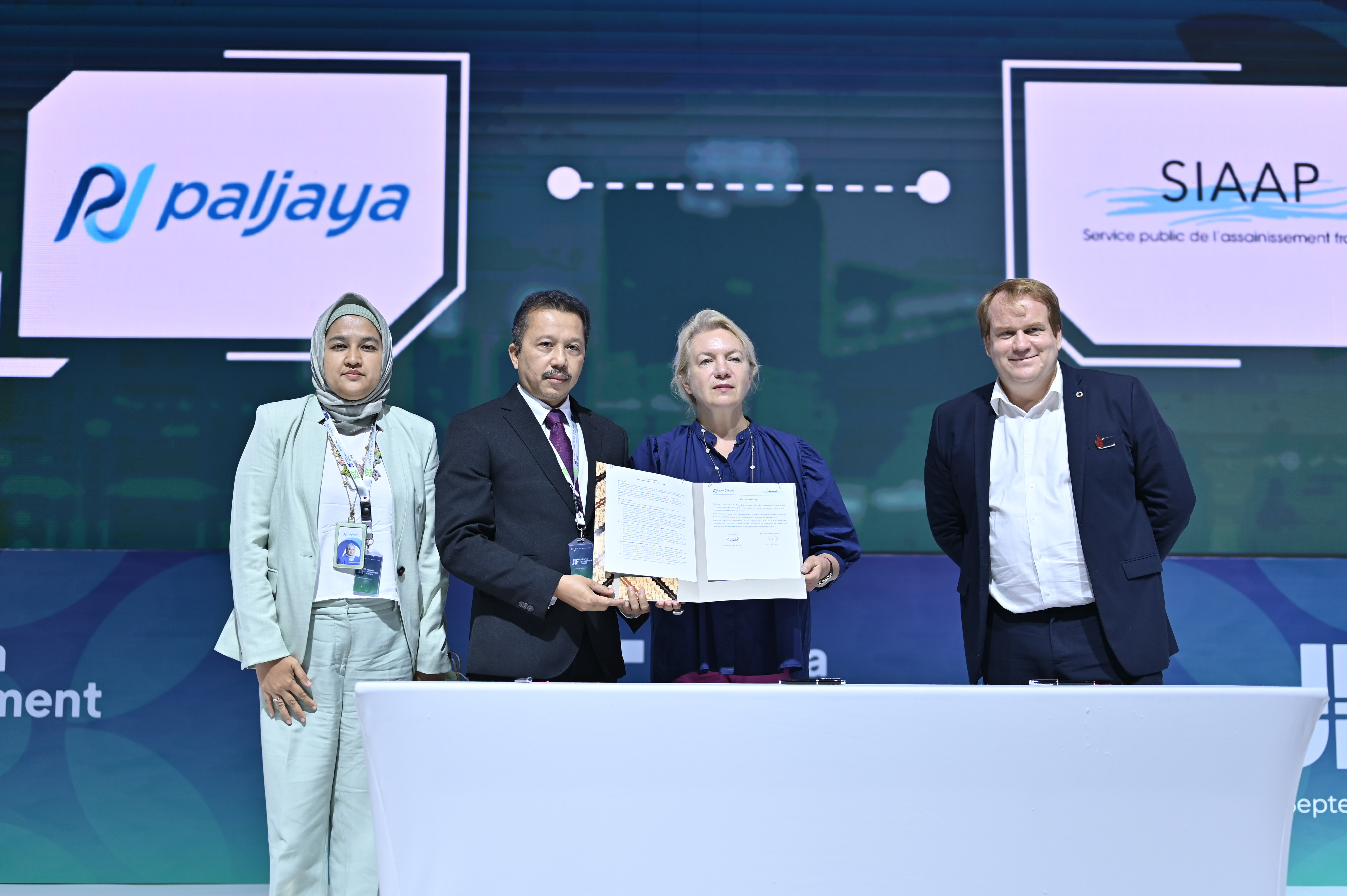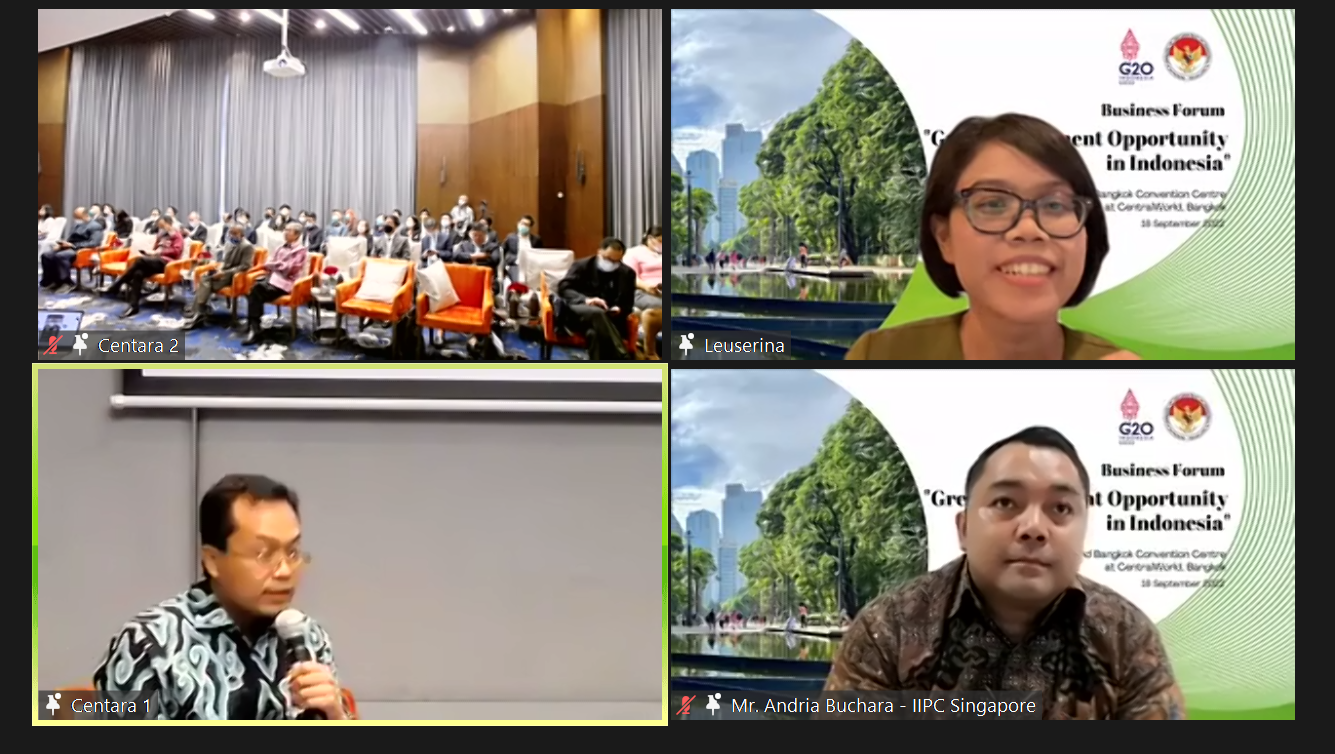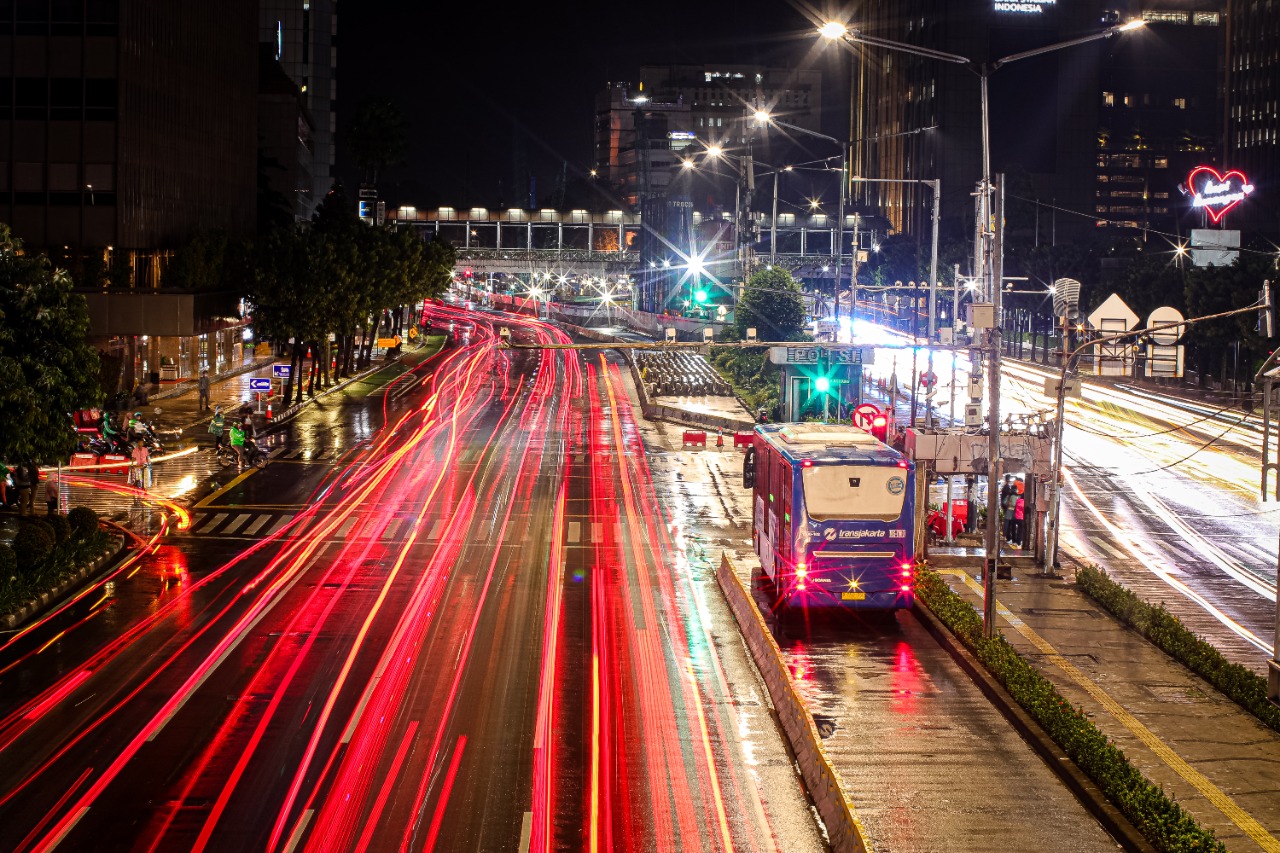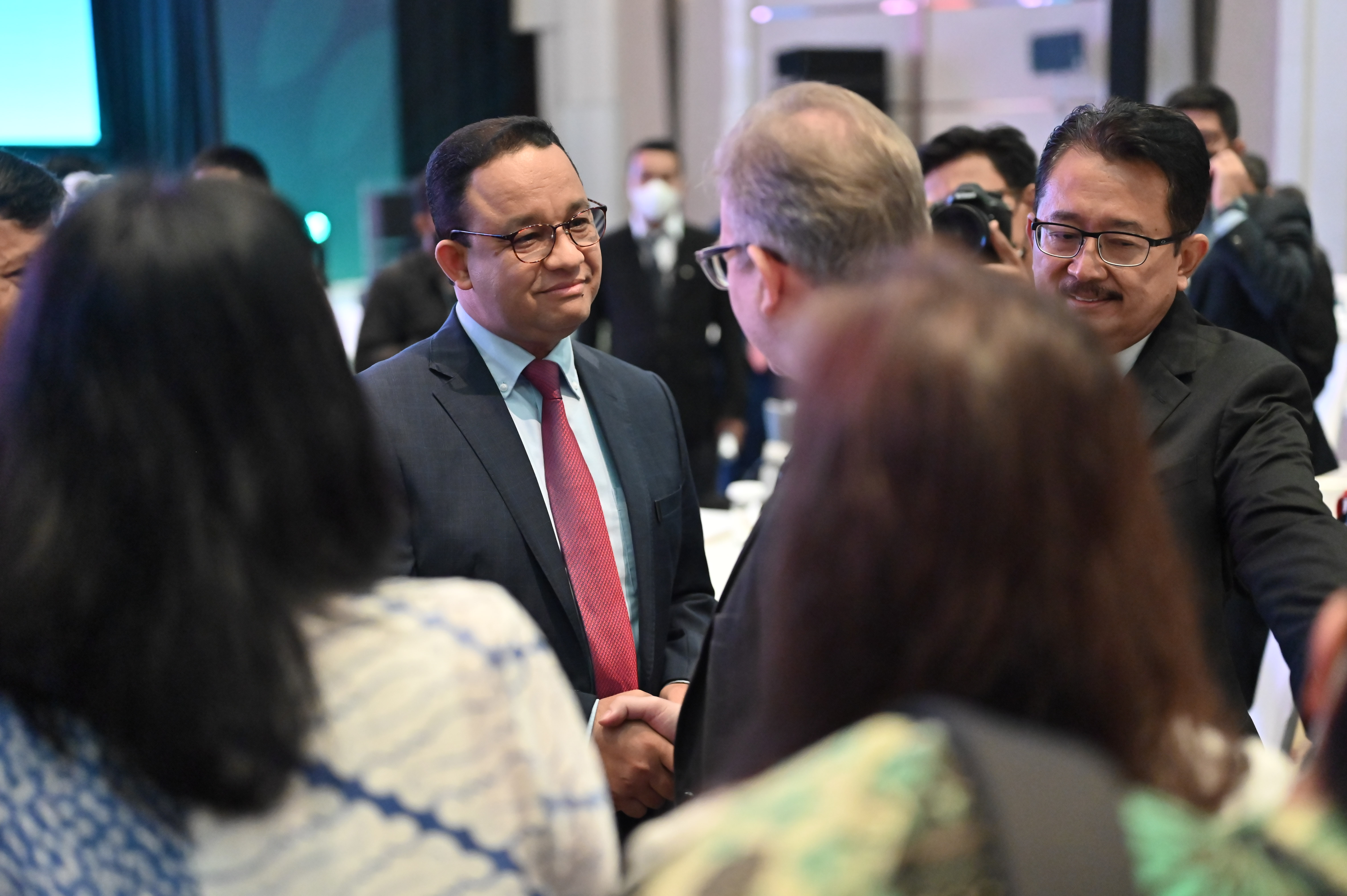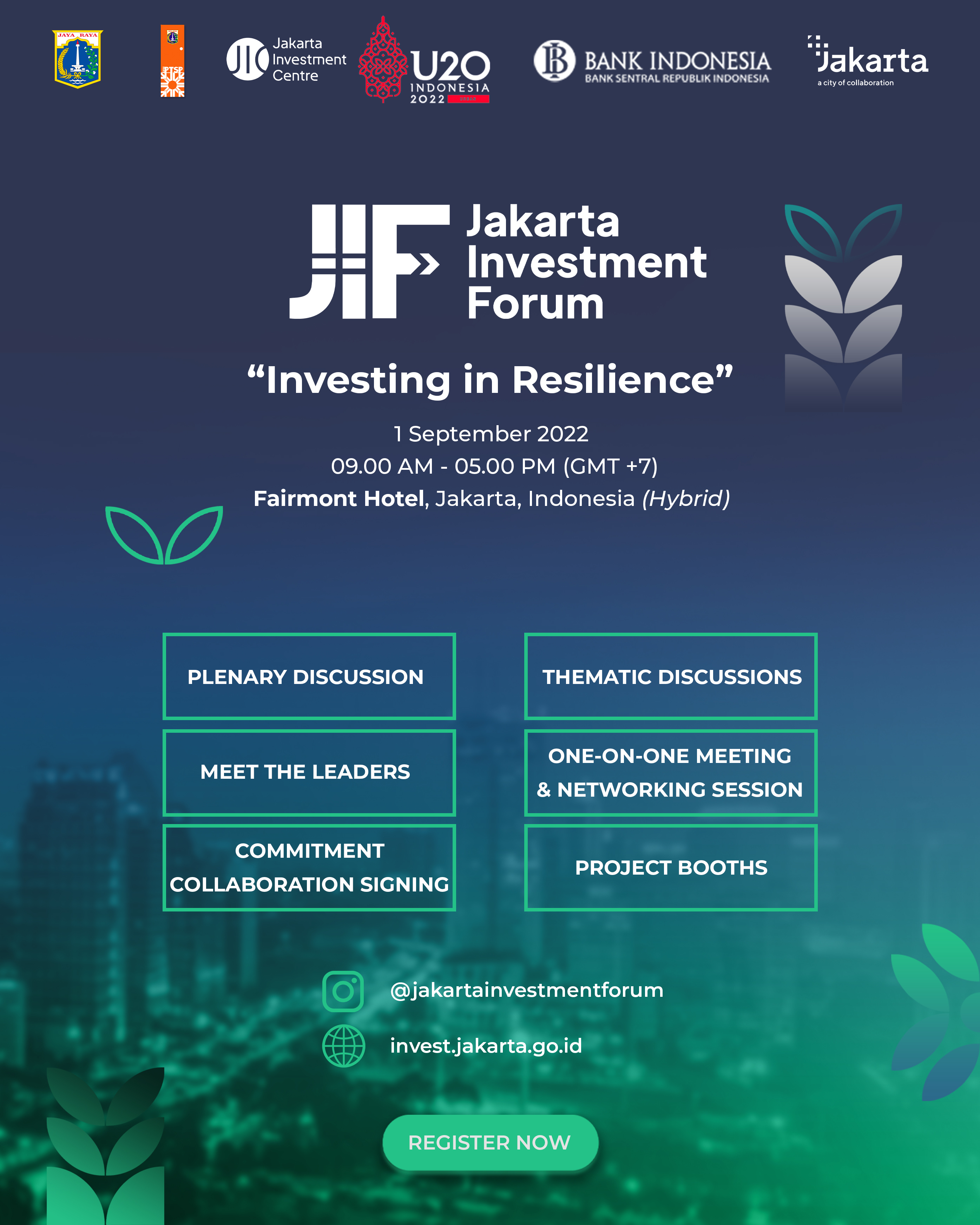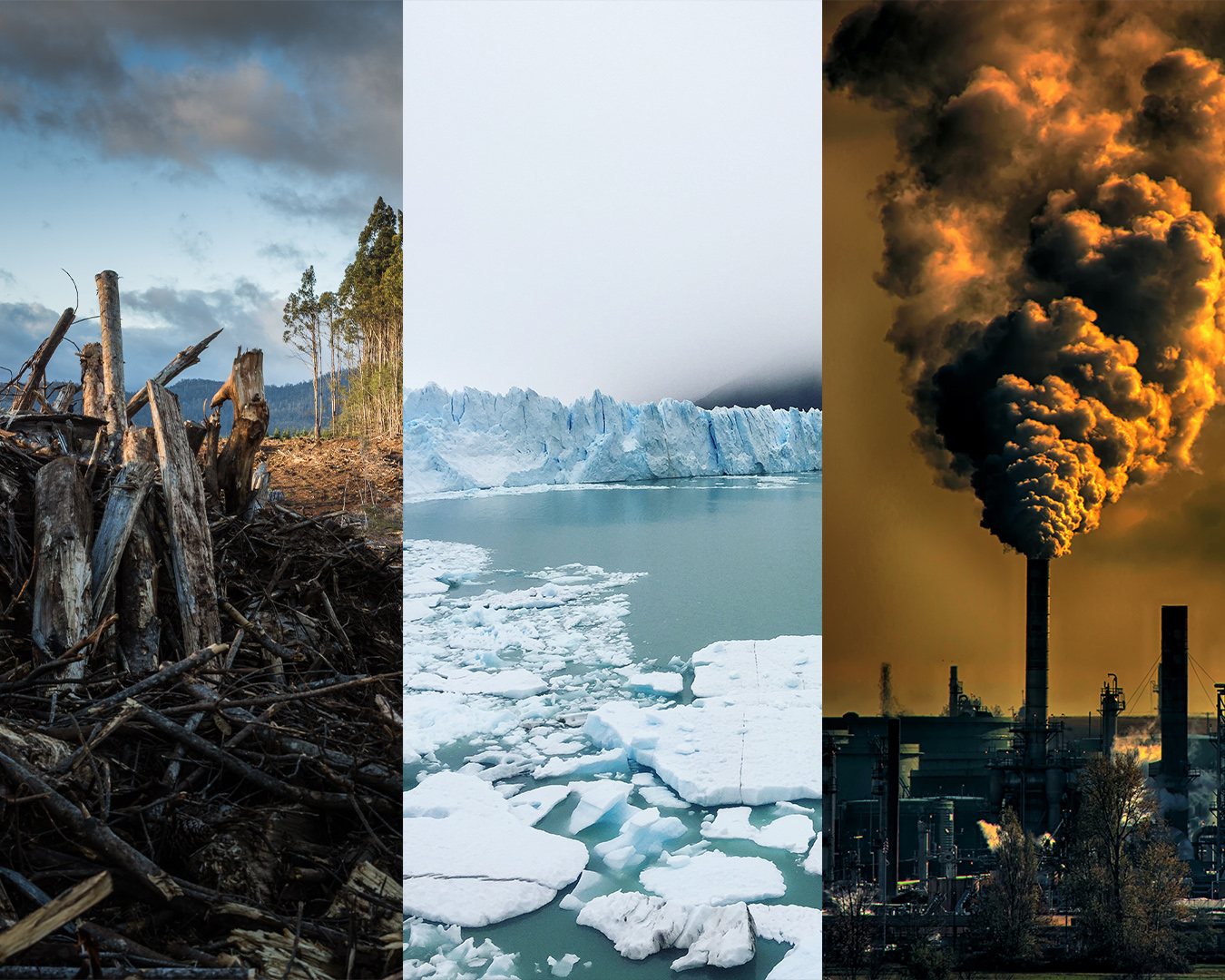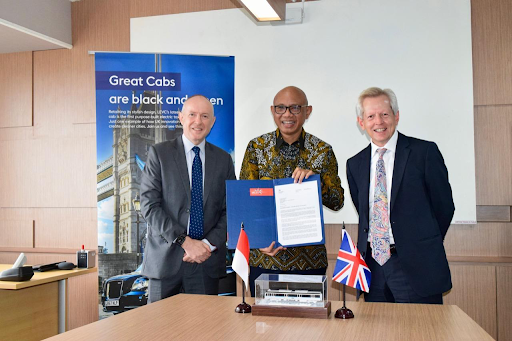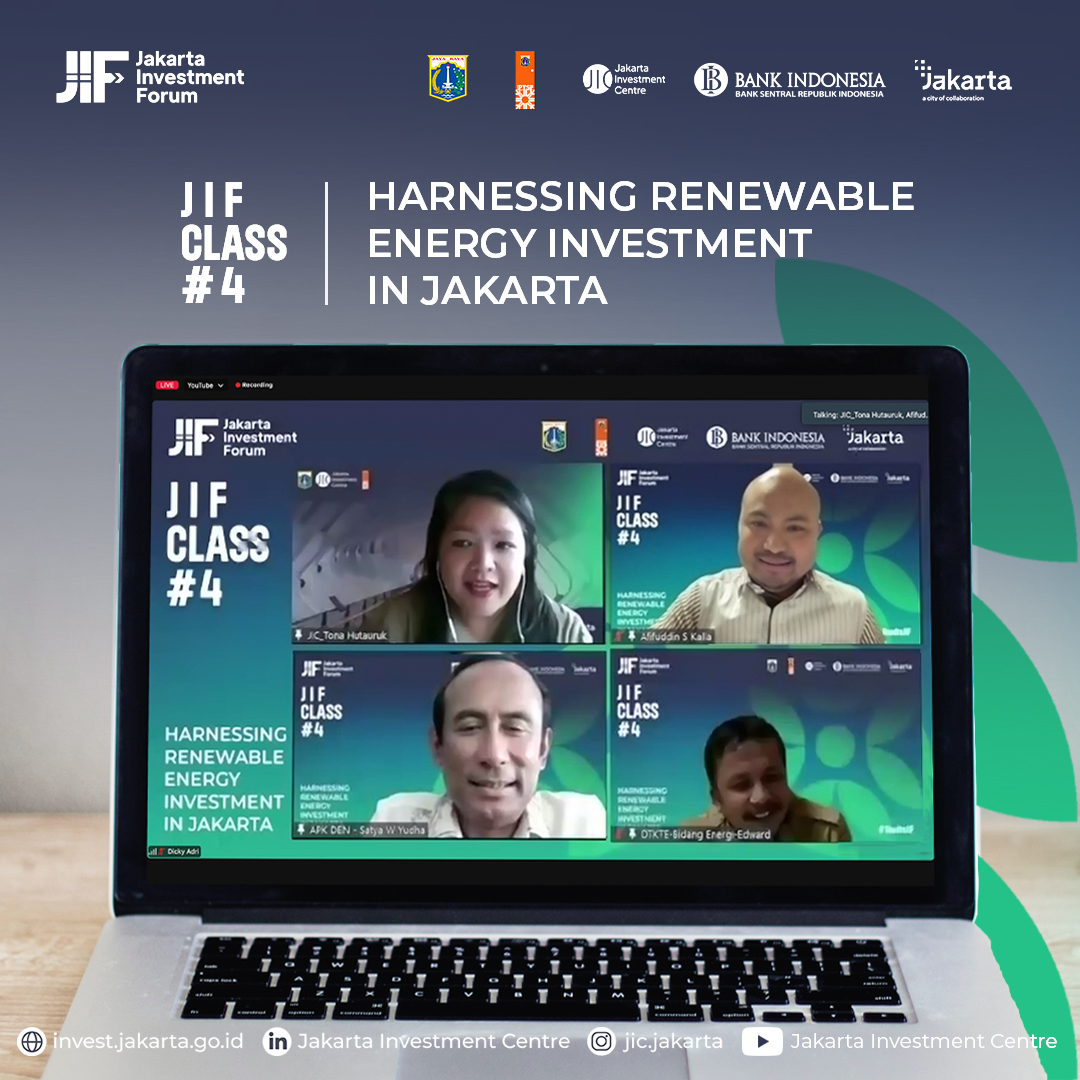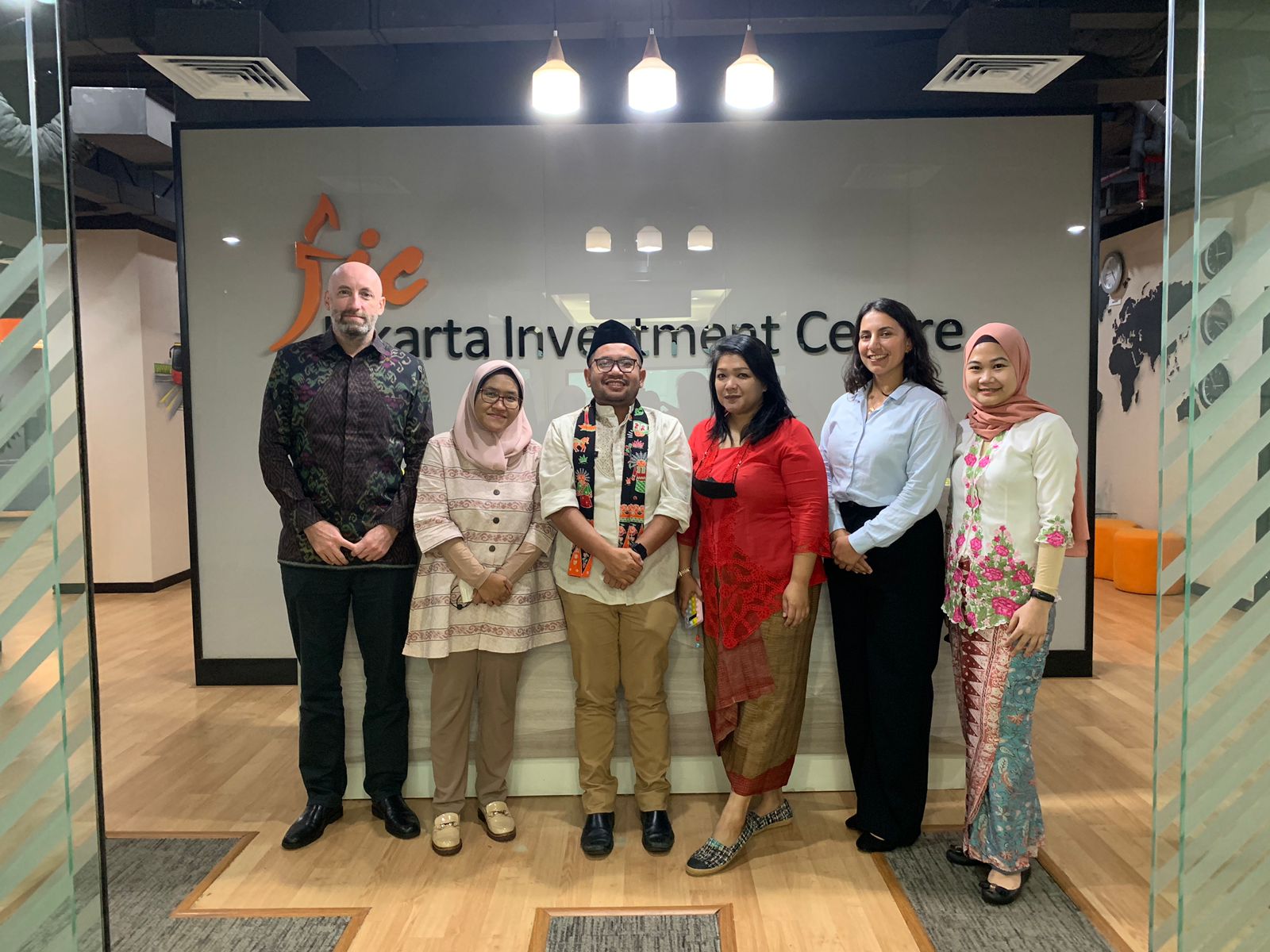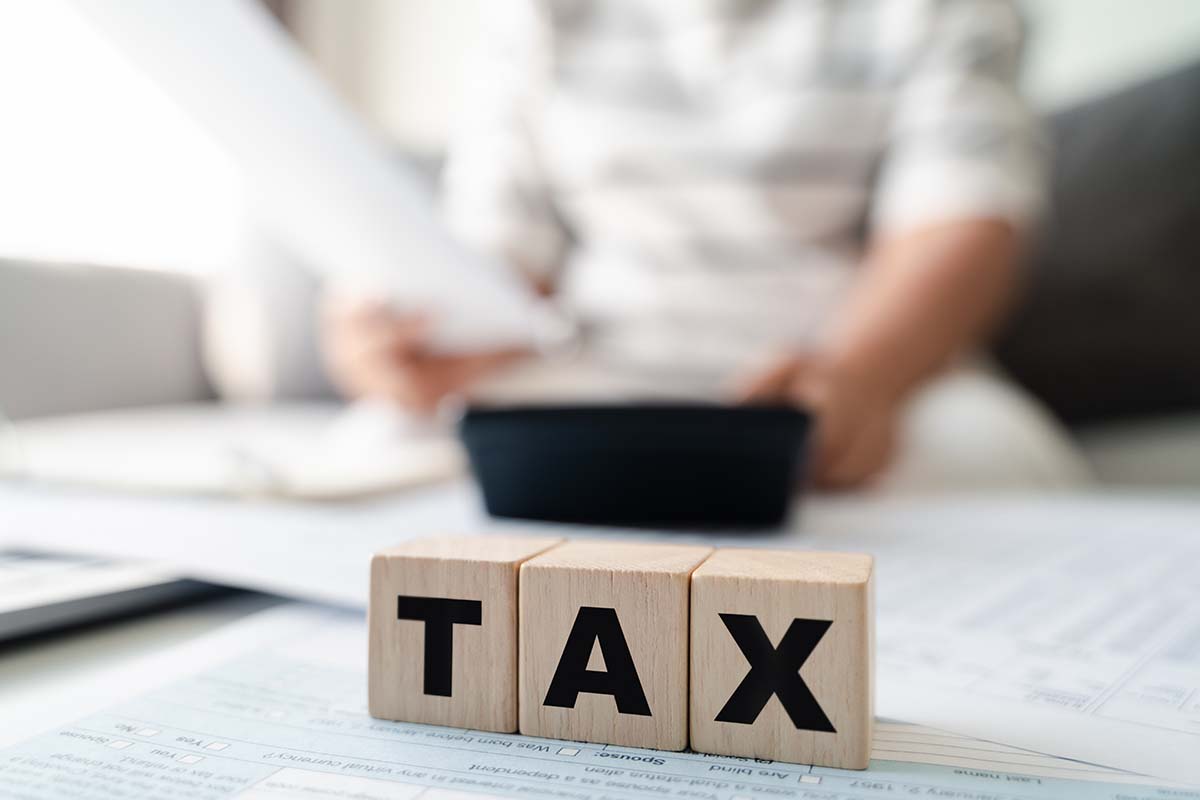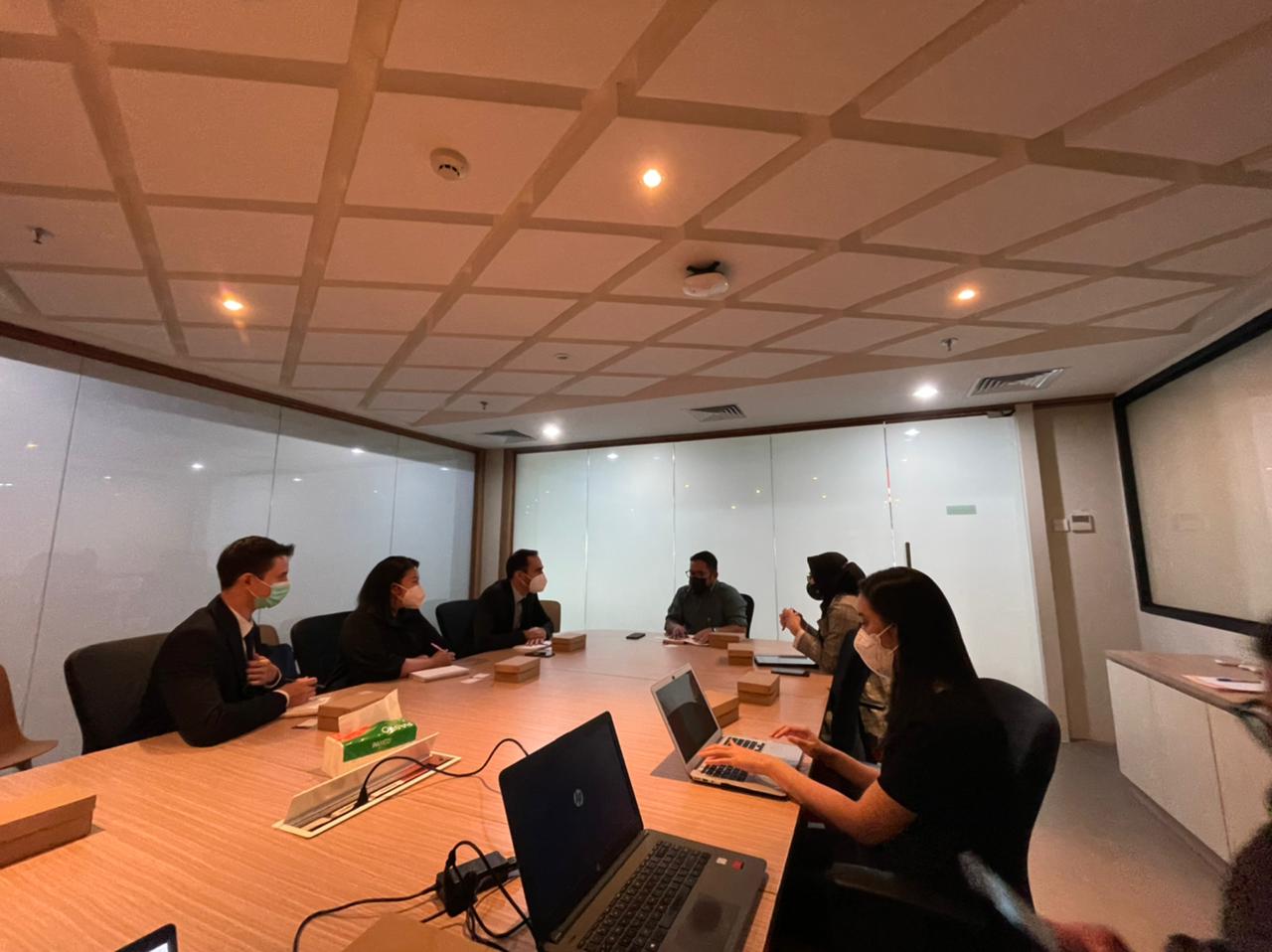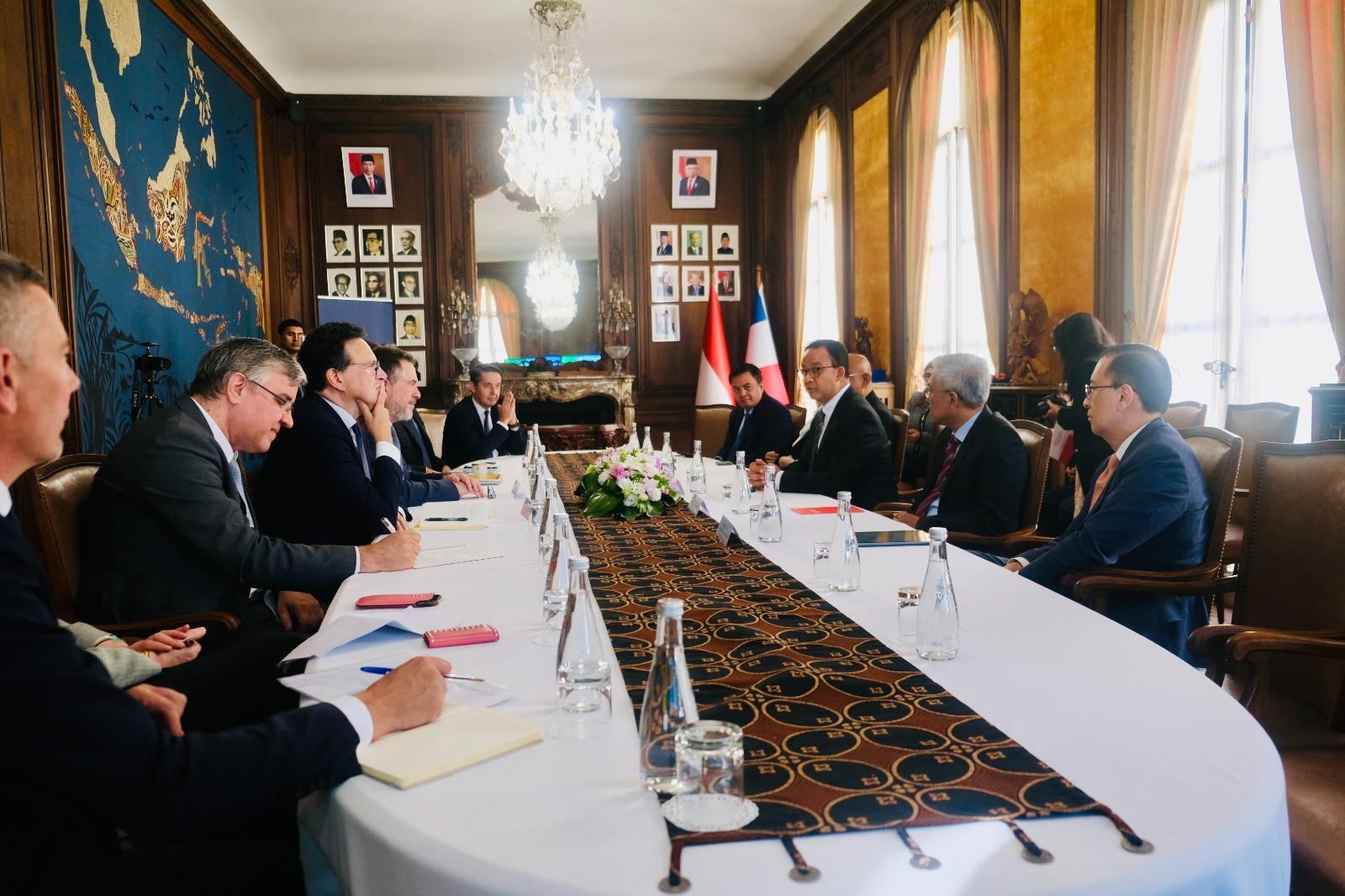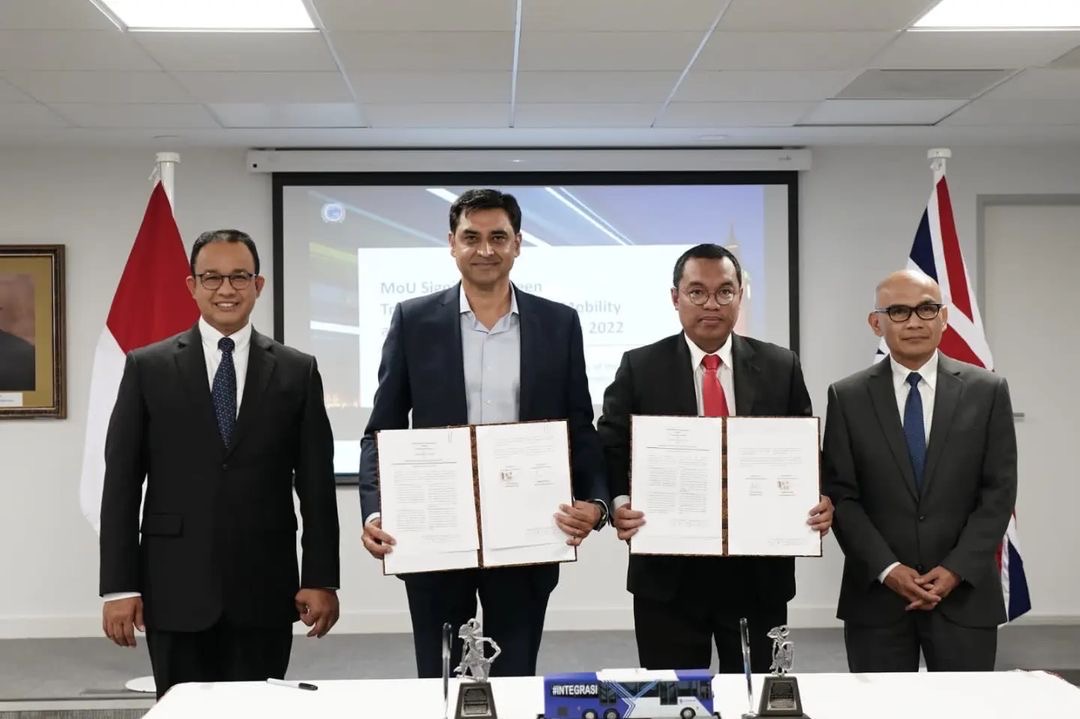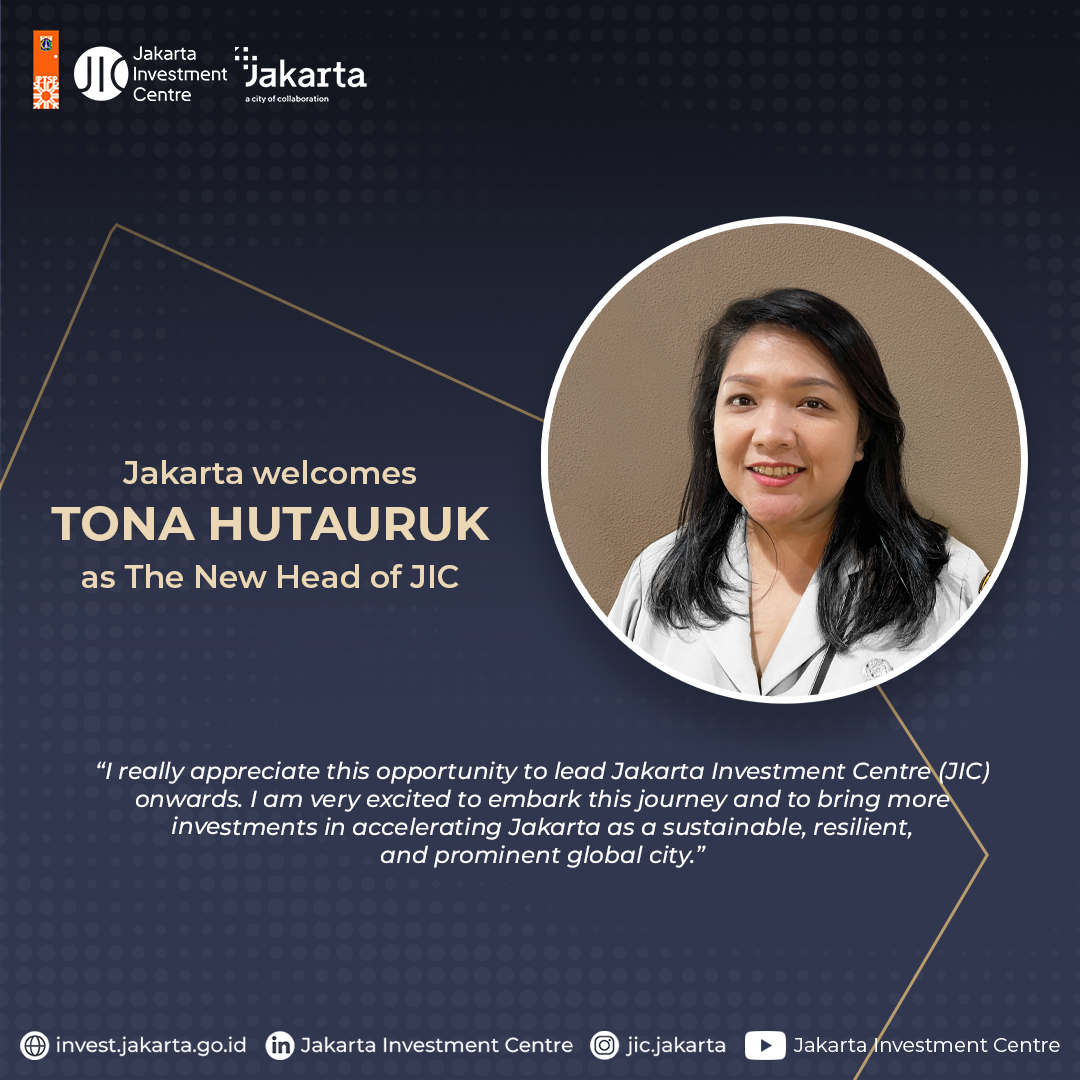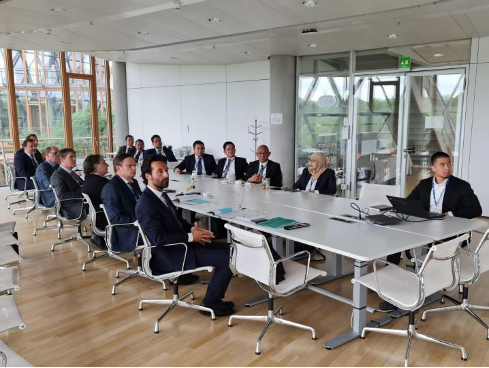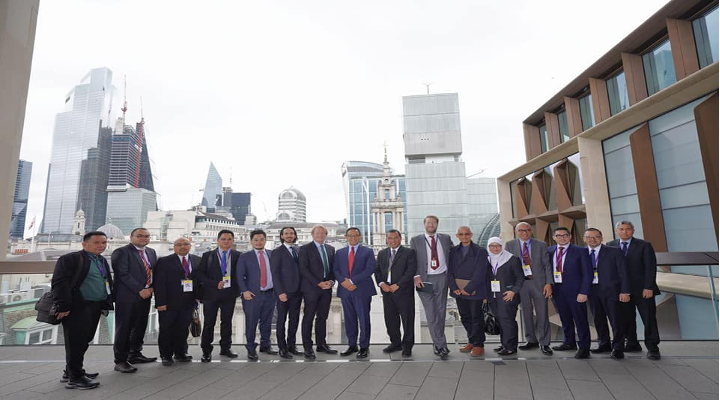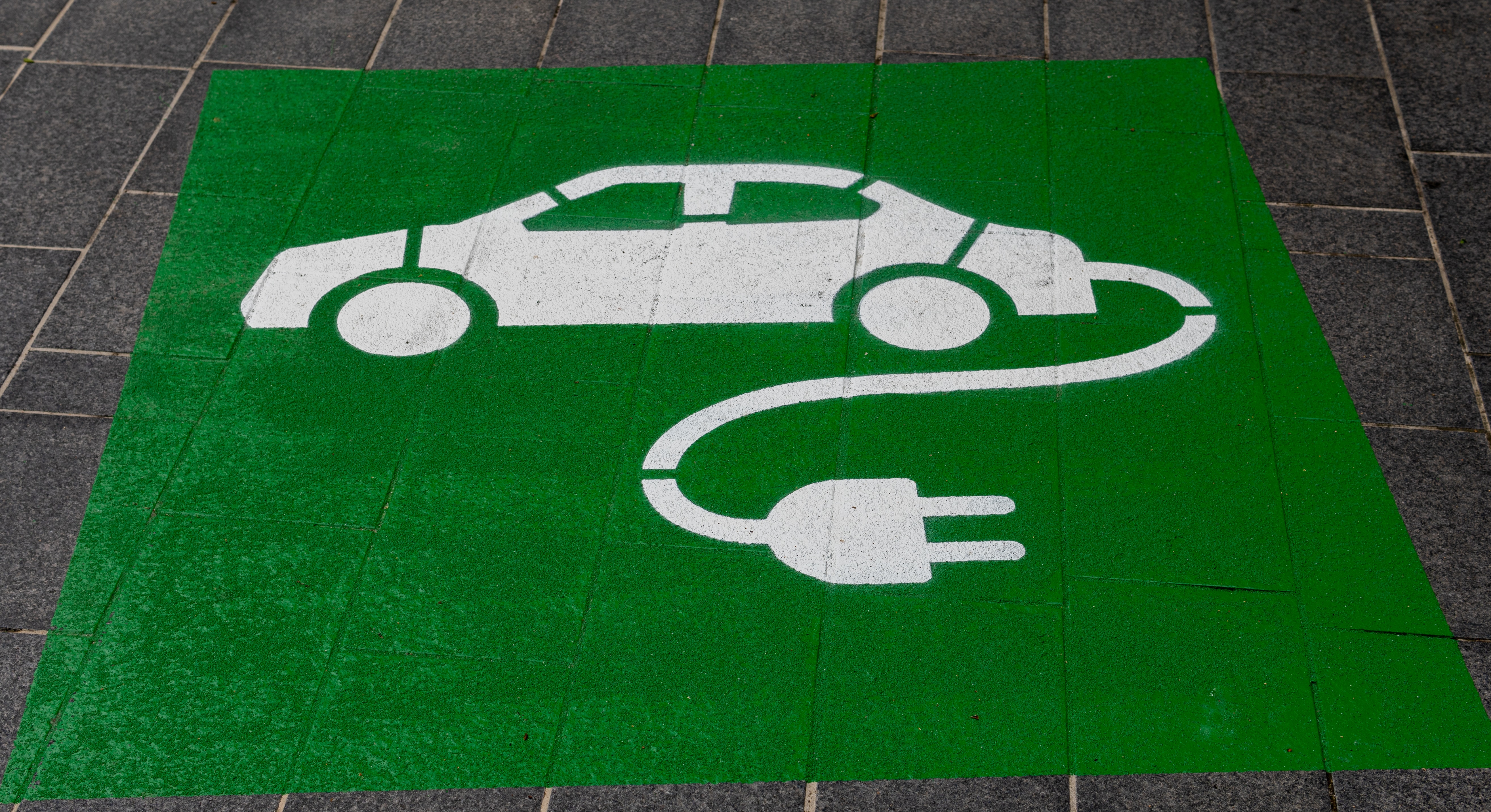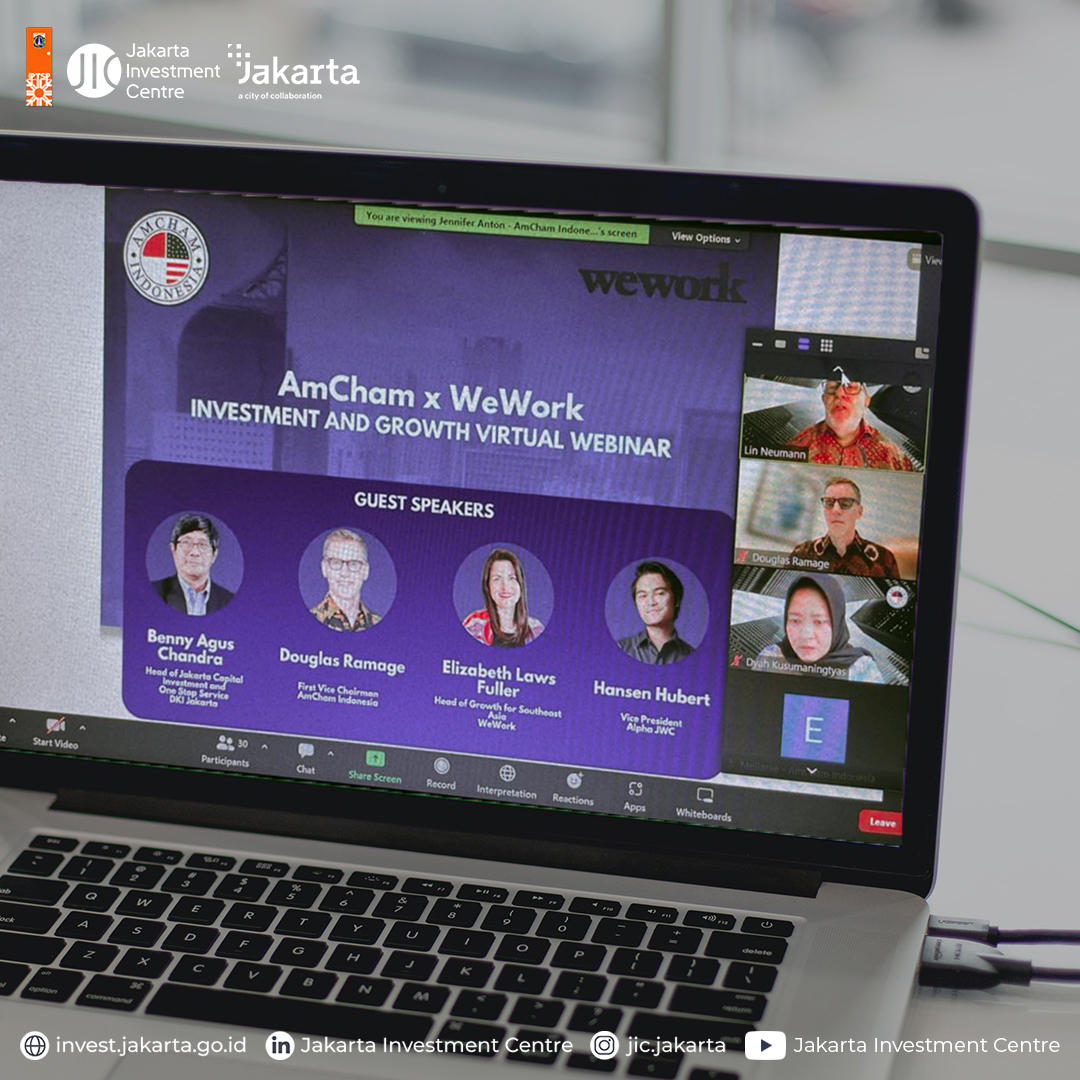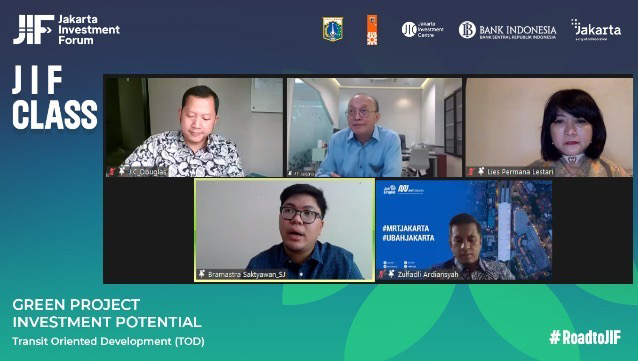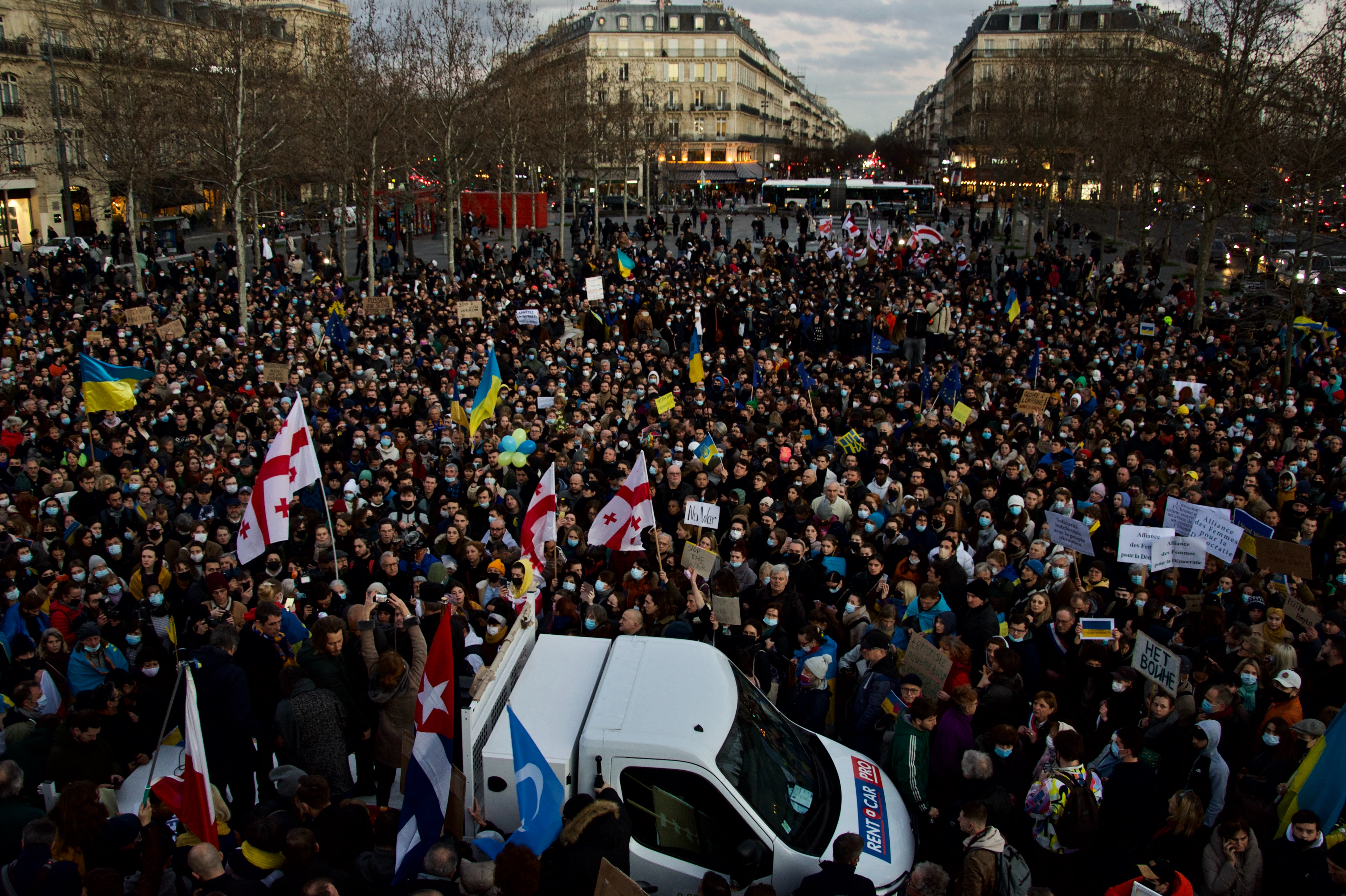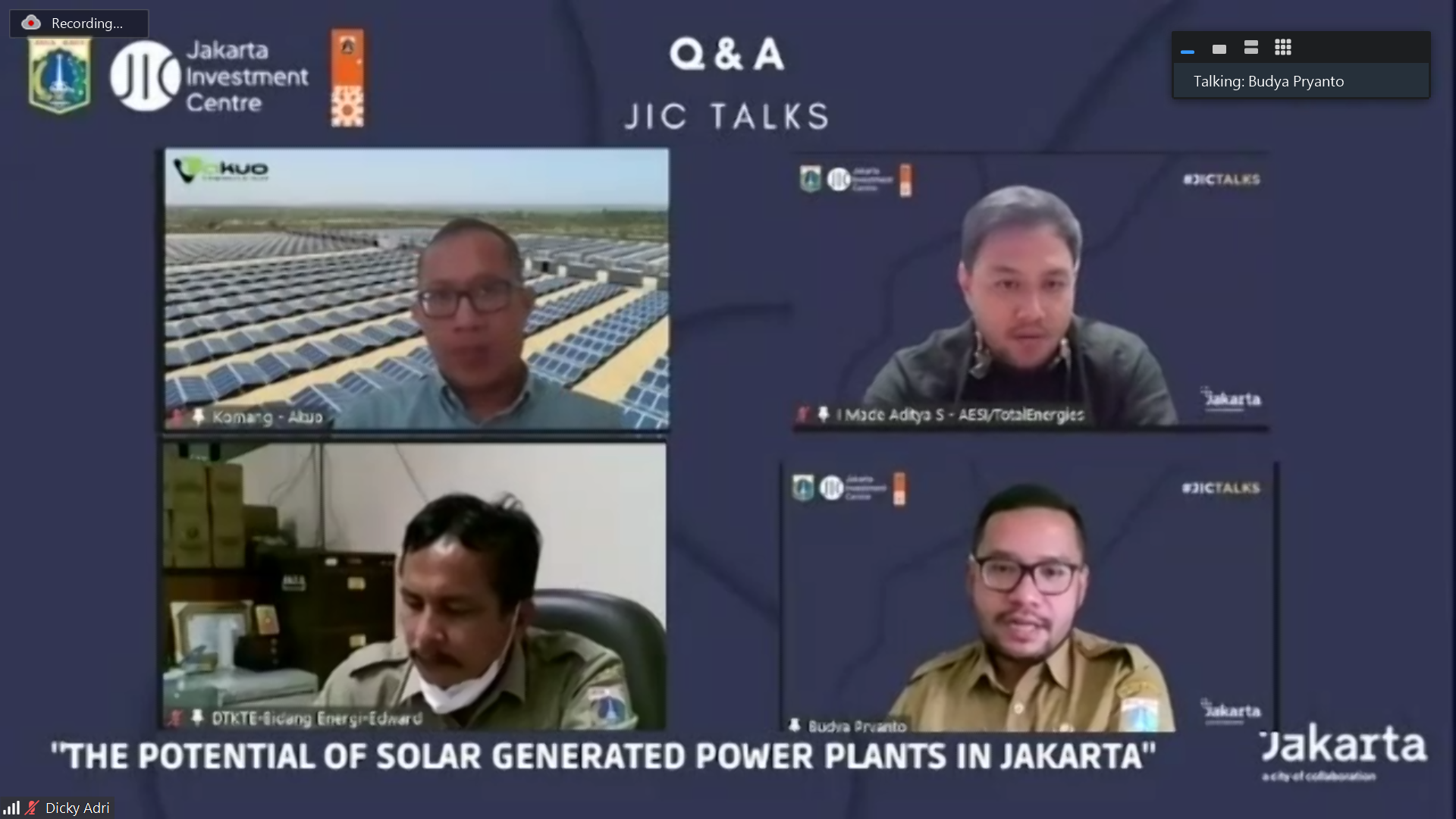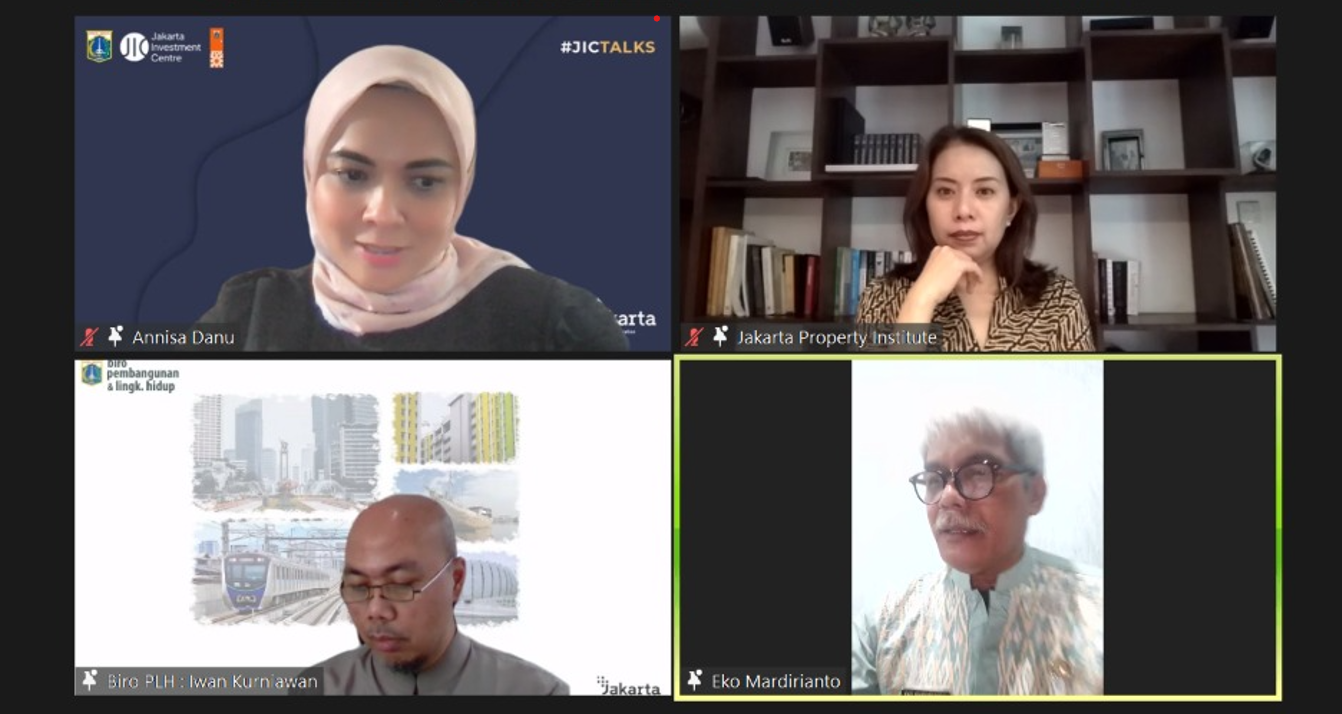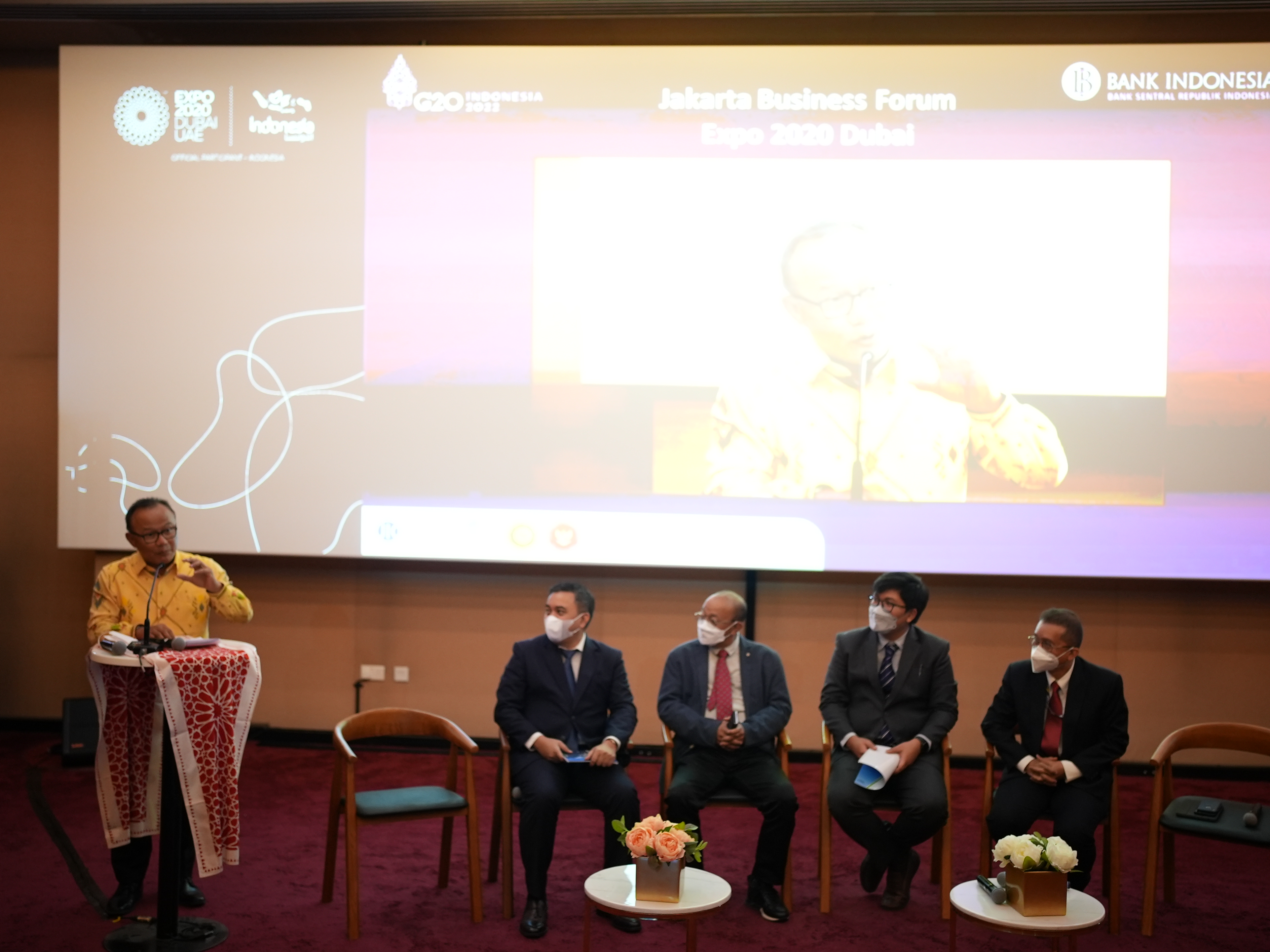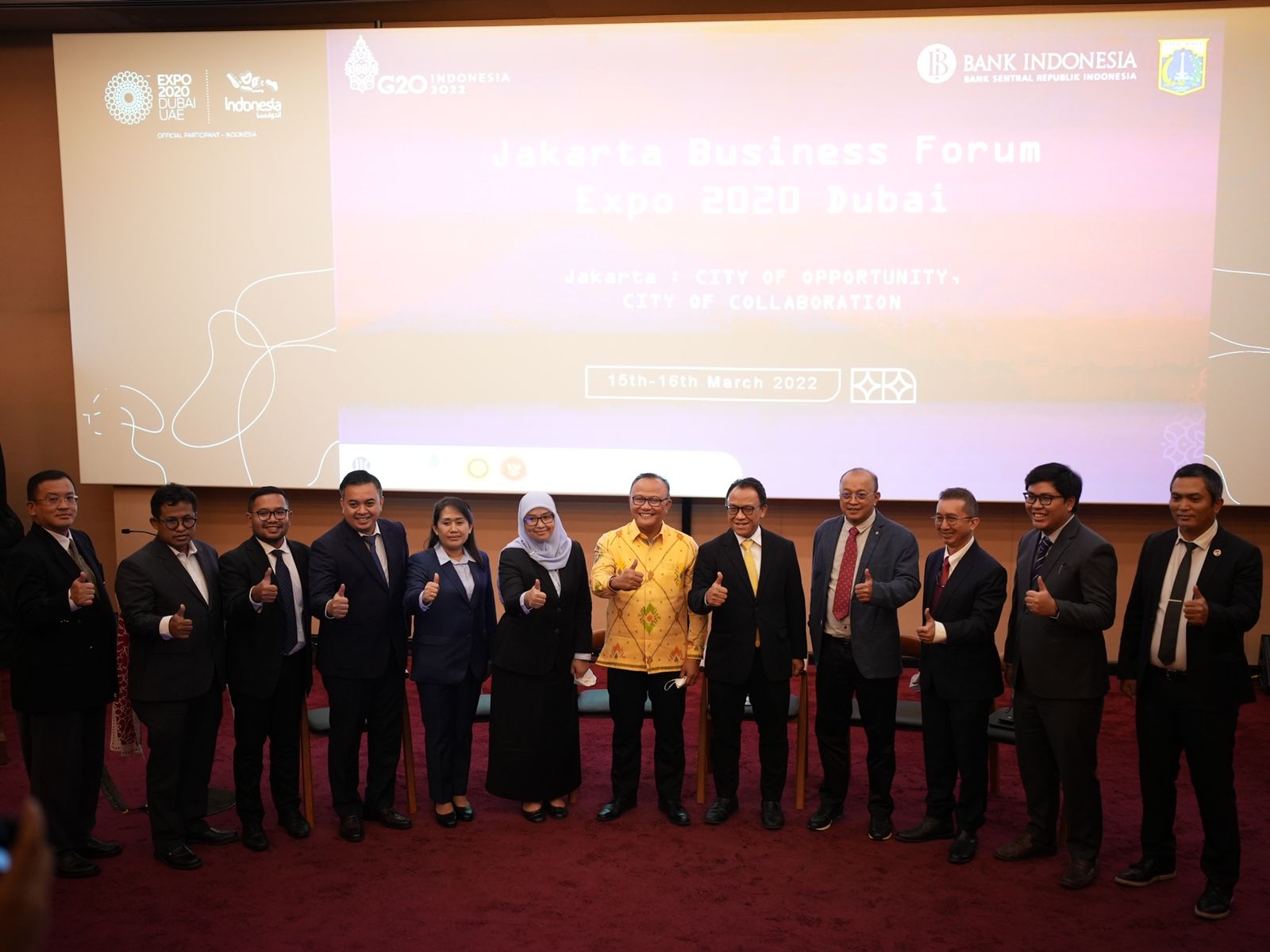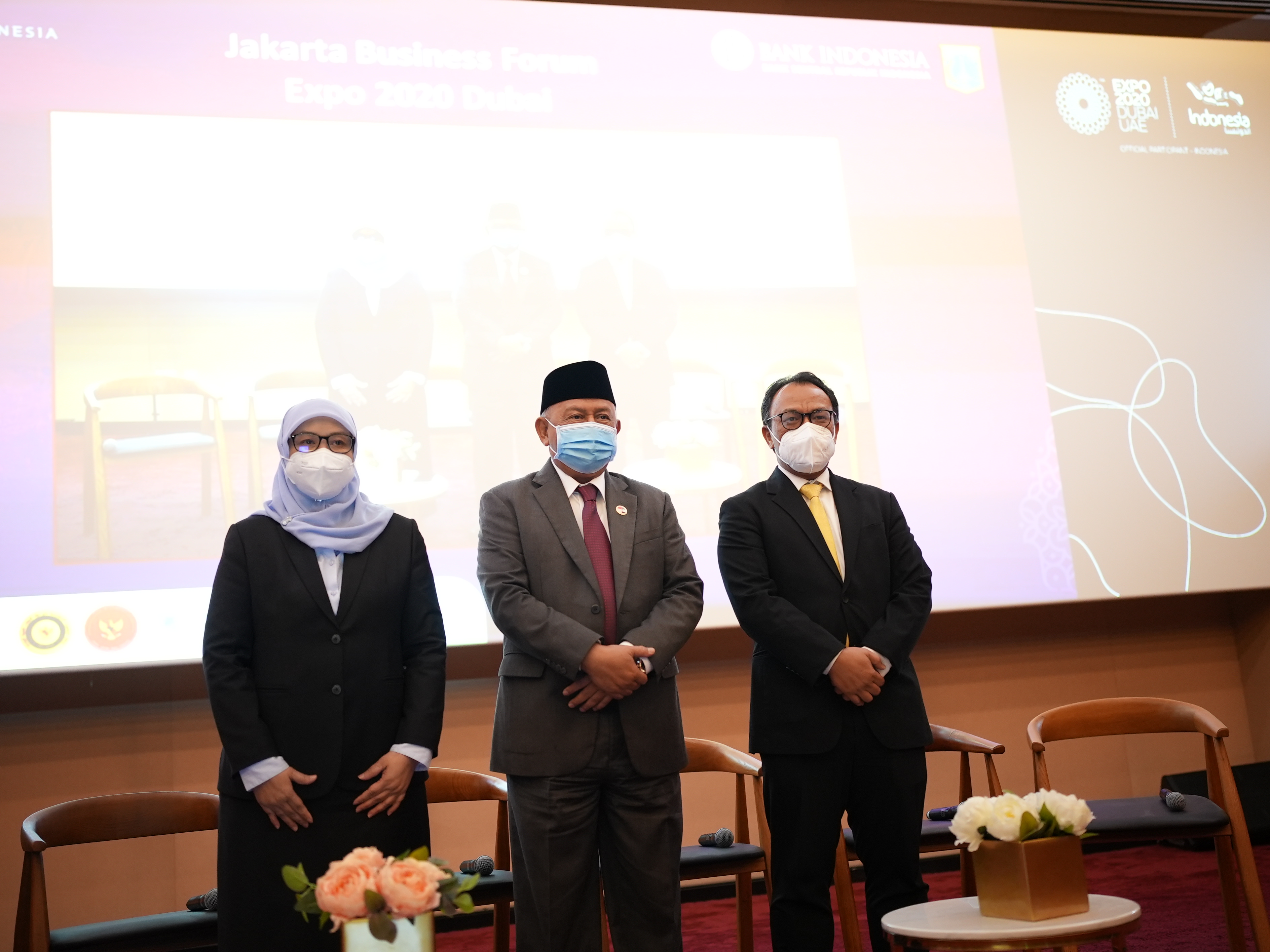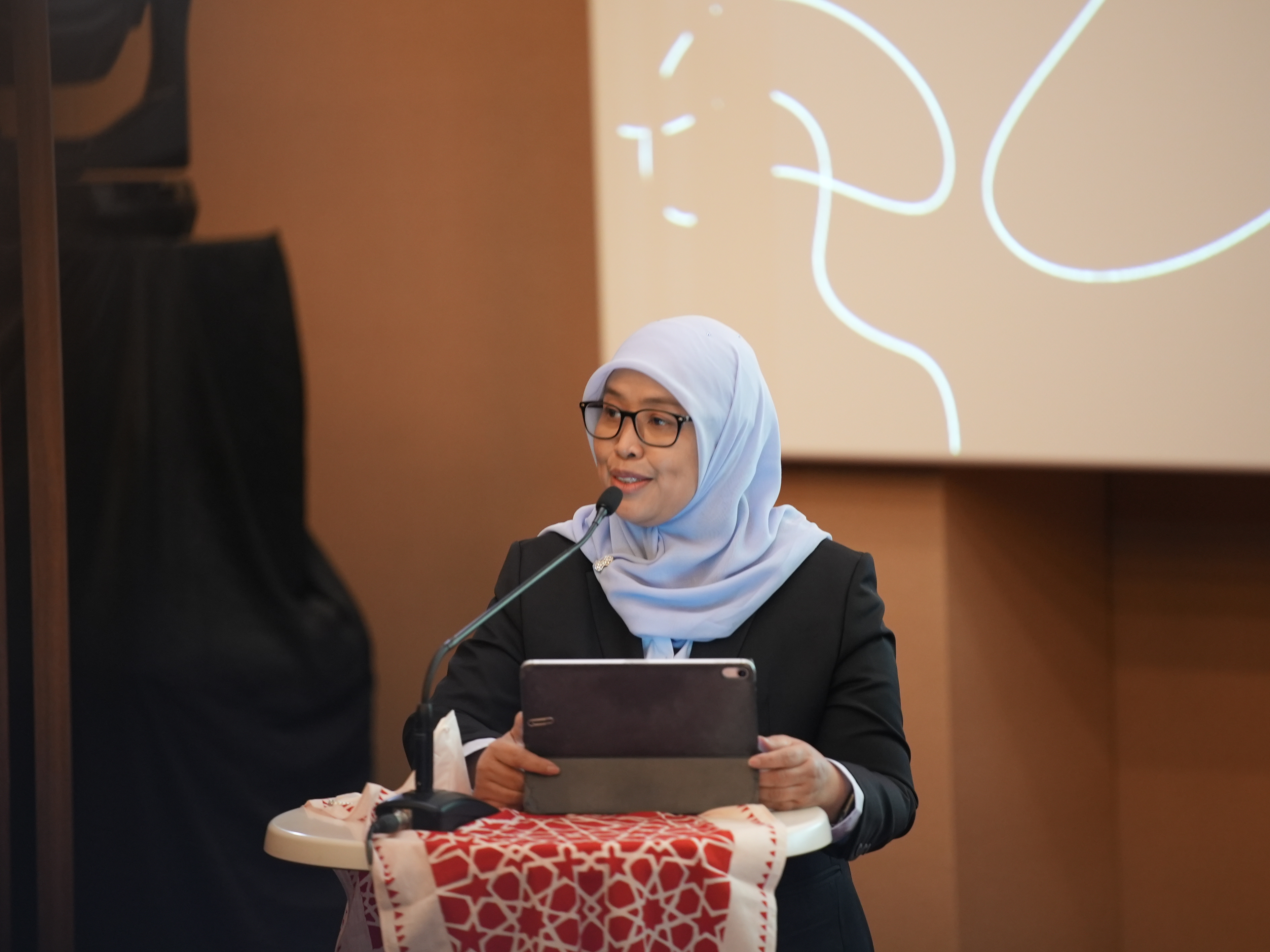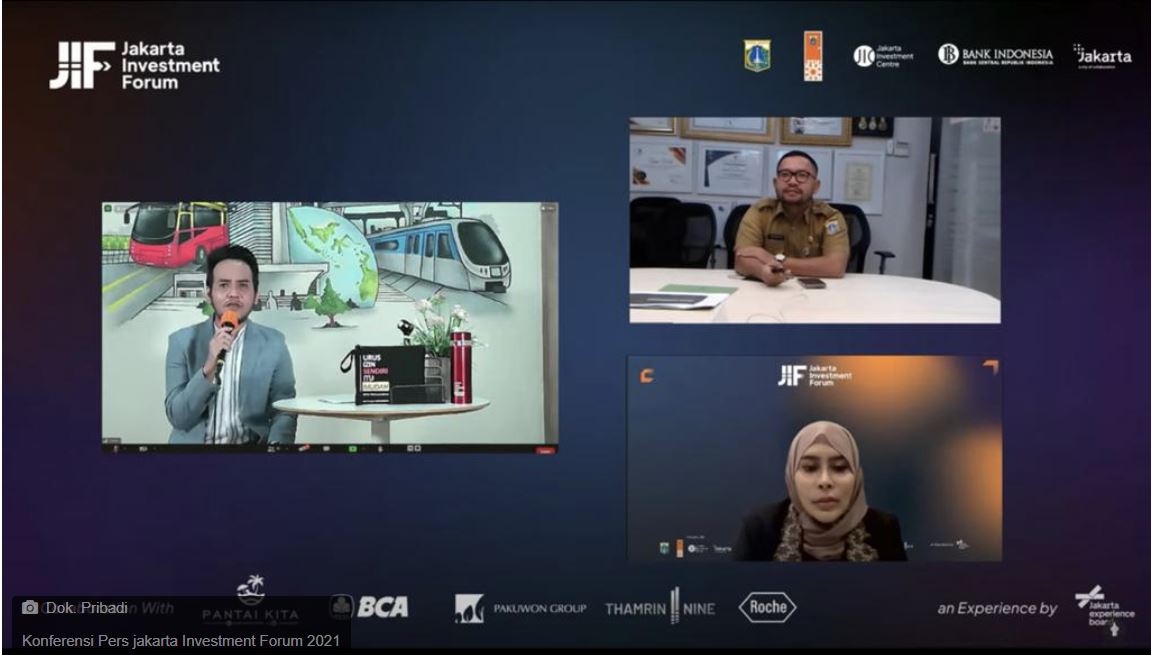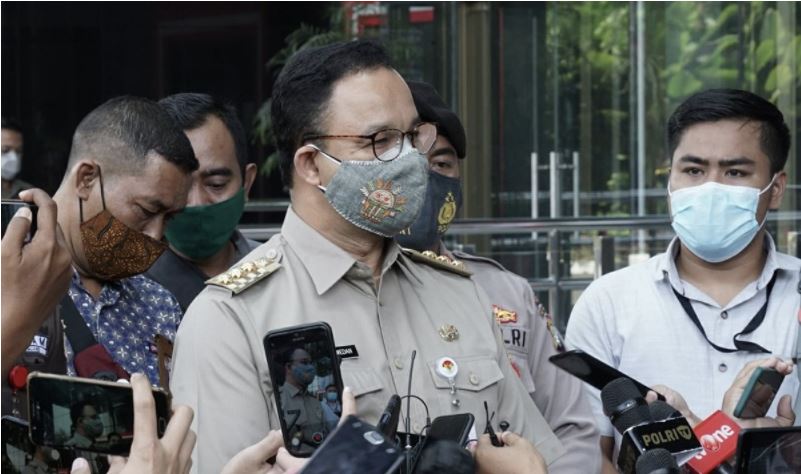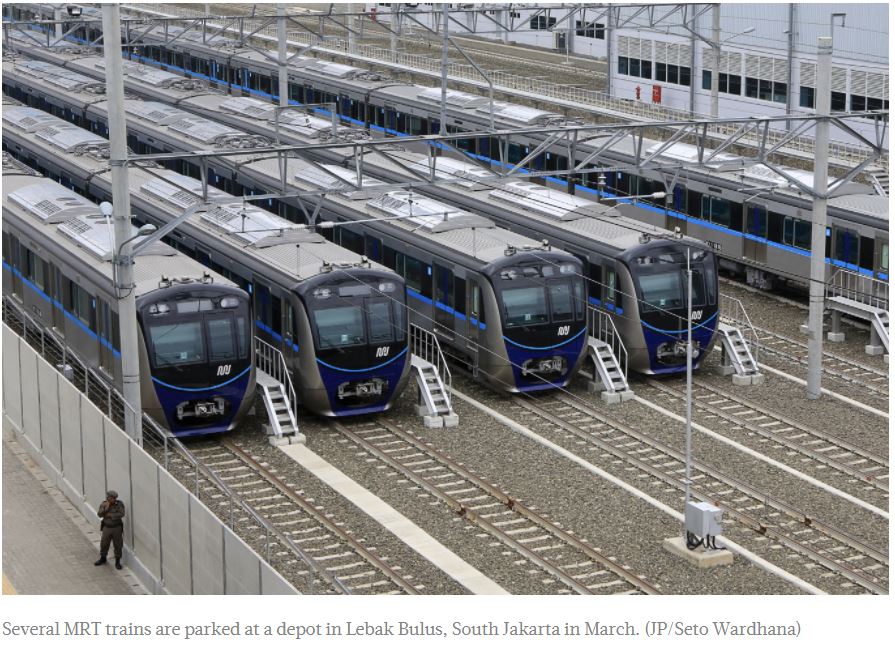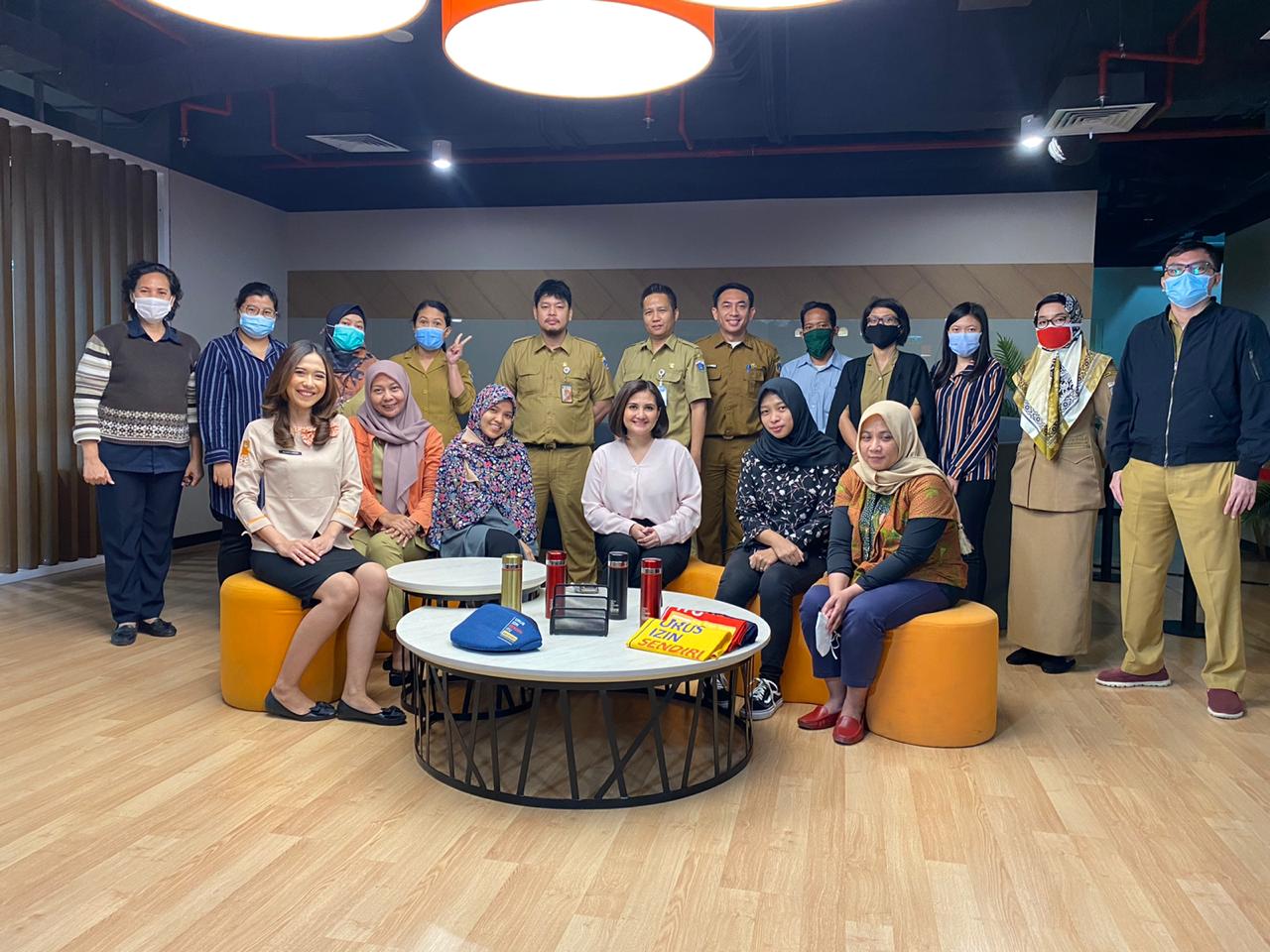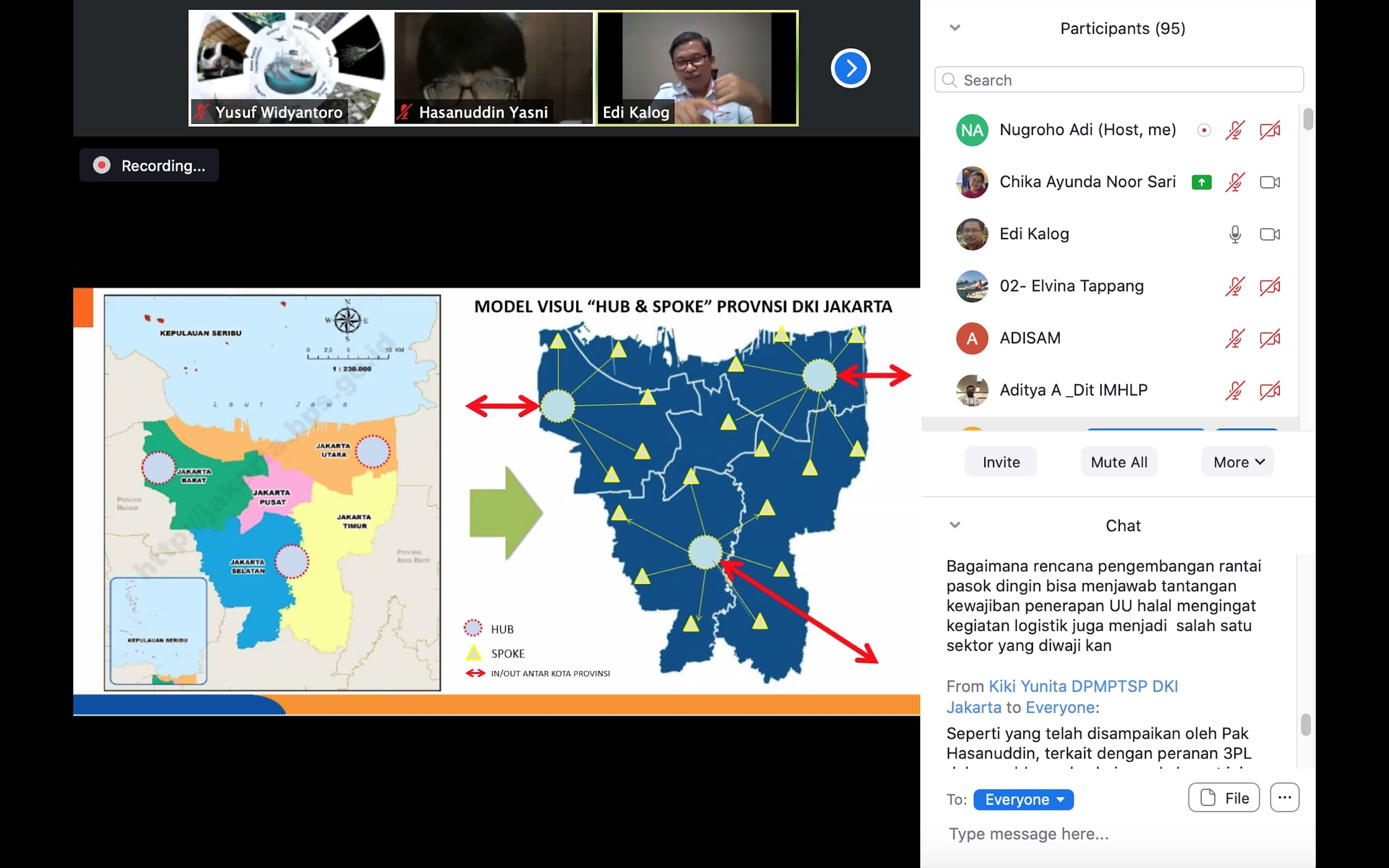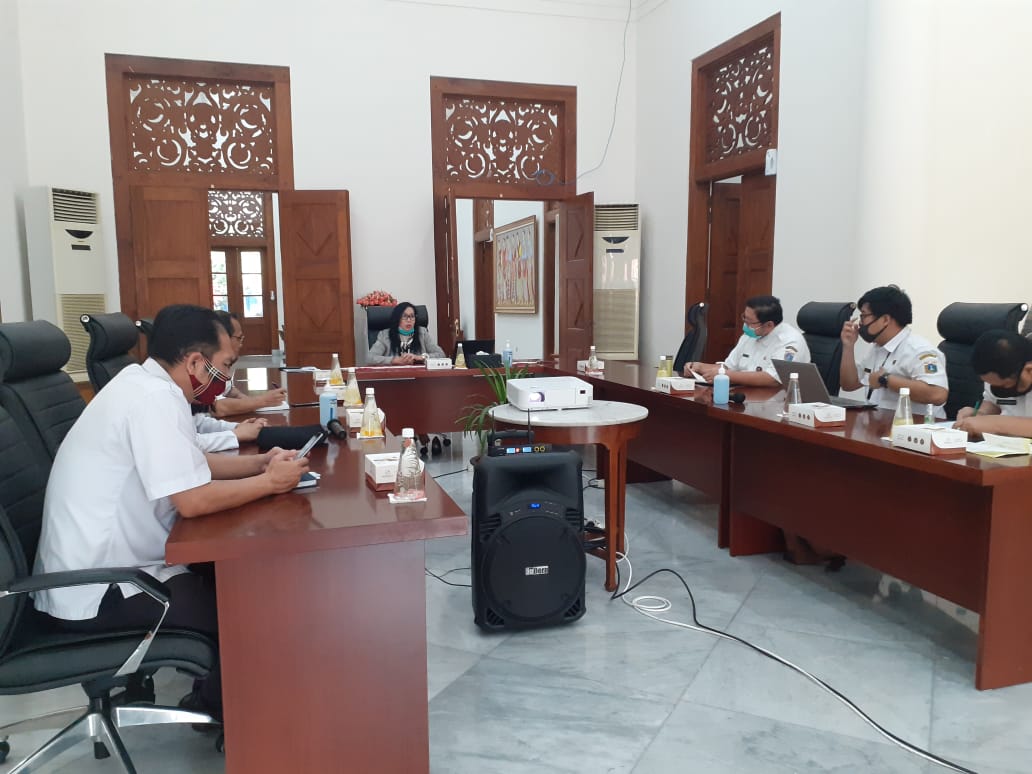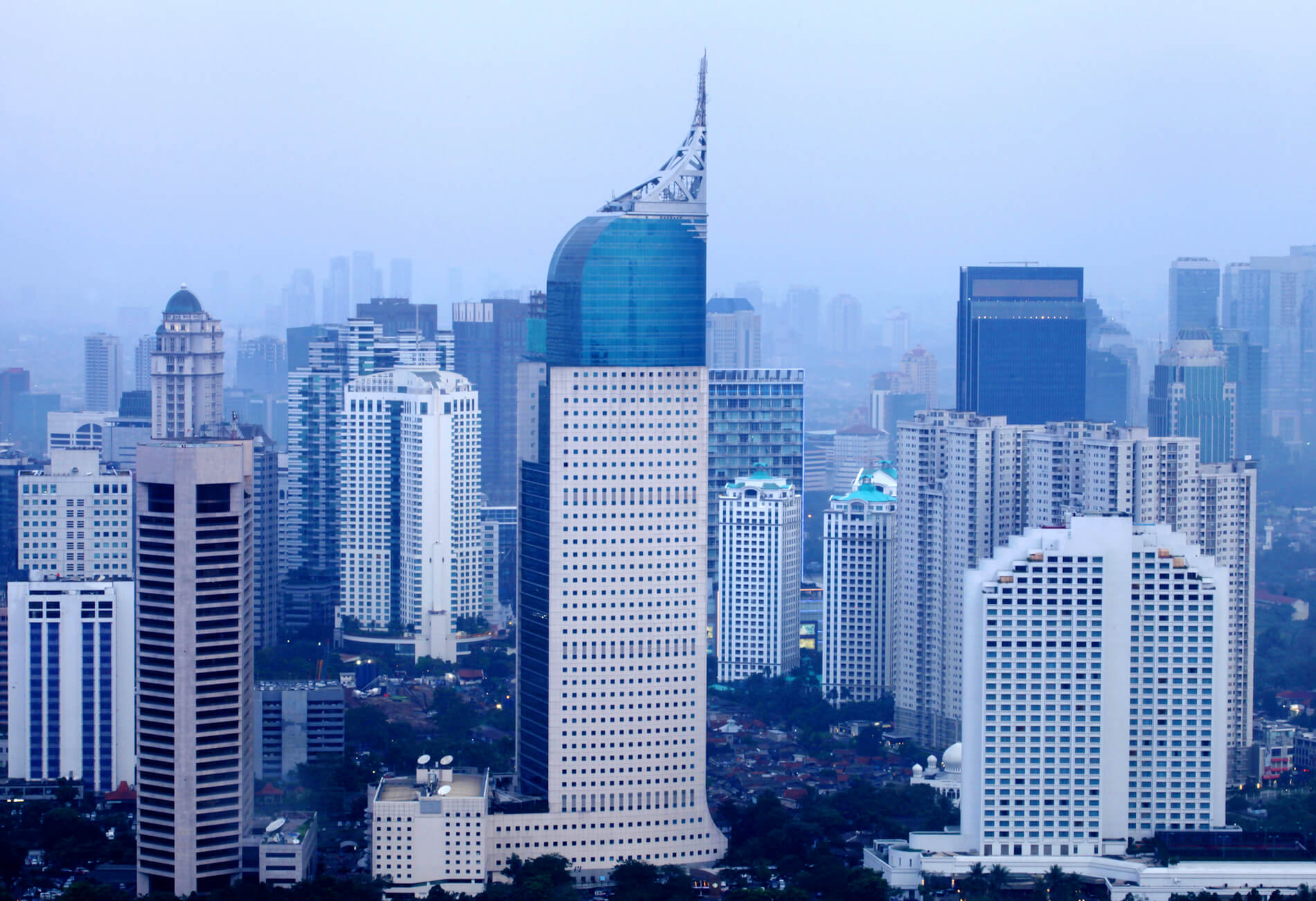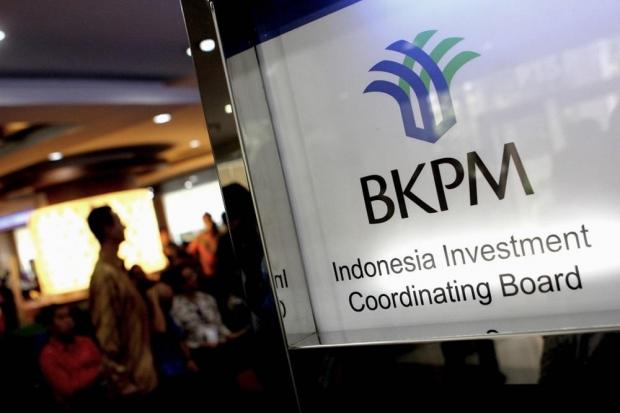Carbon Storage in Jakarta: The Economic Potential
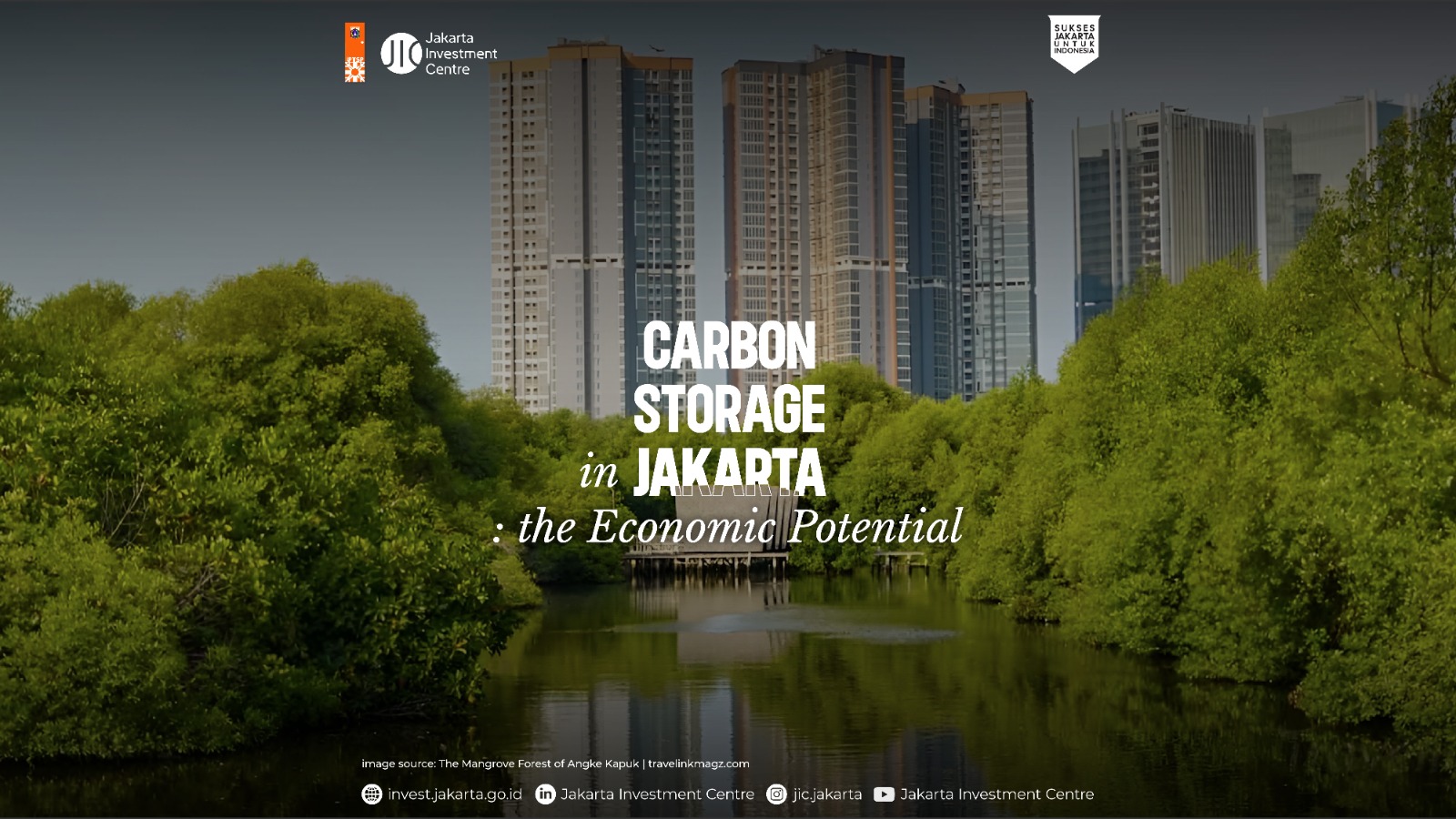
As a province with dense urban areas and high reliance on business and service sectors, Jakarta seems to have small carbon potential compared to other provinces in Indonesia. Unlike other Indonesian provinces that have forest coverage and even various types of carbon storage, Jakarta does not have such significant areas. Nevertheless, Jakarta still has carbon potential, either on land or in the ocean, that can be explored for its ecological and economical values.
Jakarta had a total woodland area of 182.54 hectares in 2016, according to statistics from BPS-Statistics Indonesia. Furthermore, as per the data provided by the Jakarta Environmental Agency, the Governor of Jakarta officially acknowledged 149.76 hectares of urban woodlands. The area of urban forest is spread across the regions of Jakarta with dominance in East Jakarta and South Jakarta. The two regions make up almost three-quarters of the total area of urban forests in Jakarta, with an area of 73.24 ha for East Jakarta and 62.27 ha for South Jakarta. North Jakarta and West Jakarta come afterwards with an area of 28.06 ha and 17.89 ha respectively. Central Jakarta has the smallest area with 1.08 ha.
The Urban Forests in Jakarta based on the Government Regulation
|
No |
Name of Urban Forest |
Area |
Location |
Owner |
|
1 |
Masjid Istiqlal |
1.08 ha |
Central Jakarta |
Manajemen Masjid Istiqlal |
|
2 |
Waduk Danau Sunter |
8.2 ha |
North Jakarta |
The Government of Jakarta |
|
3 |
Kanal Banjir Barat |
2.49 ha |
North Jakarta |
PT Jakarta Propertindo |
|
4 |
Kawasan Berikat Nusantara Marunda |
1.59 |
North Jakarta |
Kawasan Berikat Nusantara |
|
5 |
Kemayoran |
4.6 ha |
North Jakarta |
Ministry of State Secretariat of the Republic of Indonesia |
|
6 |
Srengseng |
15 ha |
West Jakarta |
The Government of Jakarta |
|
7 |
PT JIEP Pulogadung |
8.9 ha |
East Jakarta |
PT JIEP |
|
8 |
Perkemahan Cibubur |
27.32 |
East Jakarta |
Kwartir Nasional Gerakan Pramuka |
|
9 |
Situ Rawa Dongkal |
3.28 ha |
East Jakarta |
The Government of Jakarta |
|
10 |
Komplek Kopassus Cijantung |
1.75 ha |
East Jakarta |
Kopassus |
|
11 |
Markas Besar TNI Cilangkap |
14.43 |
East Jakarta |
Markas Besar TNI |
|
12 |
Komplek Landasan Udara Halim Perdana Kusuma |
3.5 ha |
East Jakarta |
TNI Angkatan Udara |
|
13 |
Universitas Indonesia |
55.4 ha |
South Jakarta |
Universitas Indonesia |
|
14 |
Blok P Walikota Jakarta Selatan |
1.64 ha |
South Jakarta |
The Government of Jakarta |
The existence of urban forests in Jakarta has a potential to absorb carbon emission, which is relevant to environment protection and, specifically, climate action. Besides, it also has a potential for carbon trading that can bring economic value for the region. However, it is not easy to map out urban forest Green House Gases (GHG) uptake since not all urban forests, like those in Jakarta, have conducted tree censuses. Nevertheless, it is still possible to calculate the CO2 absorption of urban forests through various means and carbon calculation methods.
Complementing the urban forest carbon absorption, Jakarta also showcases significant potential in blue carbon storage. Blue carbon, the organic carbon captured and stored by marine and coastal ecosystems such as mangroves, tidal swamps, and seagrass beds, is notable for its efficiency in absorbing CO2, often surpassing that of terrestrial forests. These mangrove forests not only contribute to carbon absorption but also play a critical role in supporting coastal ecosystems. Additionally, they align with nature-based solutions (NBs), which leverage natural resources to address environmental and societal challenges, promoting ecosystem protection and restoration.
The Mangrove Forest of Angke Kapuk is one of the mangrove forests in Jakarta. It has a total area of 203.11 ha with the total standing and tree root carbon reserves of 107.32 Mg/ha and 38.32 Mg/ha respectively. Additionally, Jakarta has other mangroves forests that spread across the Thousand Island region. Among them are those located in Harapan Island and Kelapa Island. Research revealed that the total carbon stock (aboveground, belowground, and soil) on Harapan and Kelapa Islands was 634.53 tonC/ha with an aboveground carbon value of 220.31 tonC/ha (biomass organic carbon value 46.88 tonC/ha), below-ground was 113.94 tonC/ha (biomass organic carbon value 28.5 tonC/ha), and soil carbon was 280.28 tonC/ha. Such blue carbon storage is worth developing and utilizing for the usage optimization of mangrove forests in Jakarta.
Both terrestrial and blue carbon potential are lucrative enough for a relatively small province like Jakarta that has high emission from transportation. Additionally, through the carbon trade concept, it does not only give ecological values but also economic values, especially the blue carbon. Moreover, there are still a number of unexplored mangrove forests in Jakarta in which their carbon storage has not been researched and estimated. Such unexplored sites need to be recorded regarding the vegetation, carbon storage, and carbon absorption. This should be done to optimize all mangrove areas in Jakarta for both ecological purposes and economic purposes.
